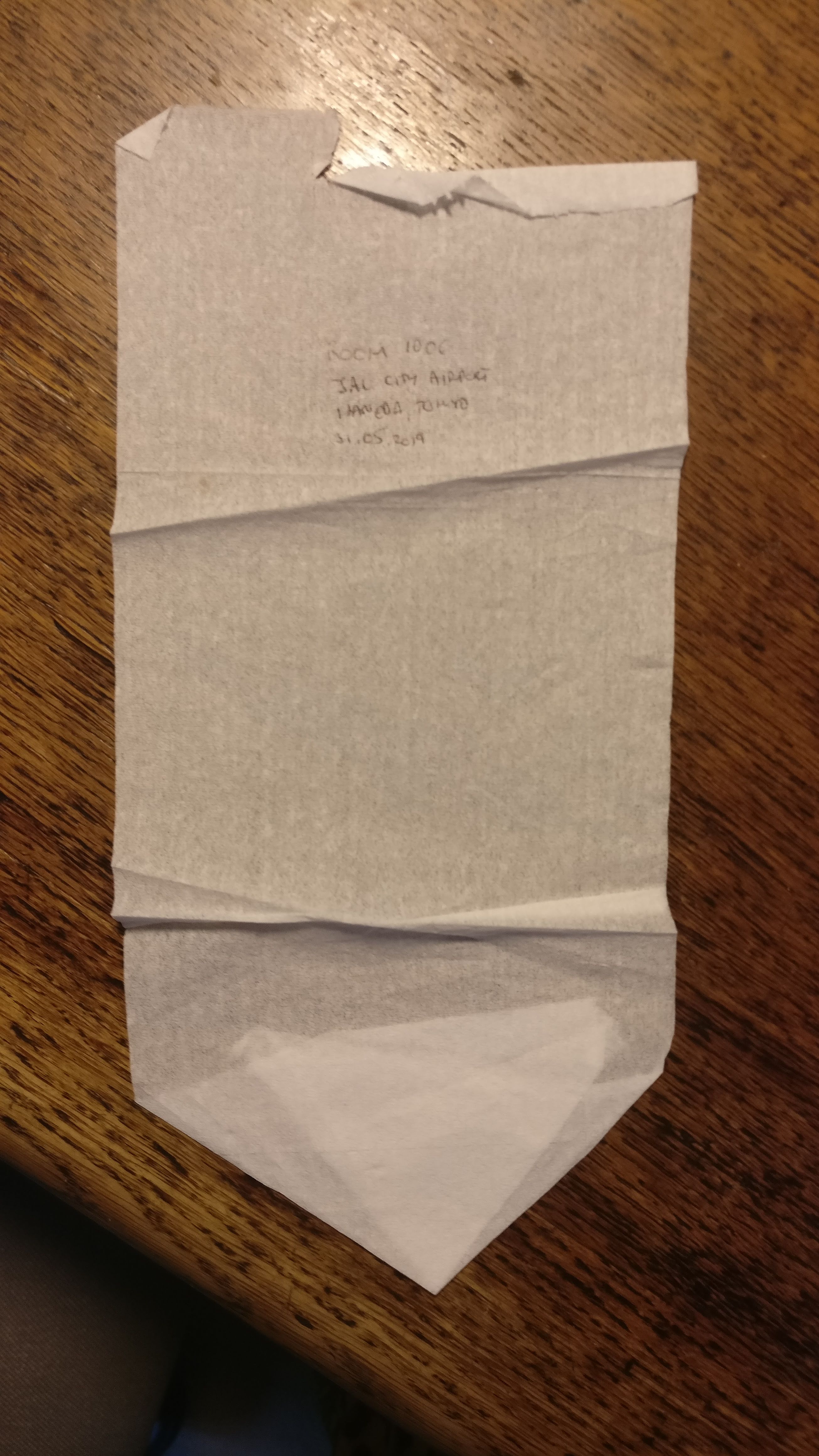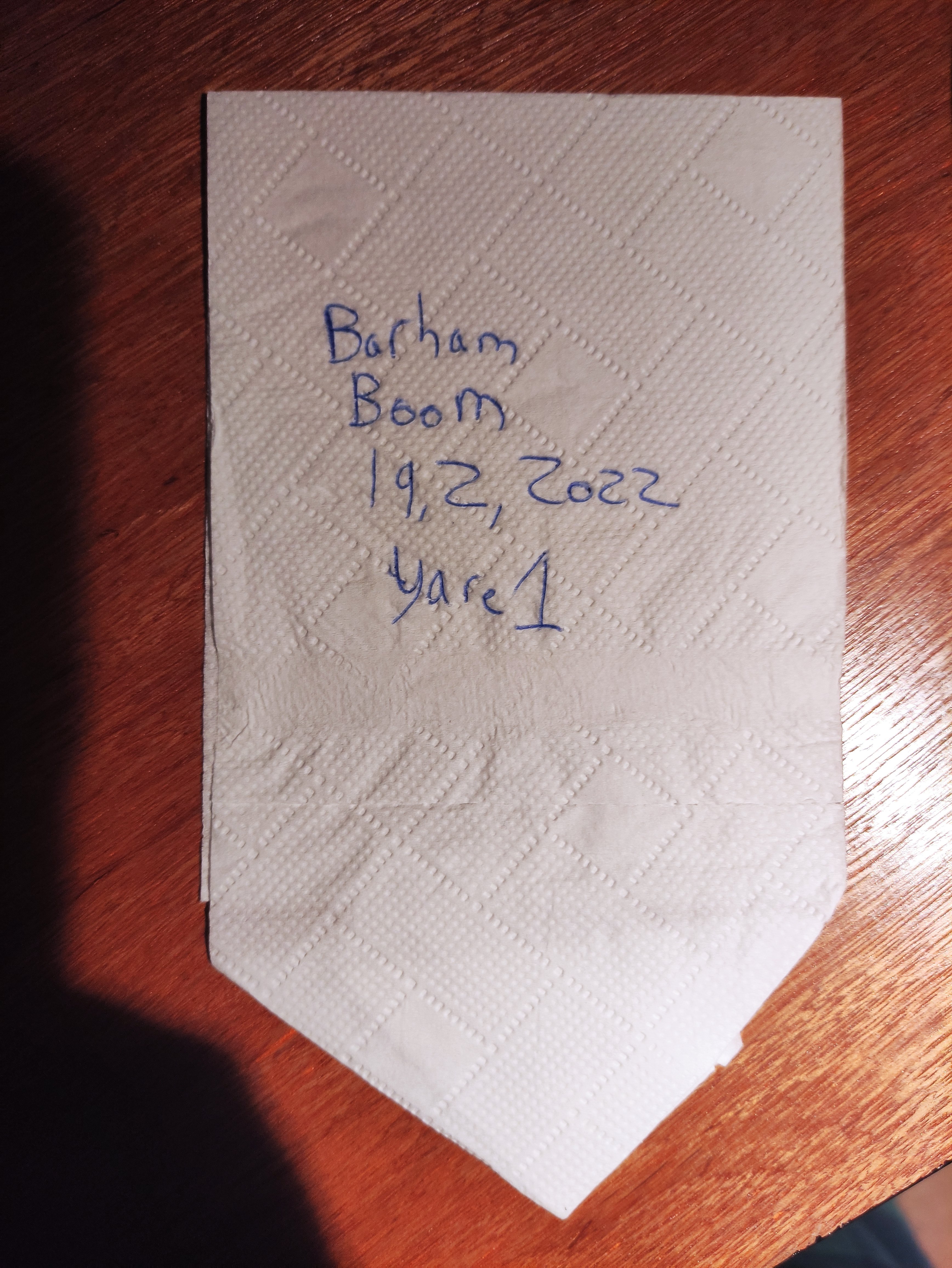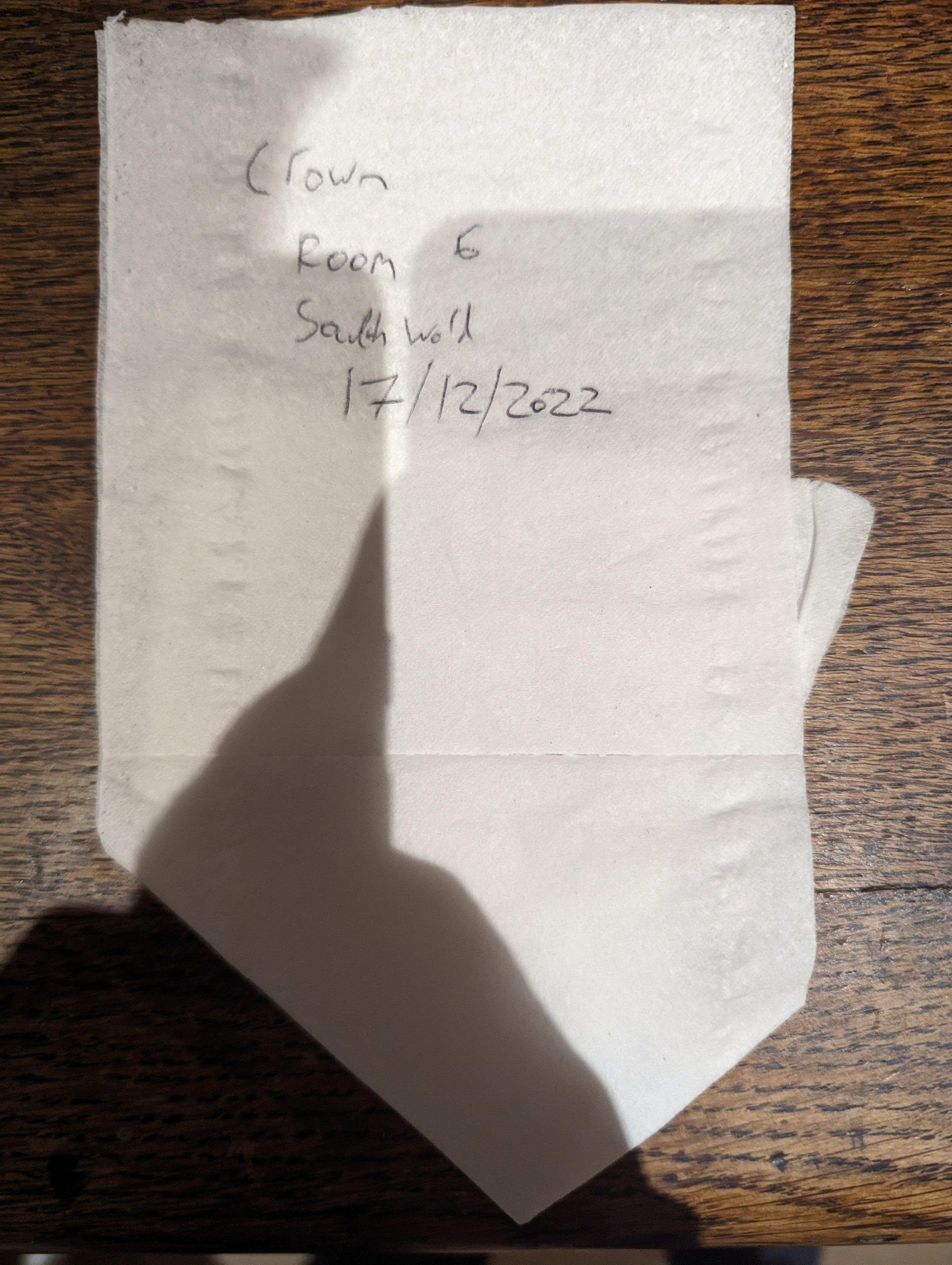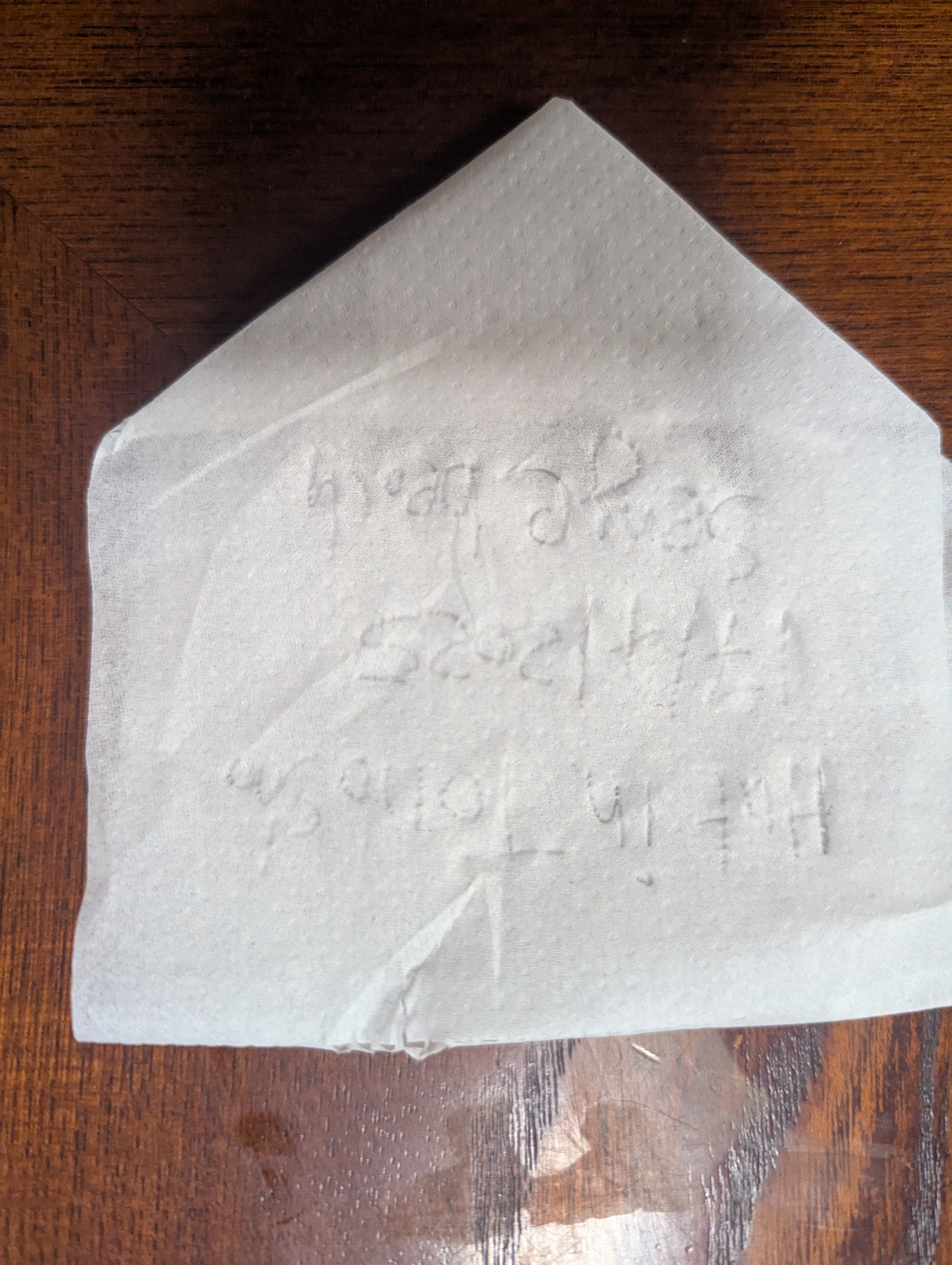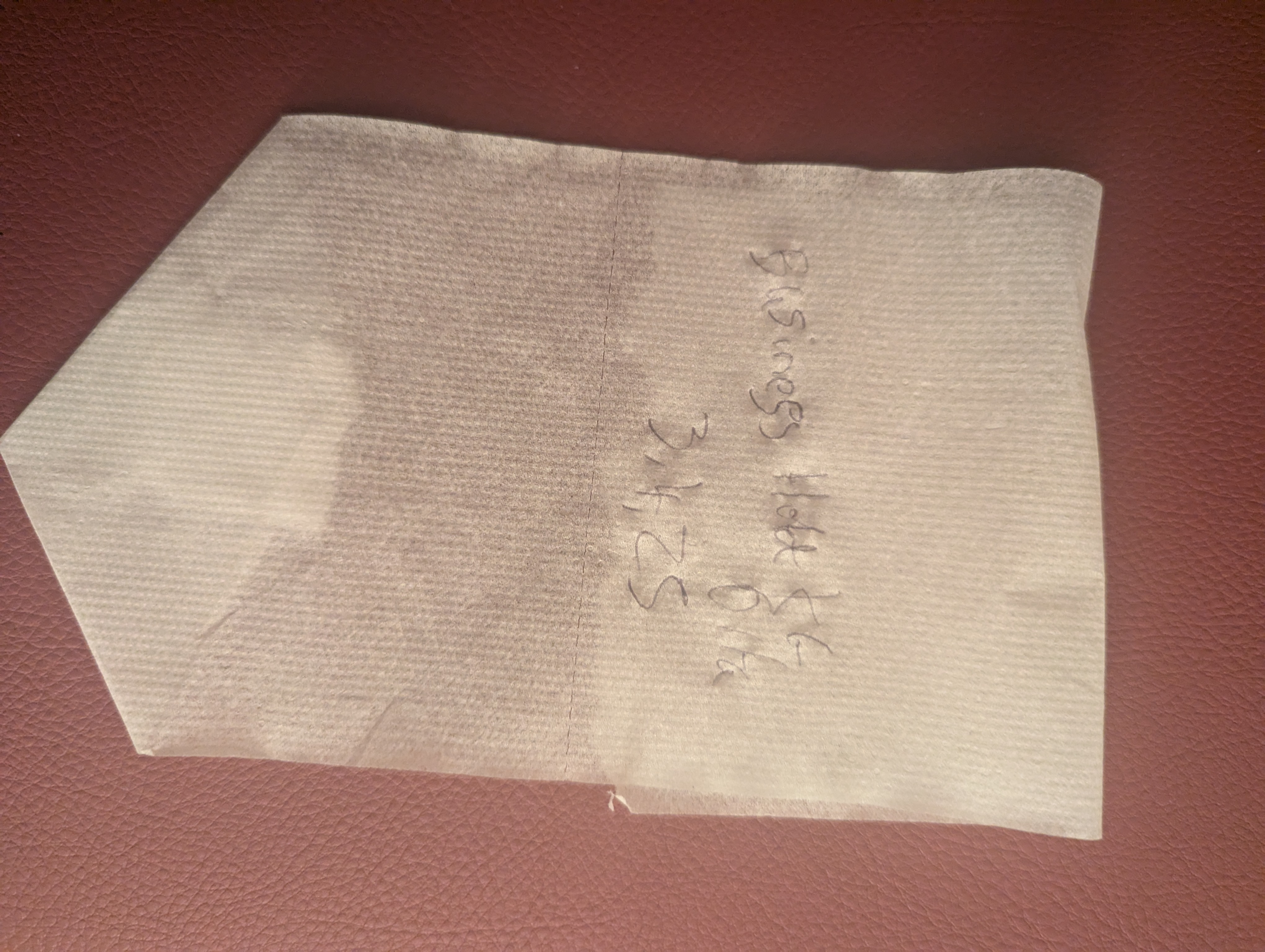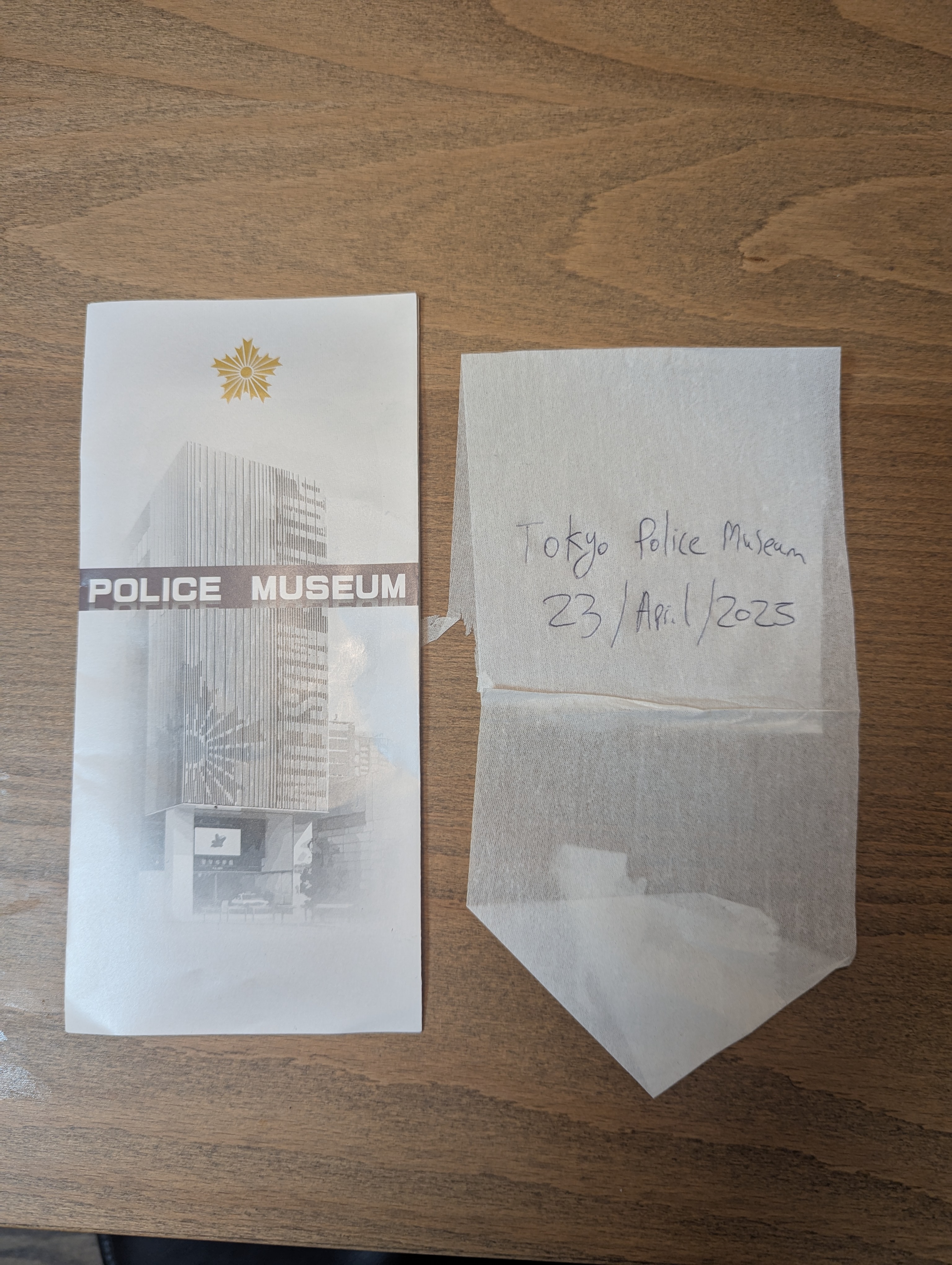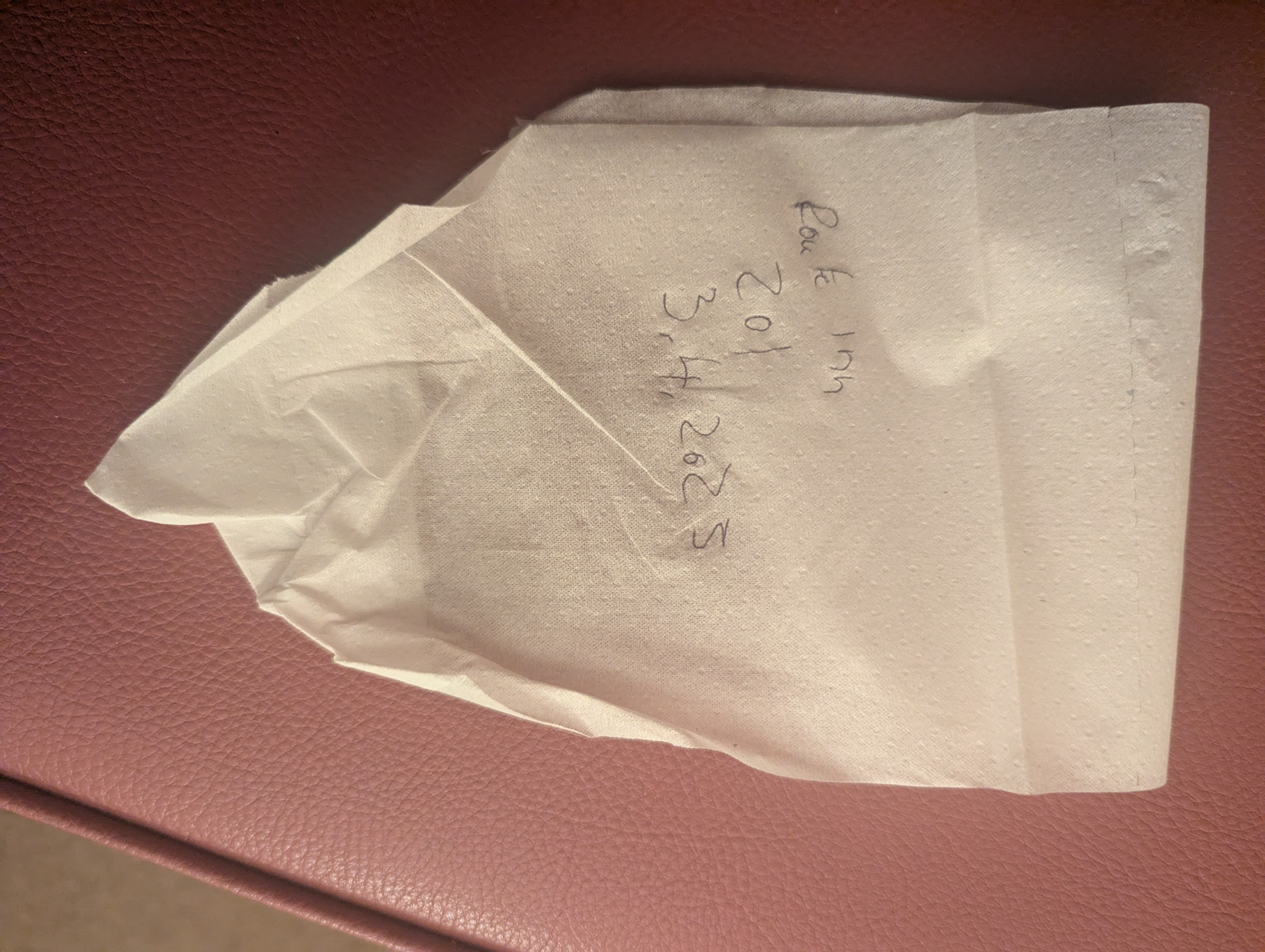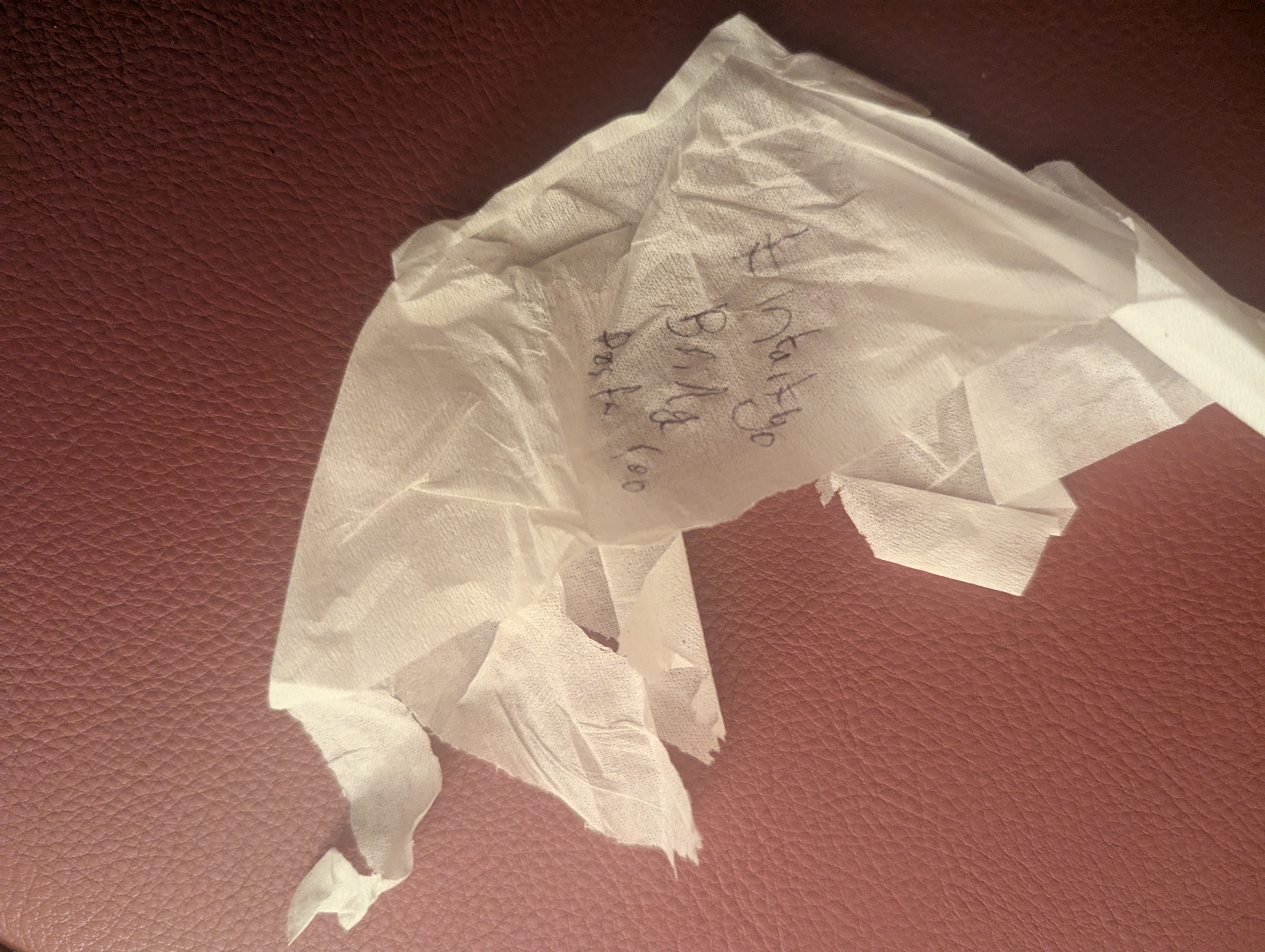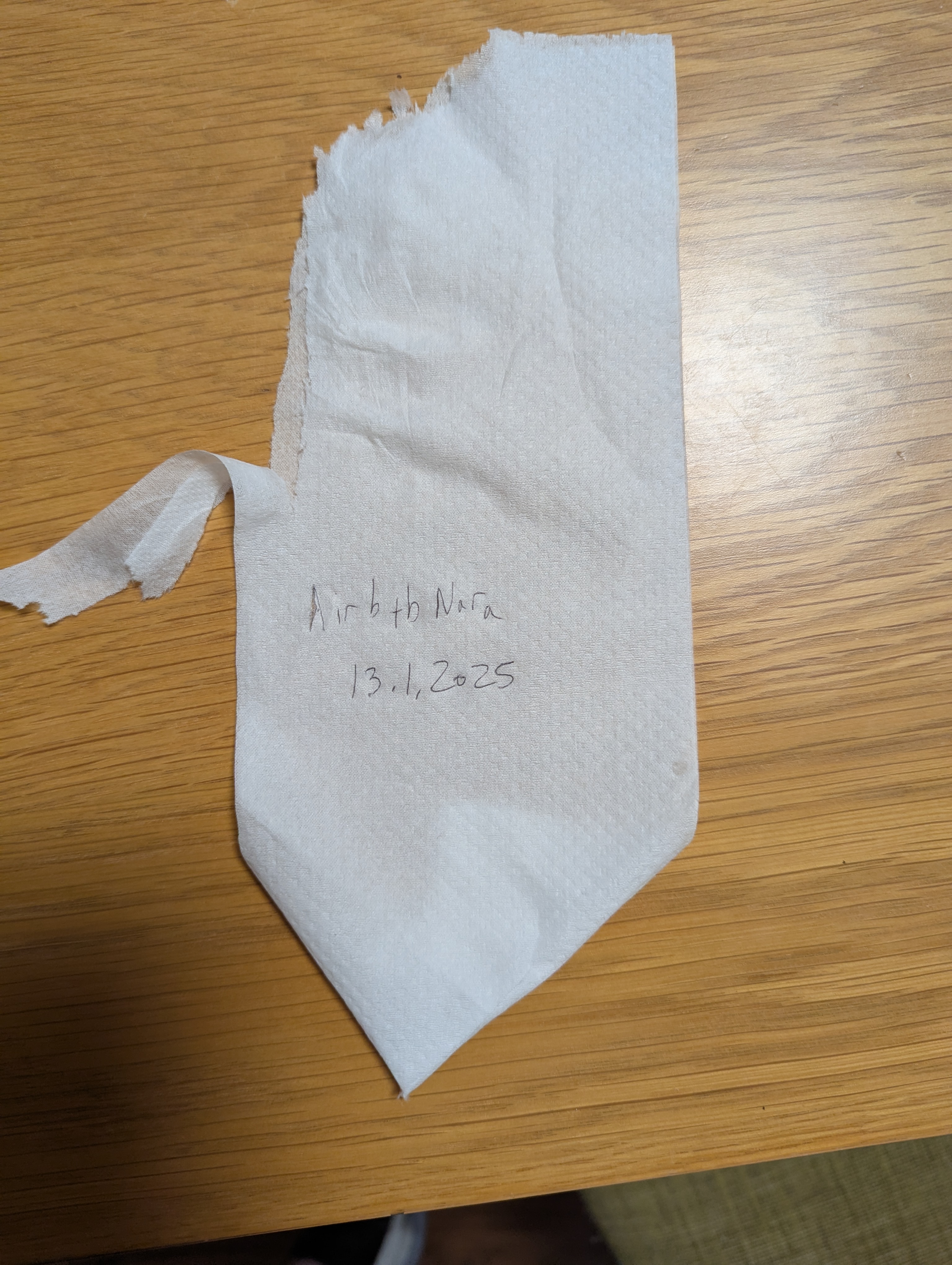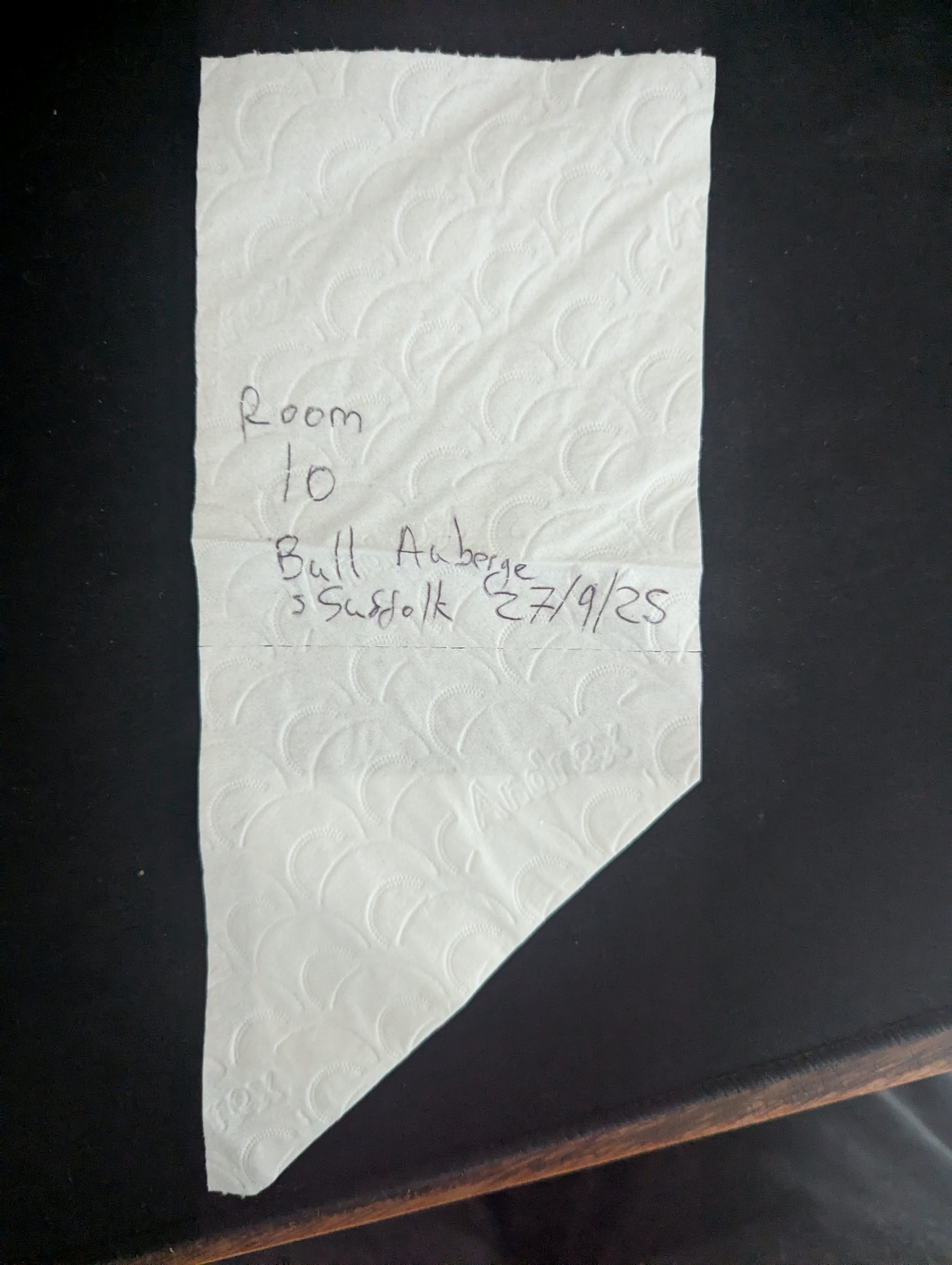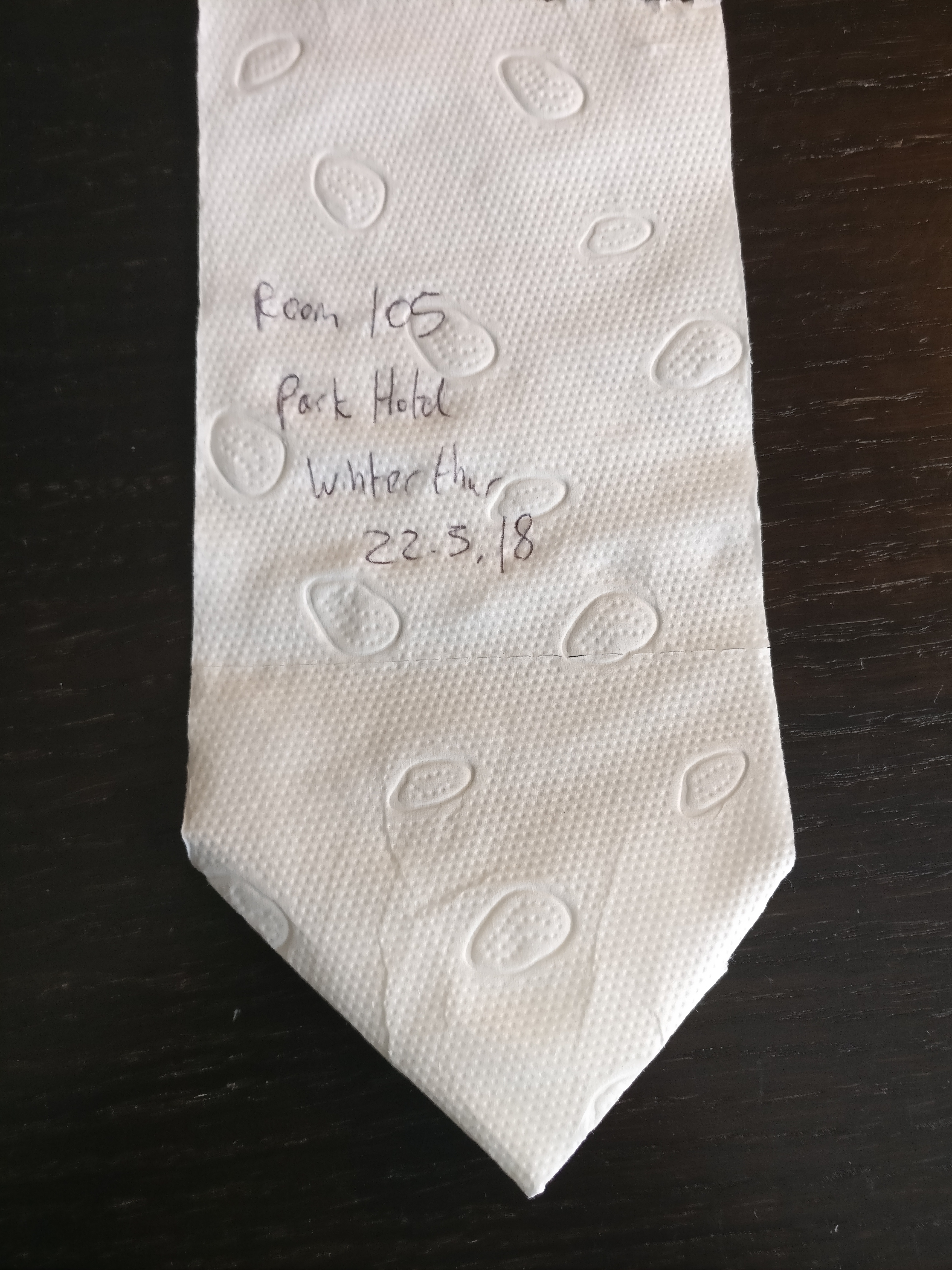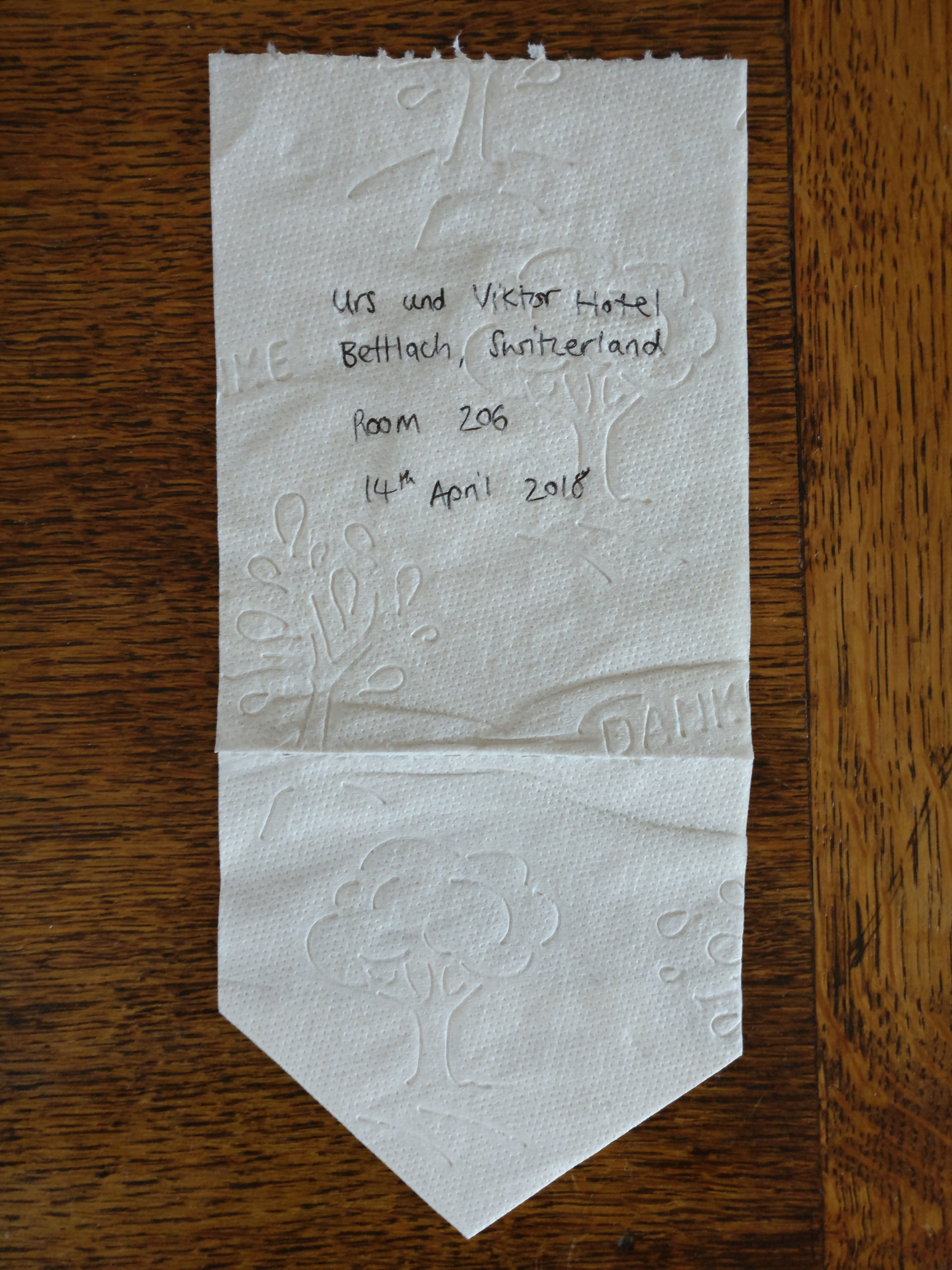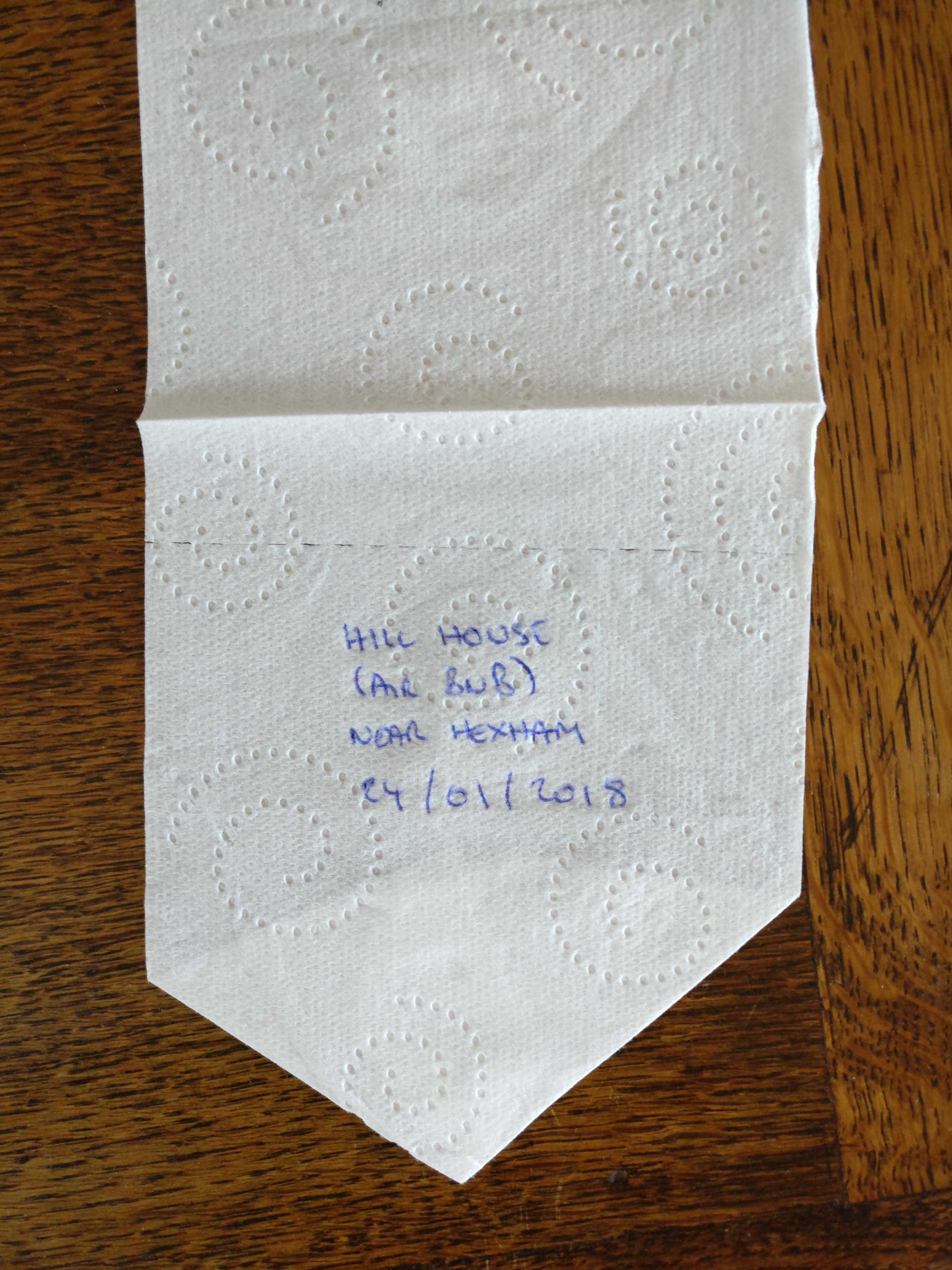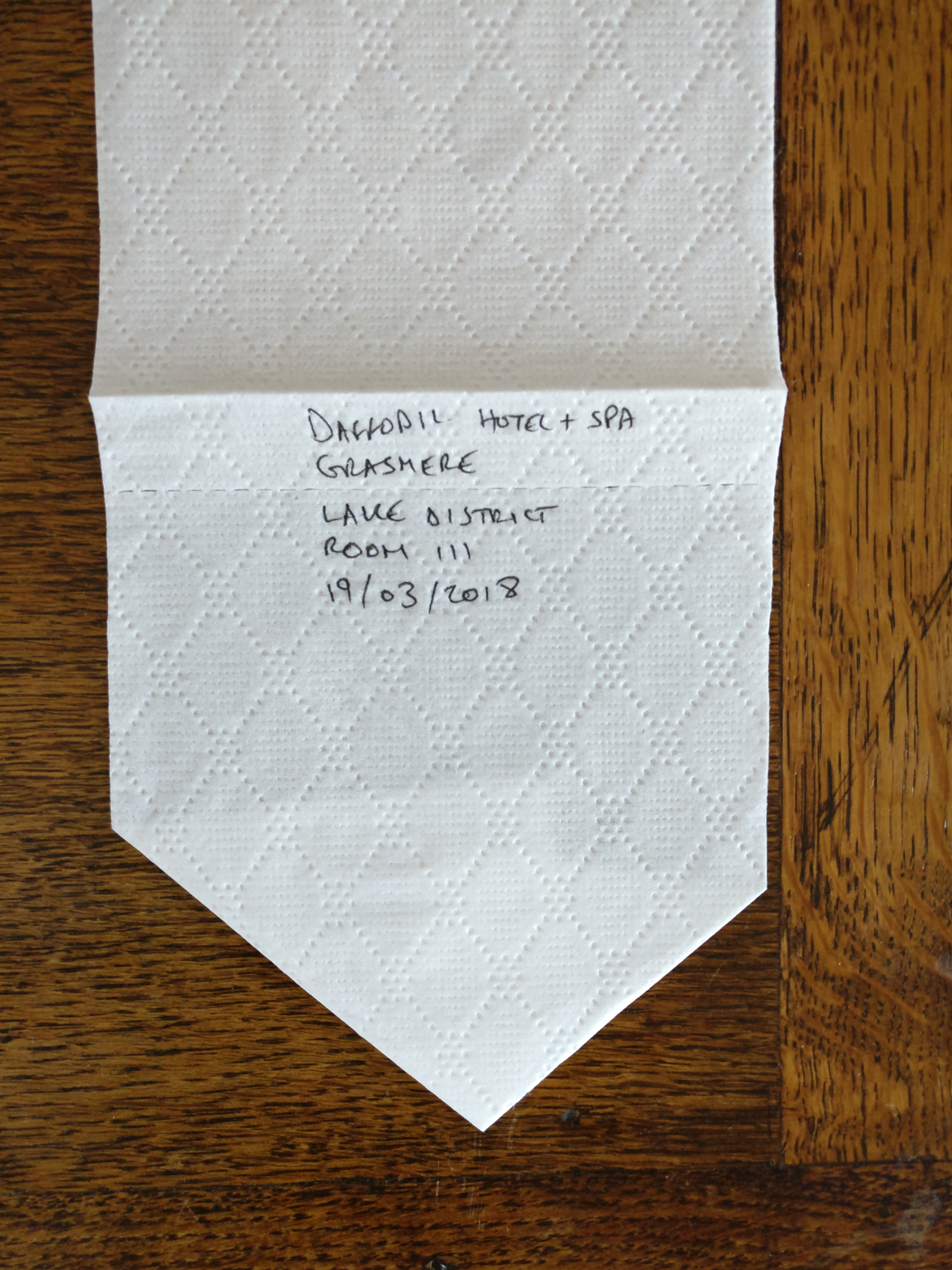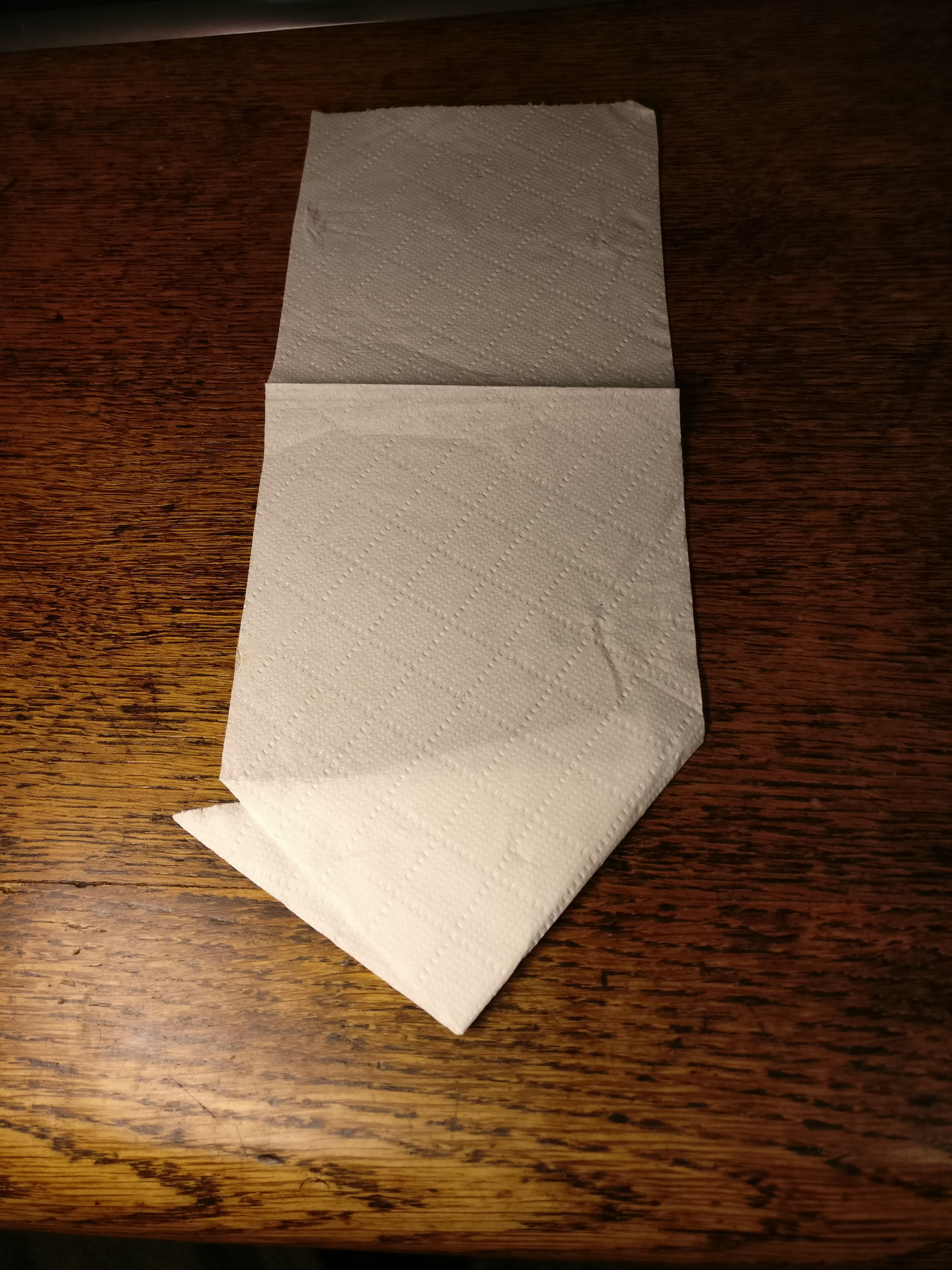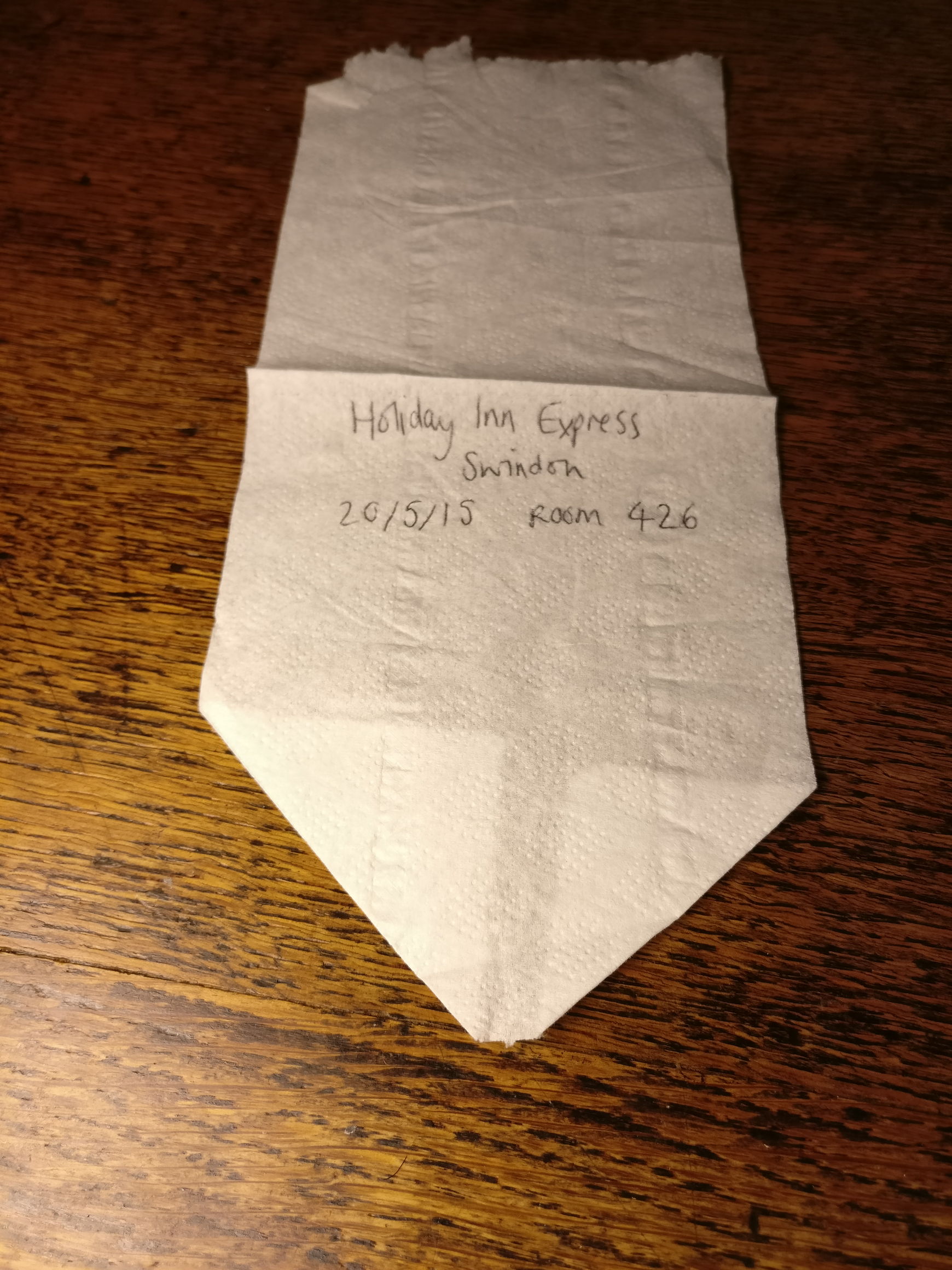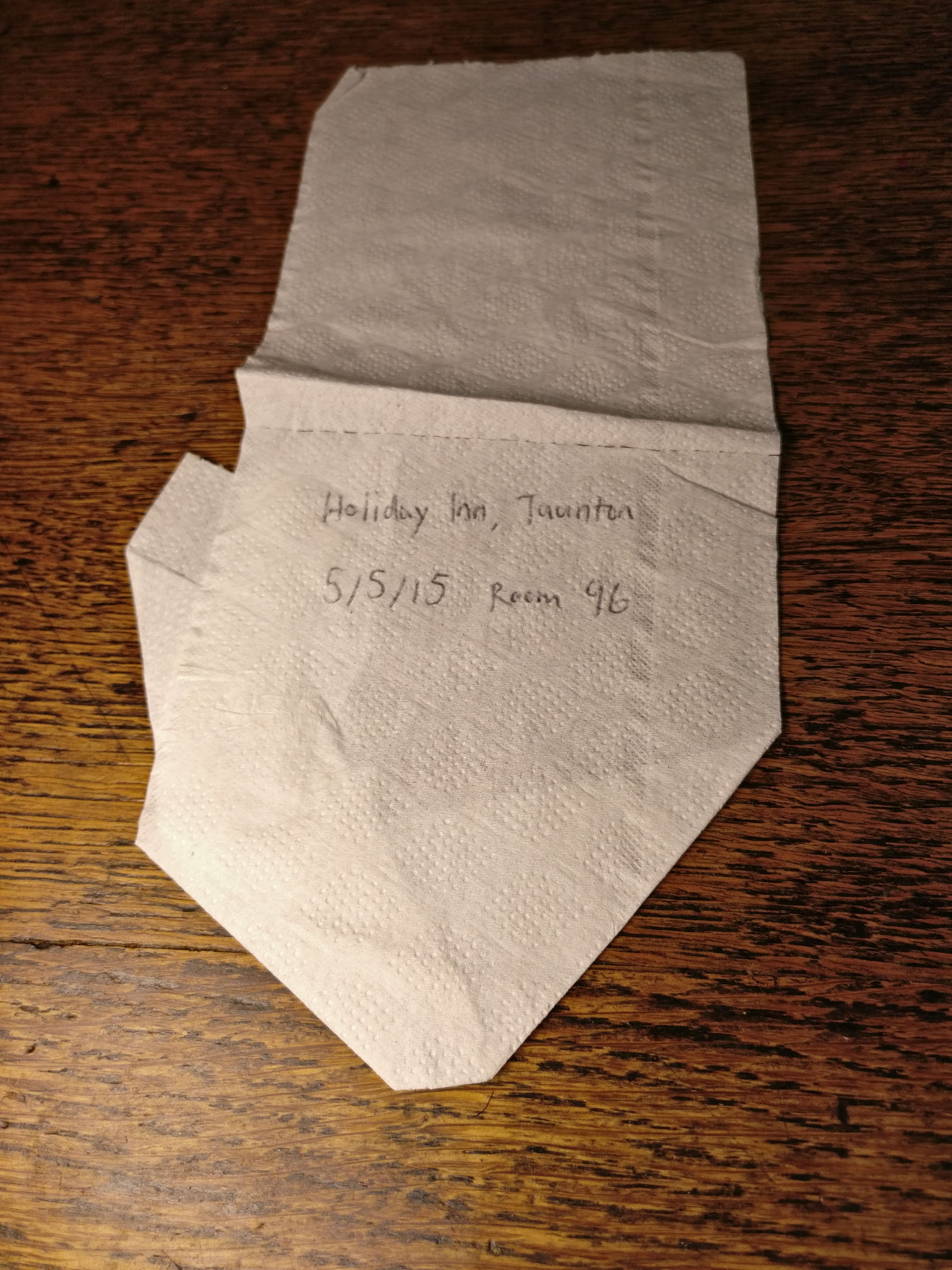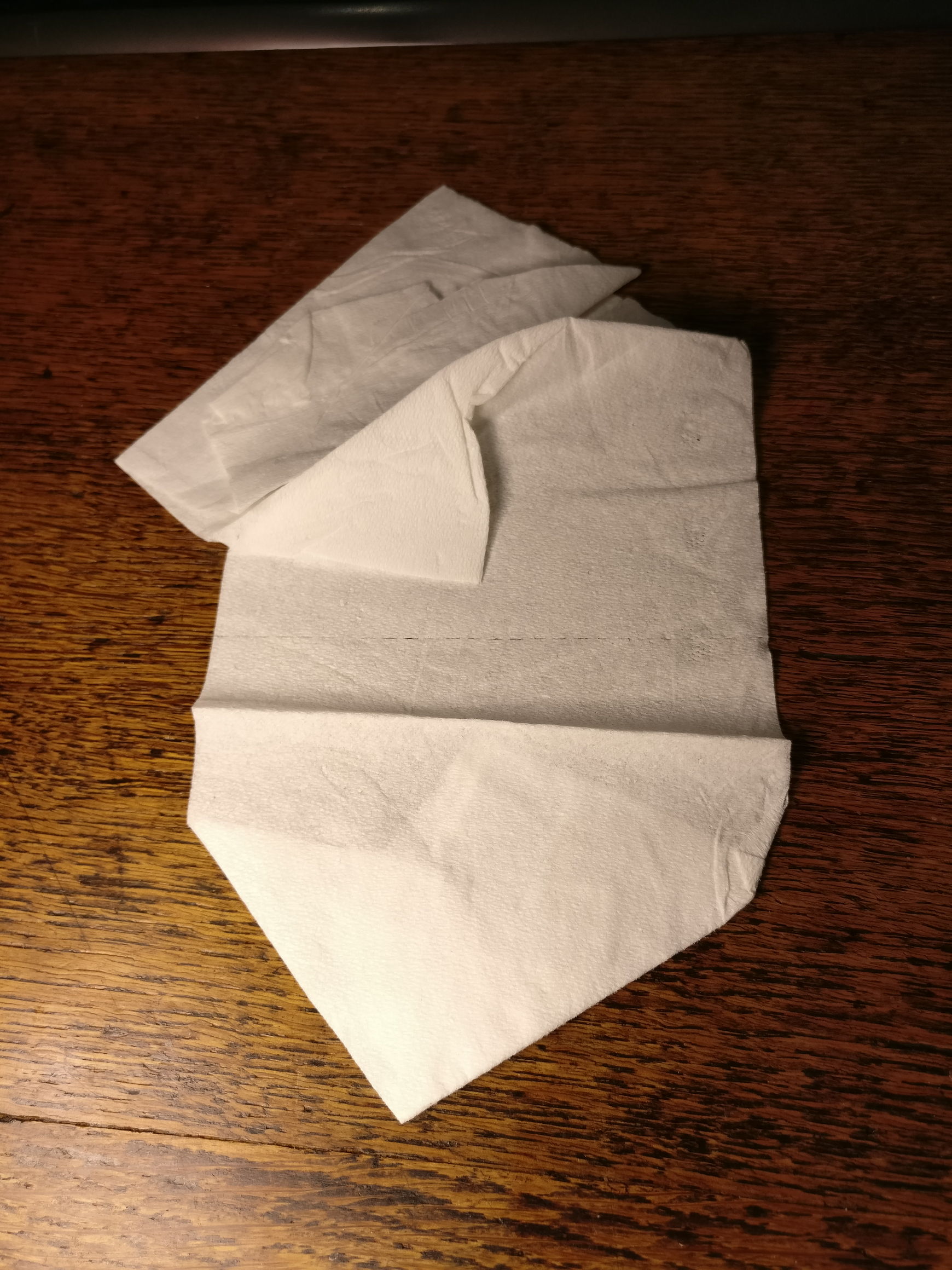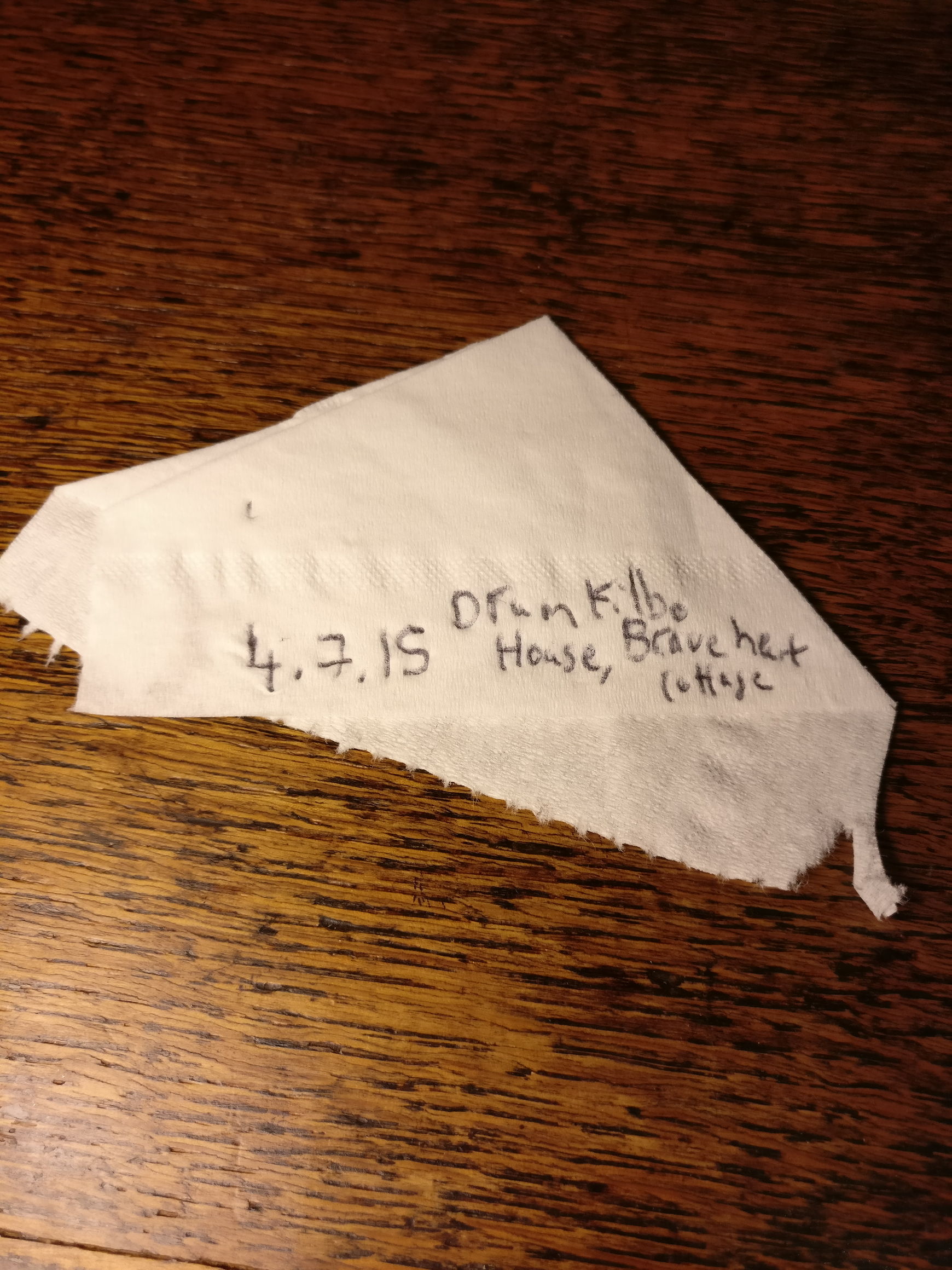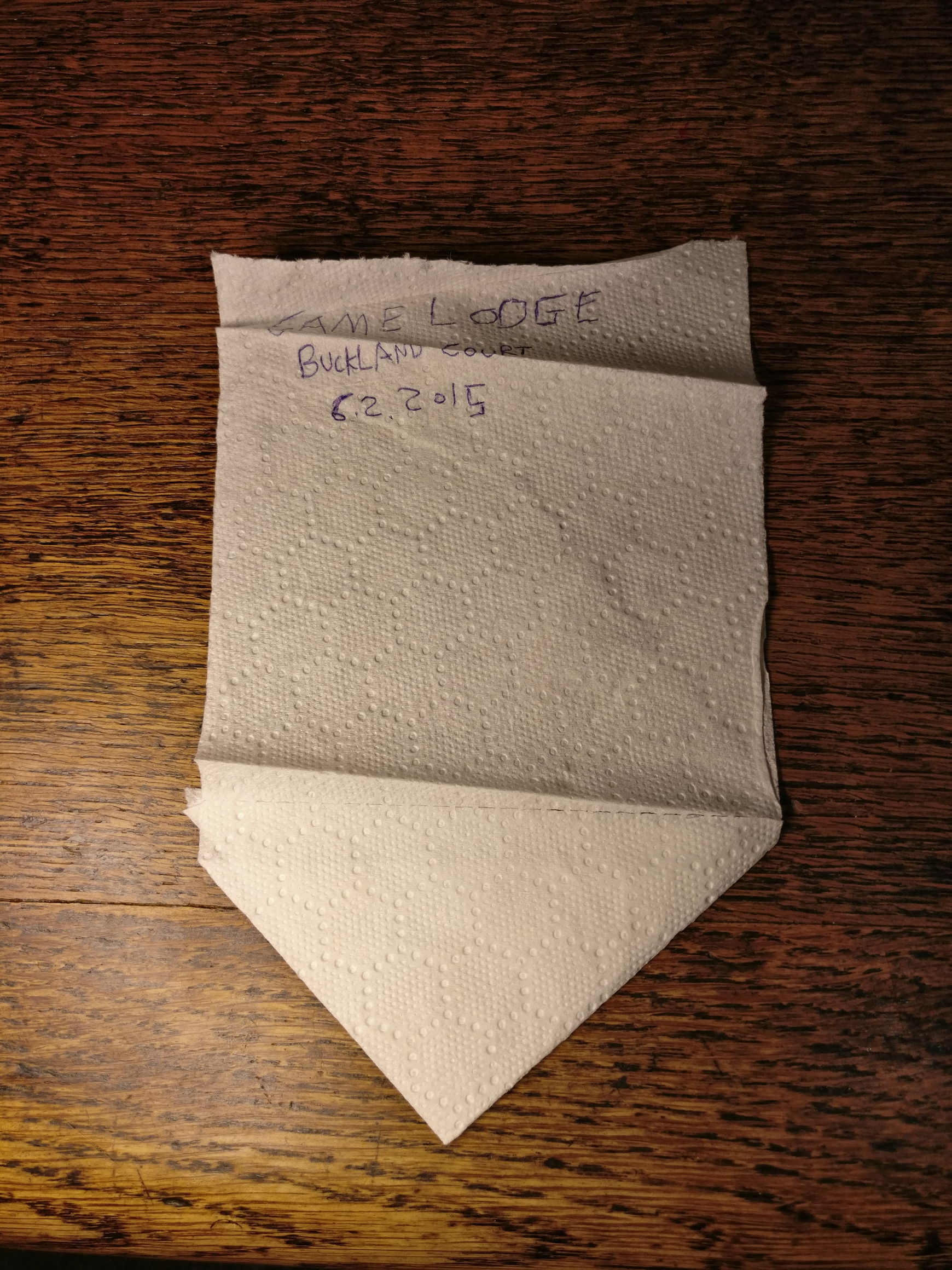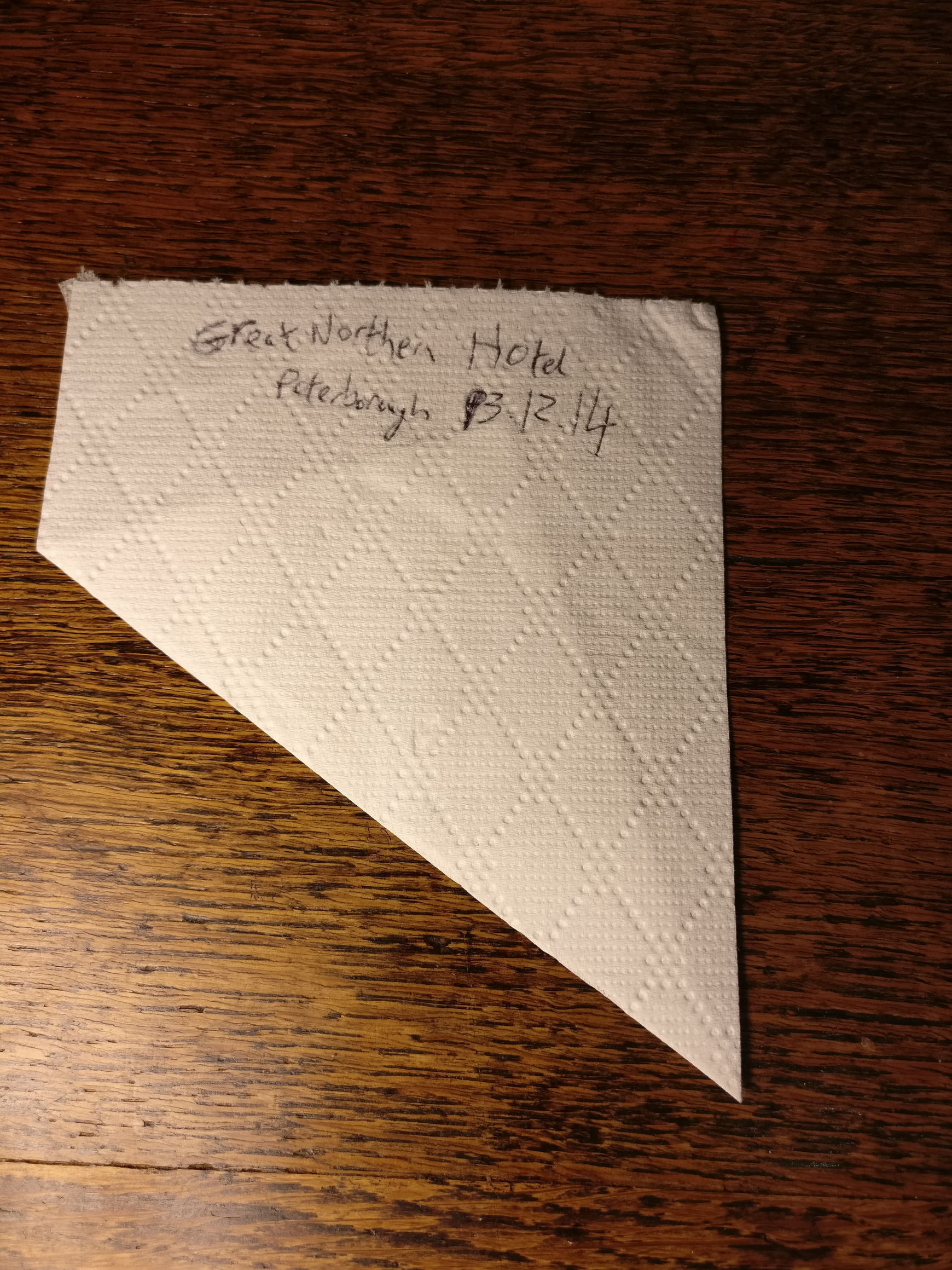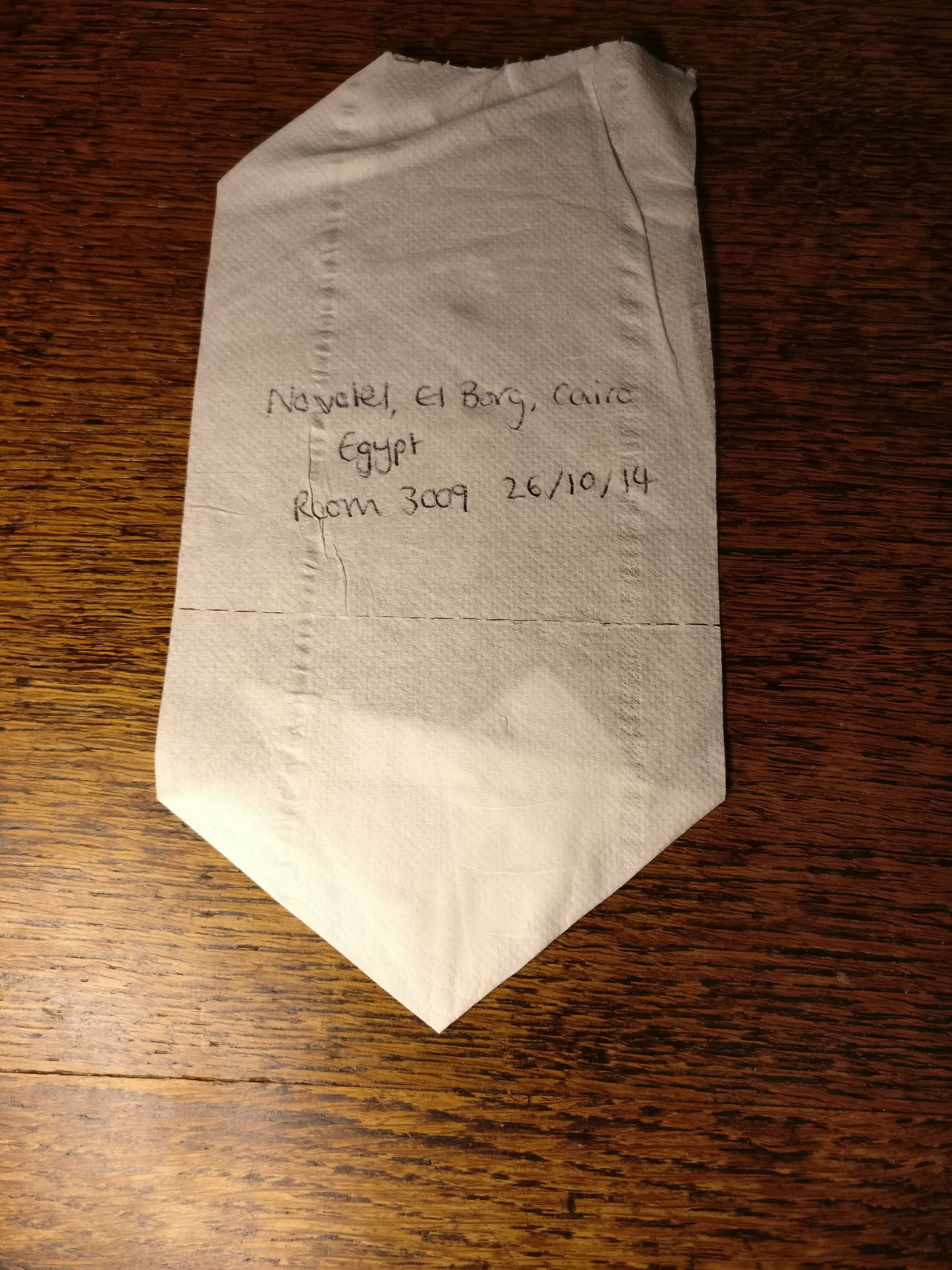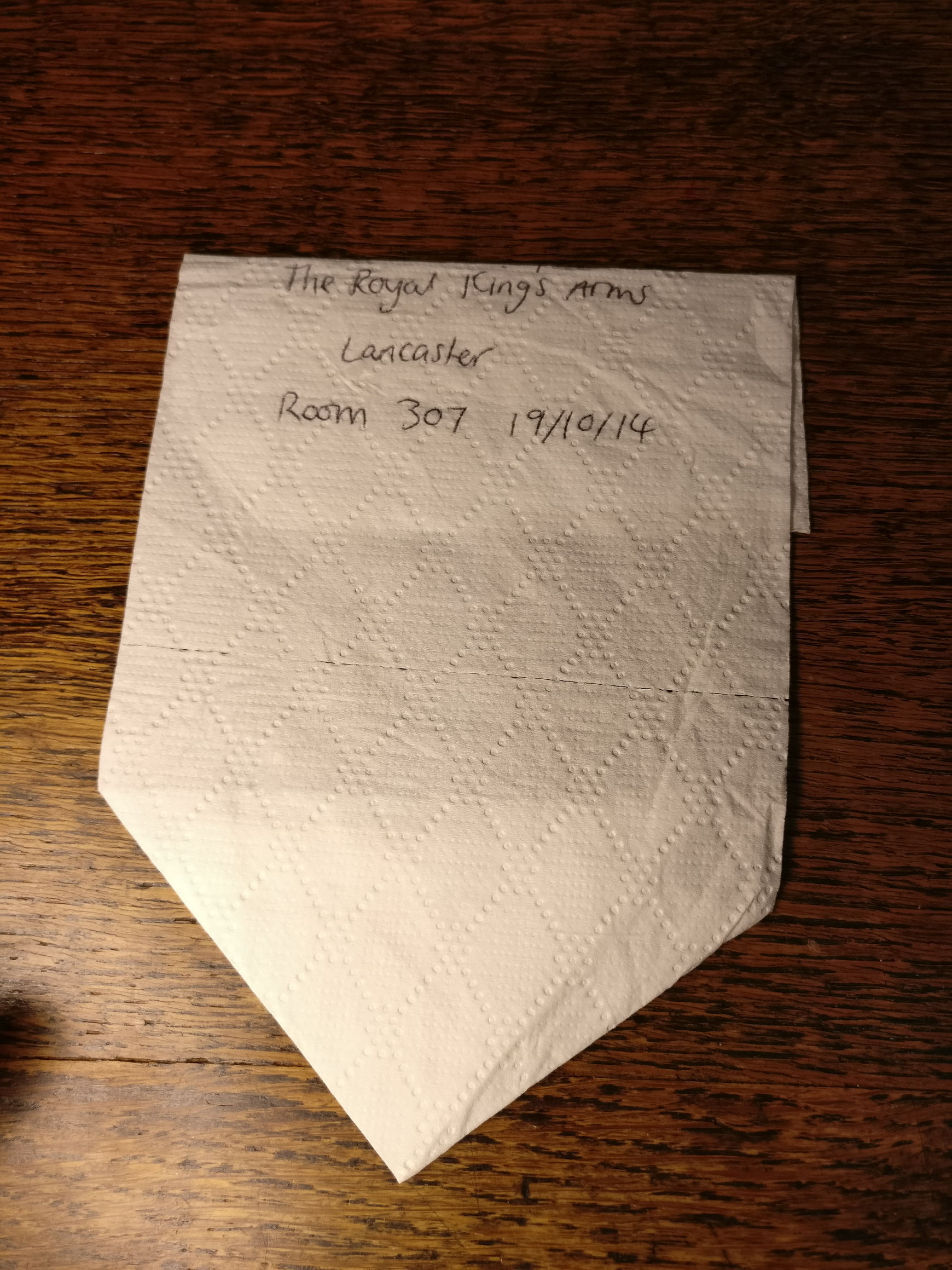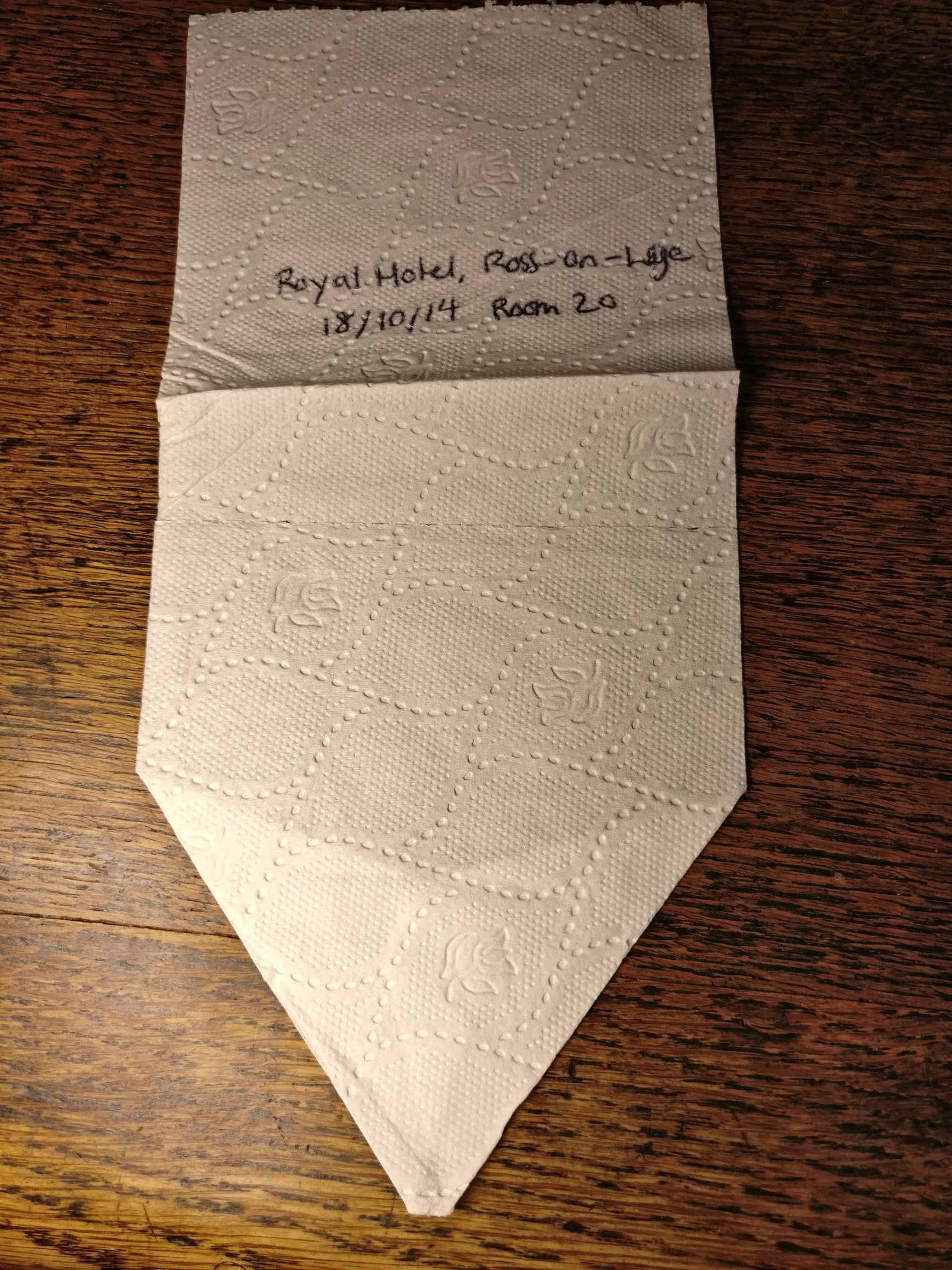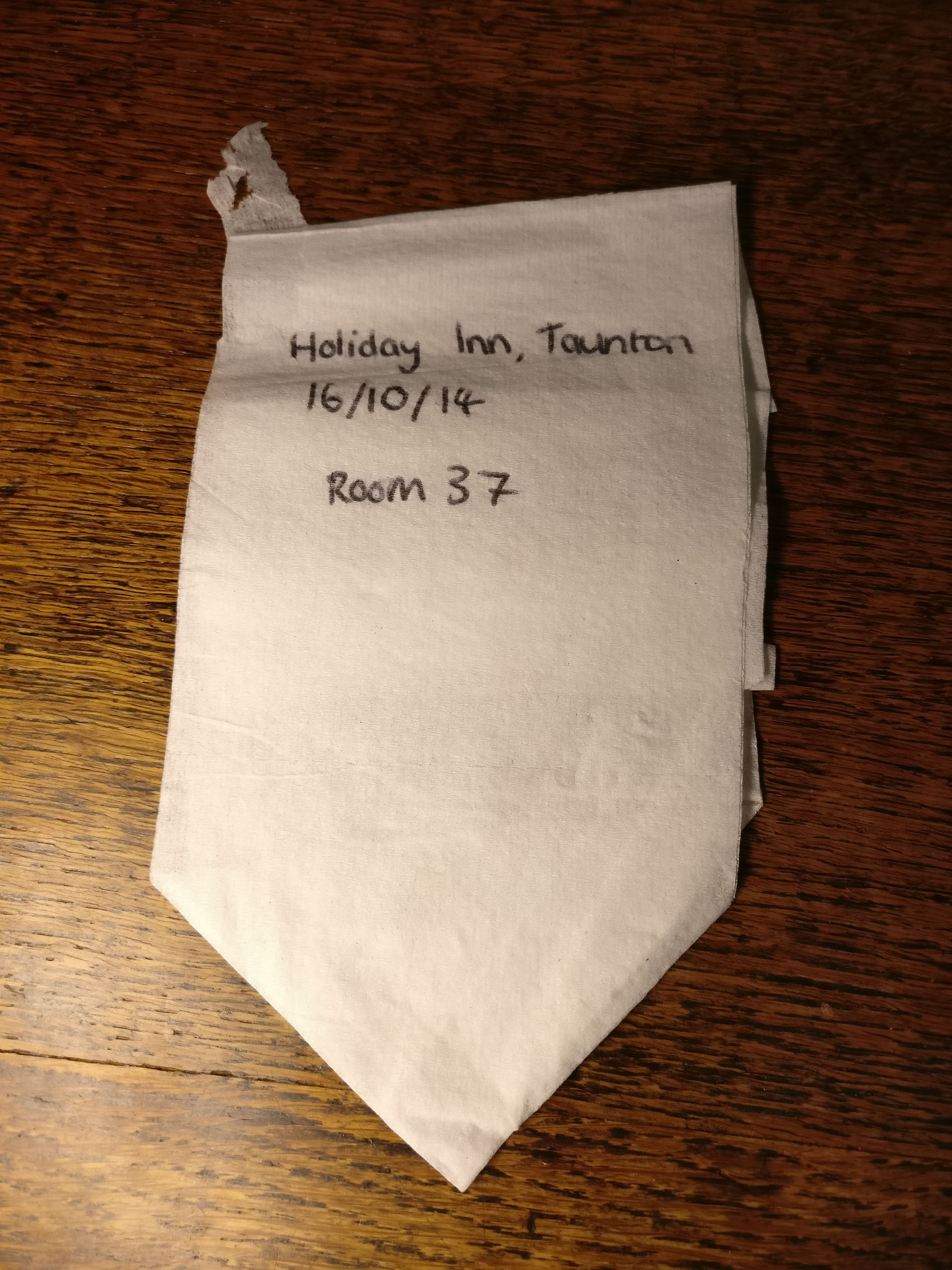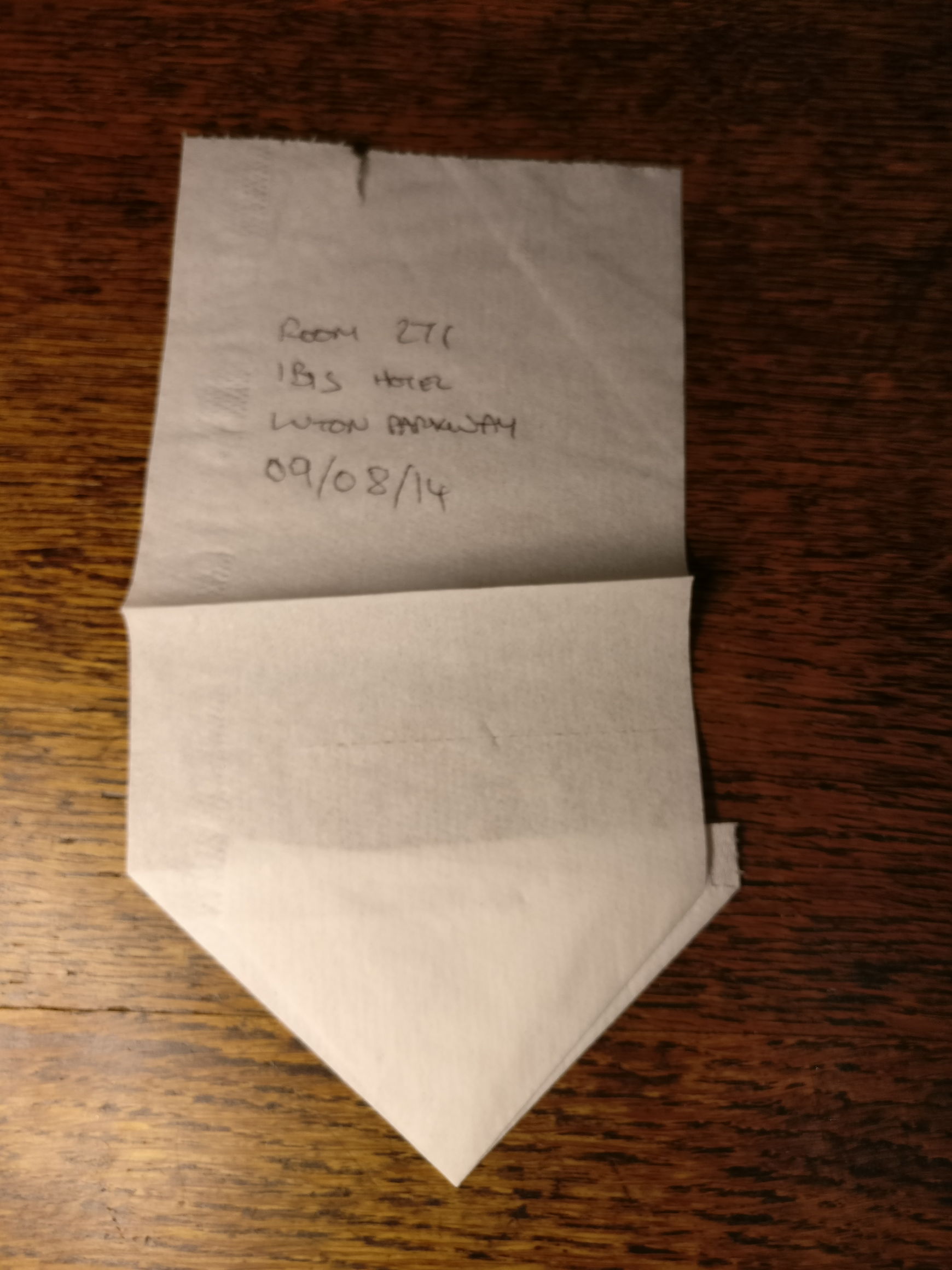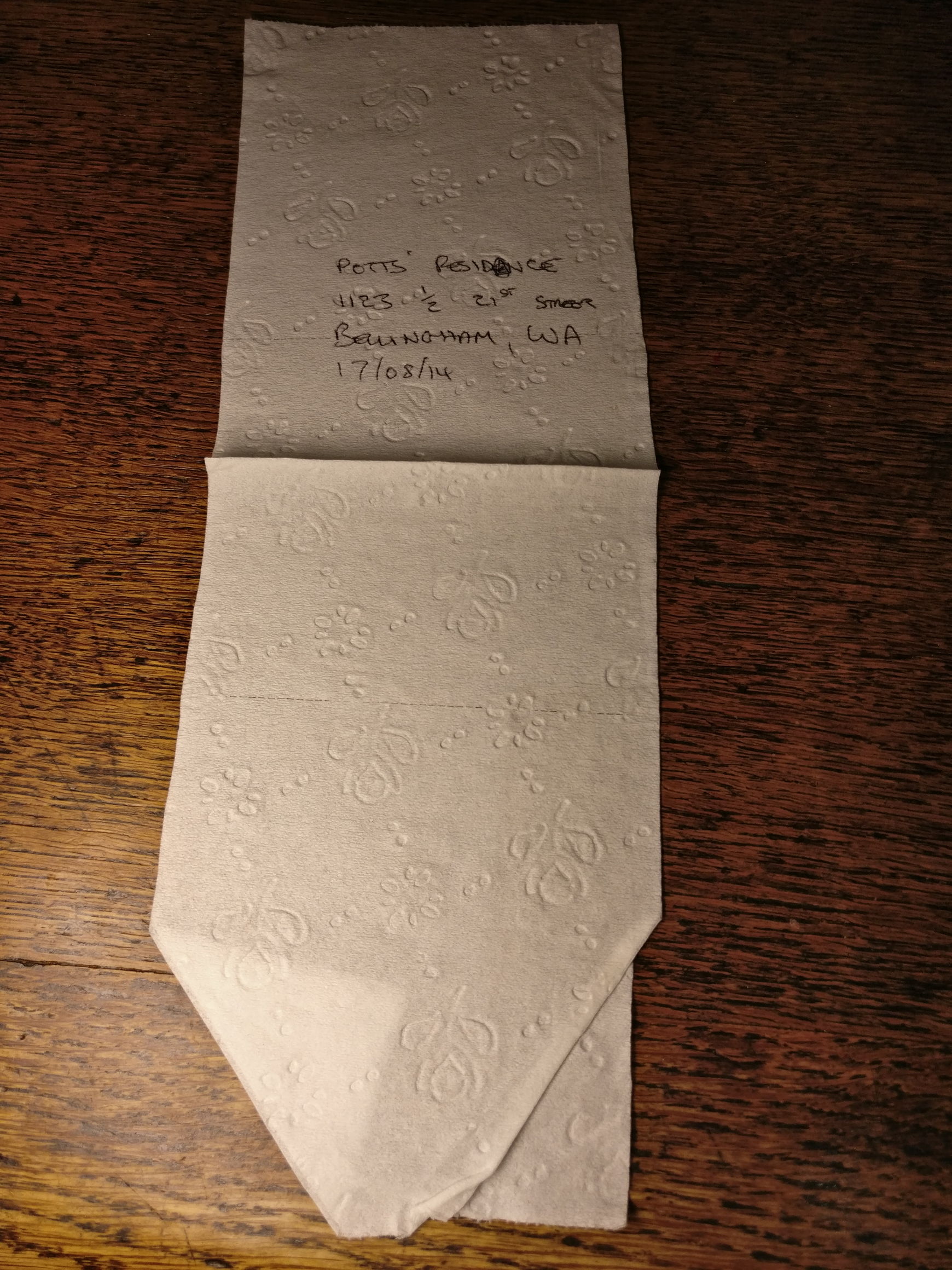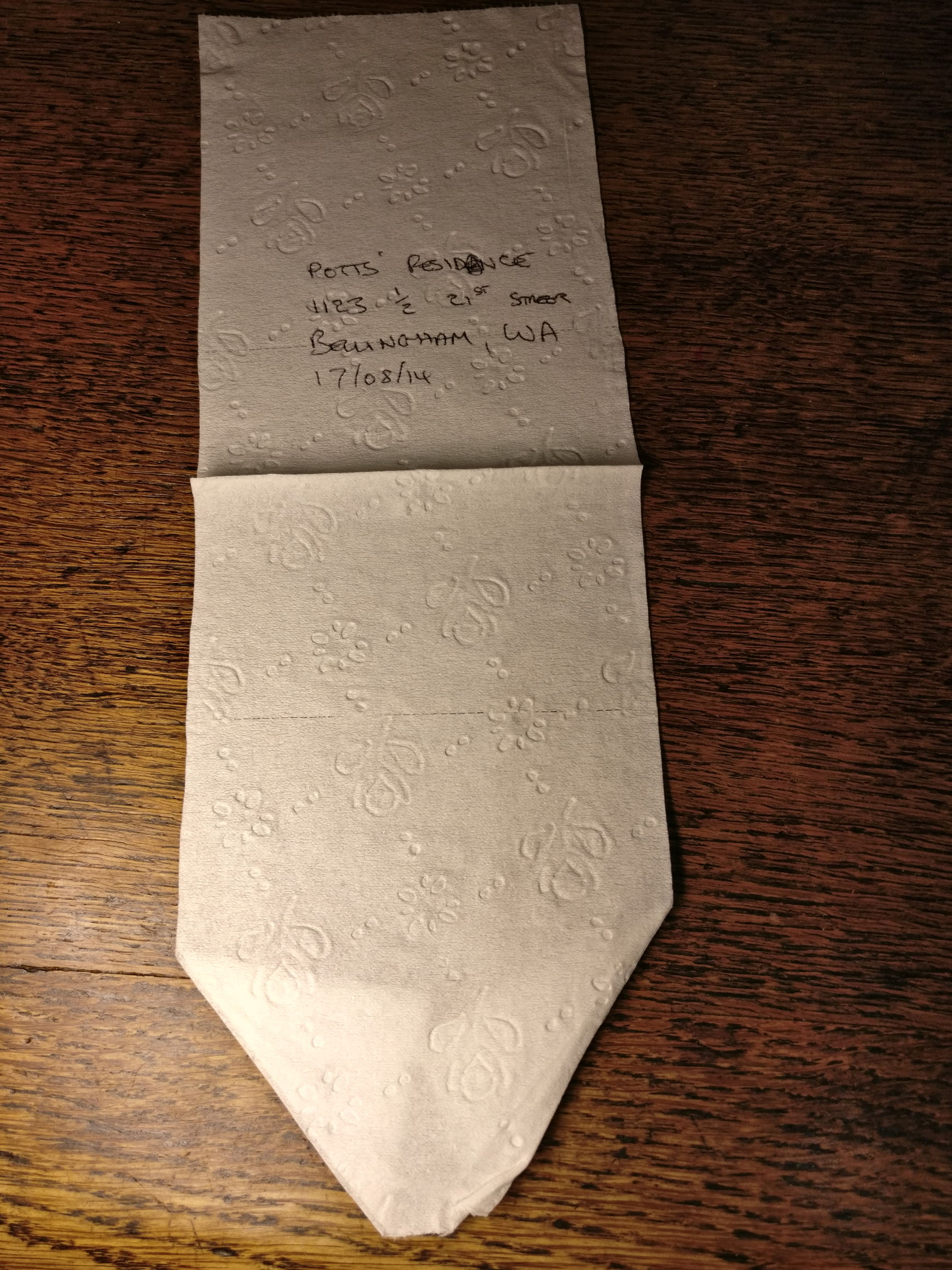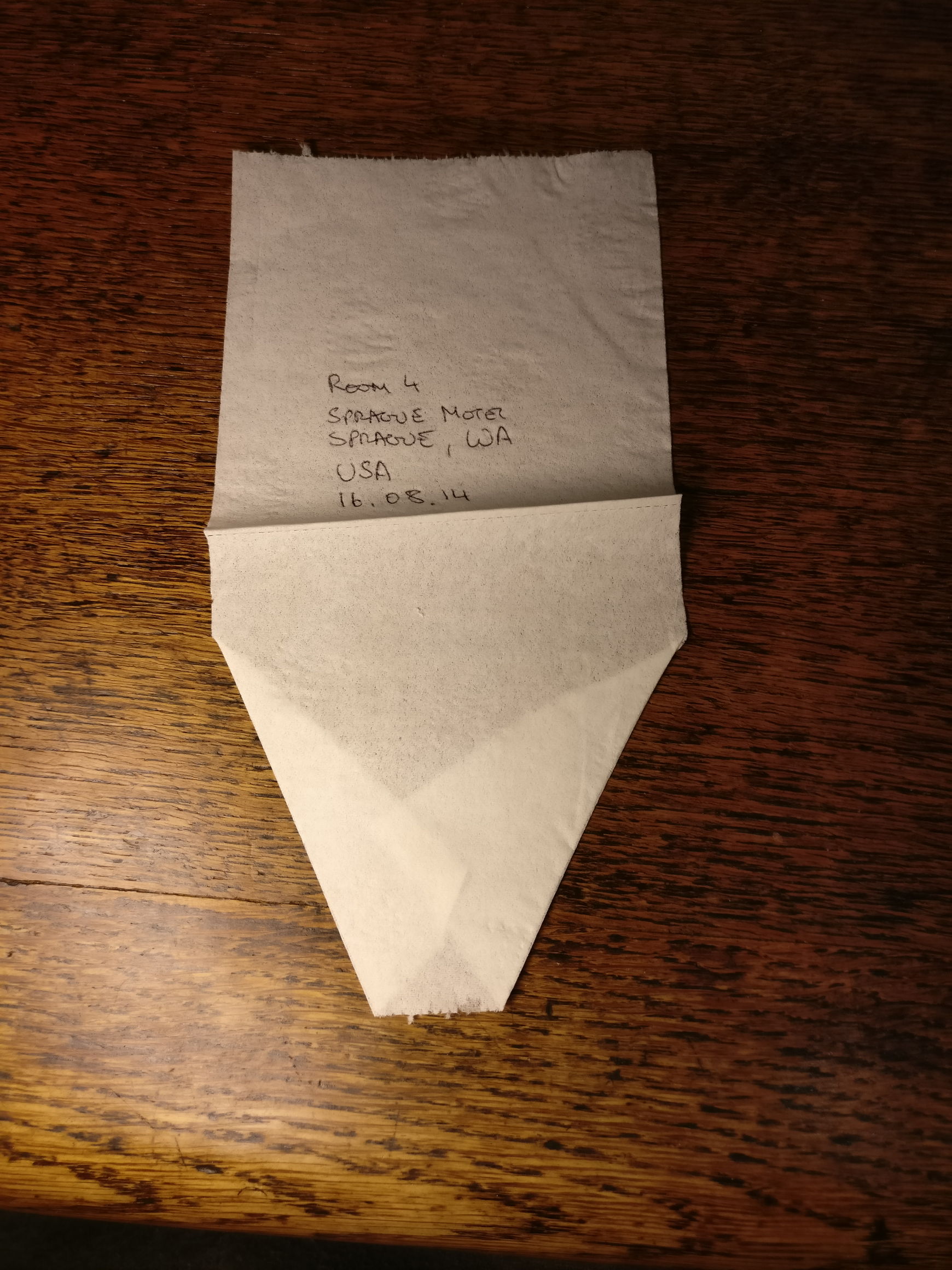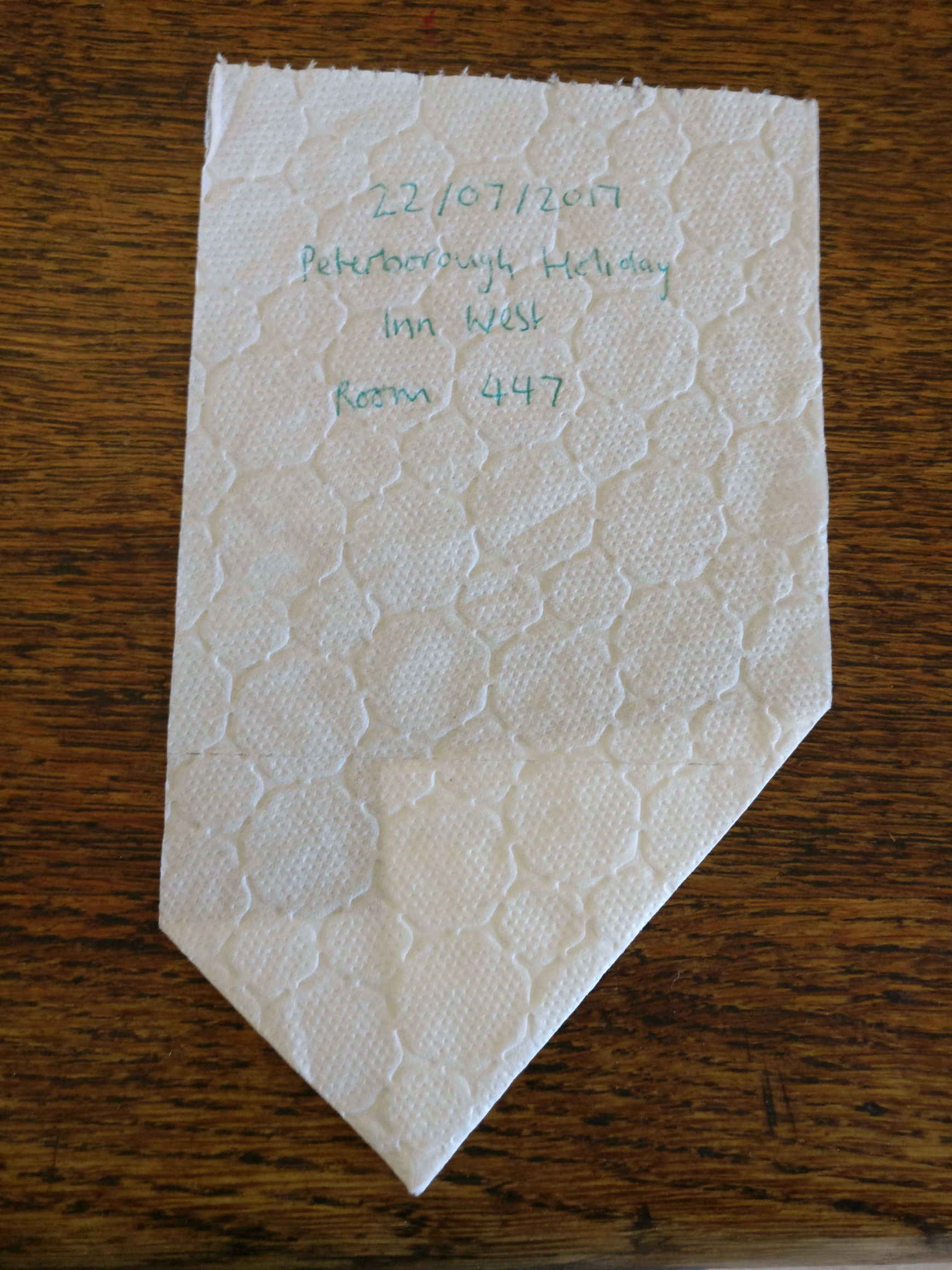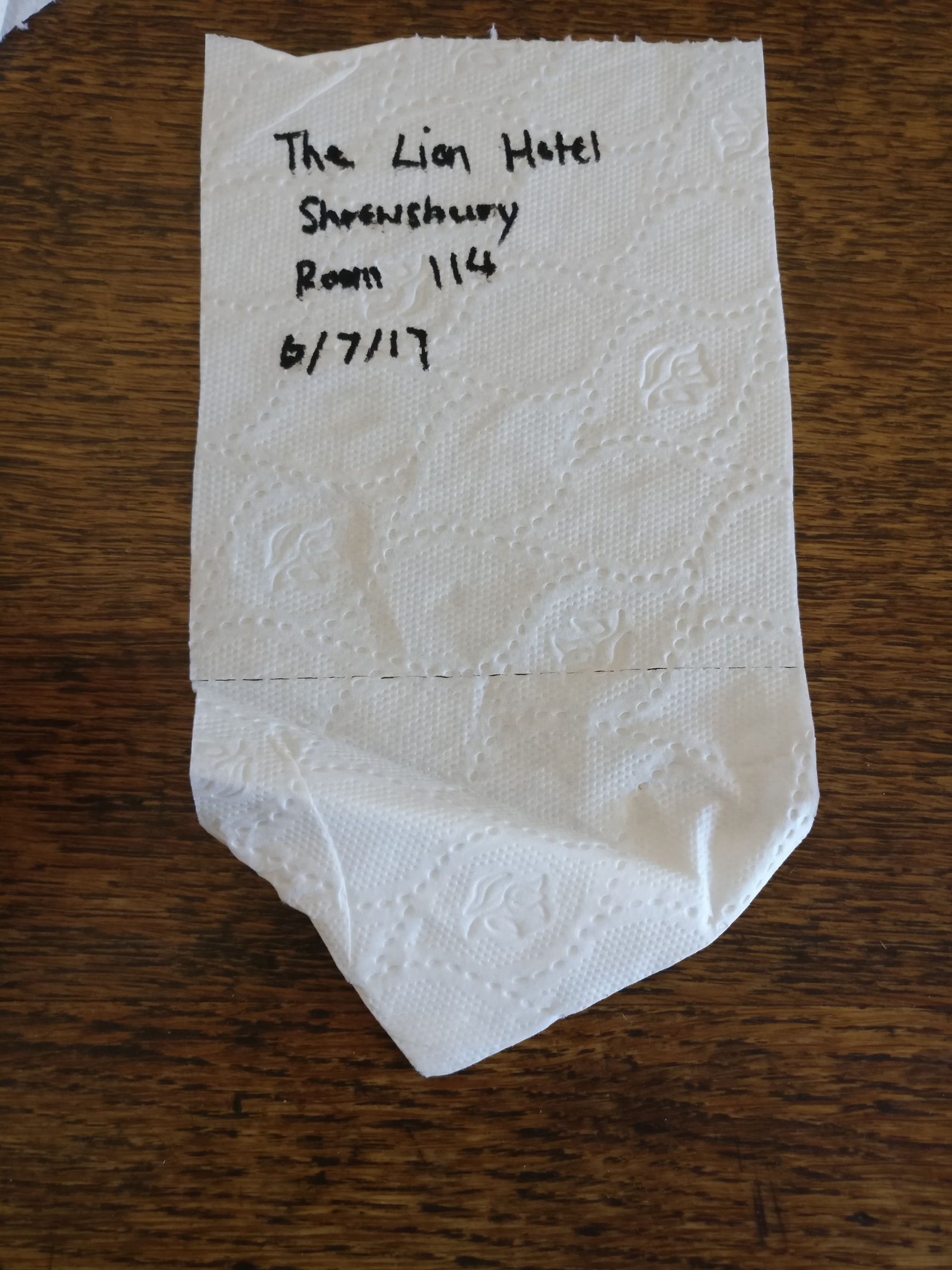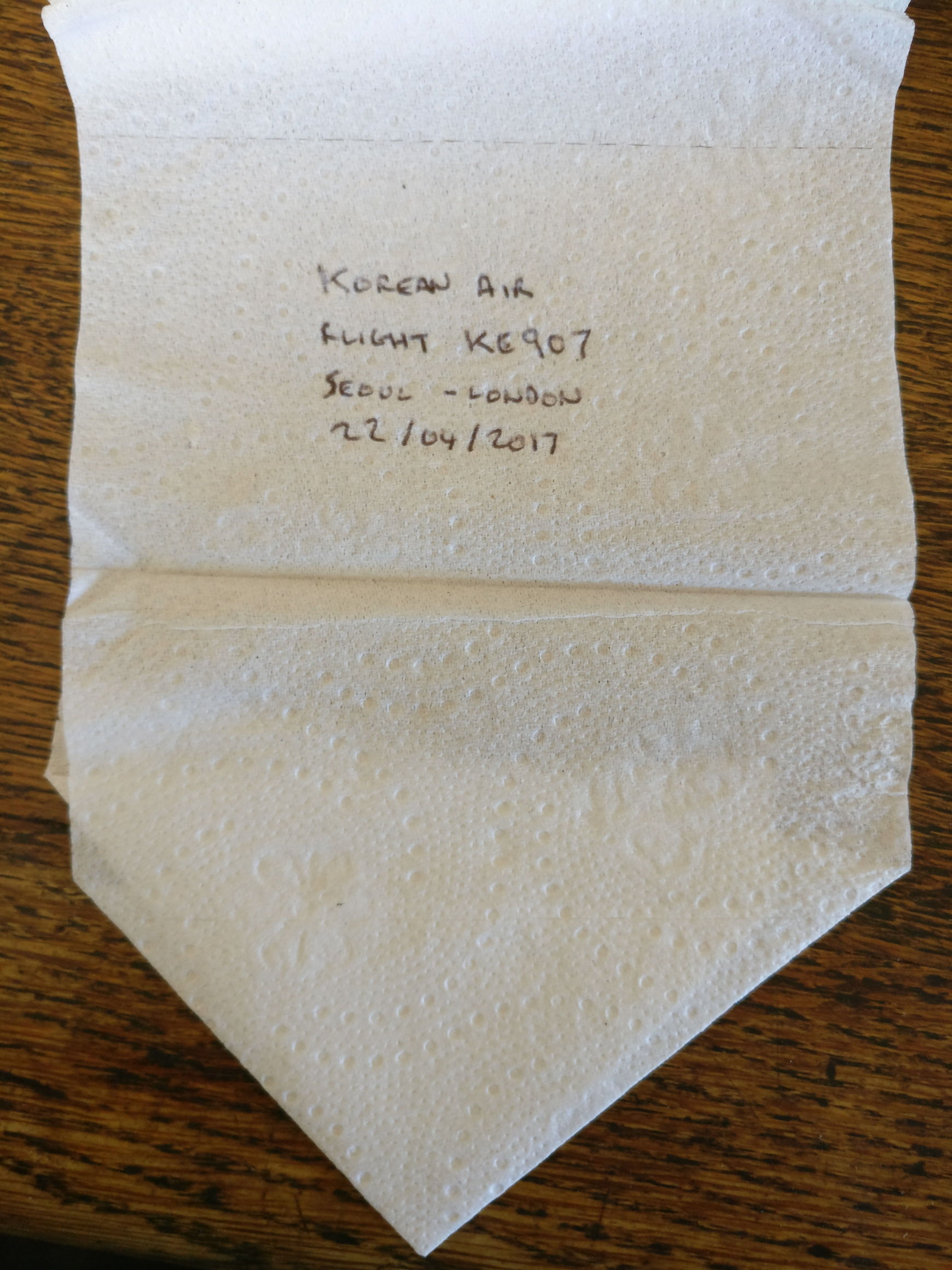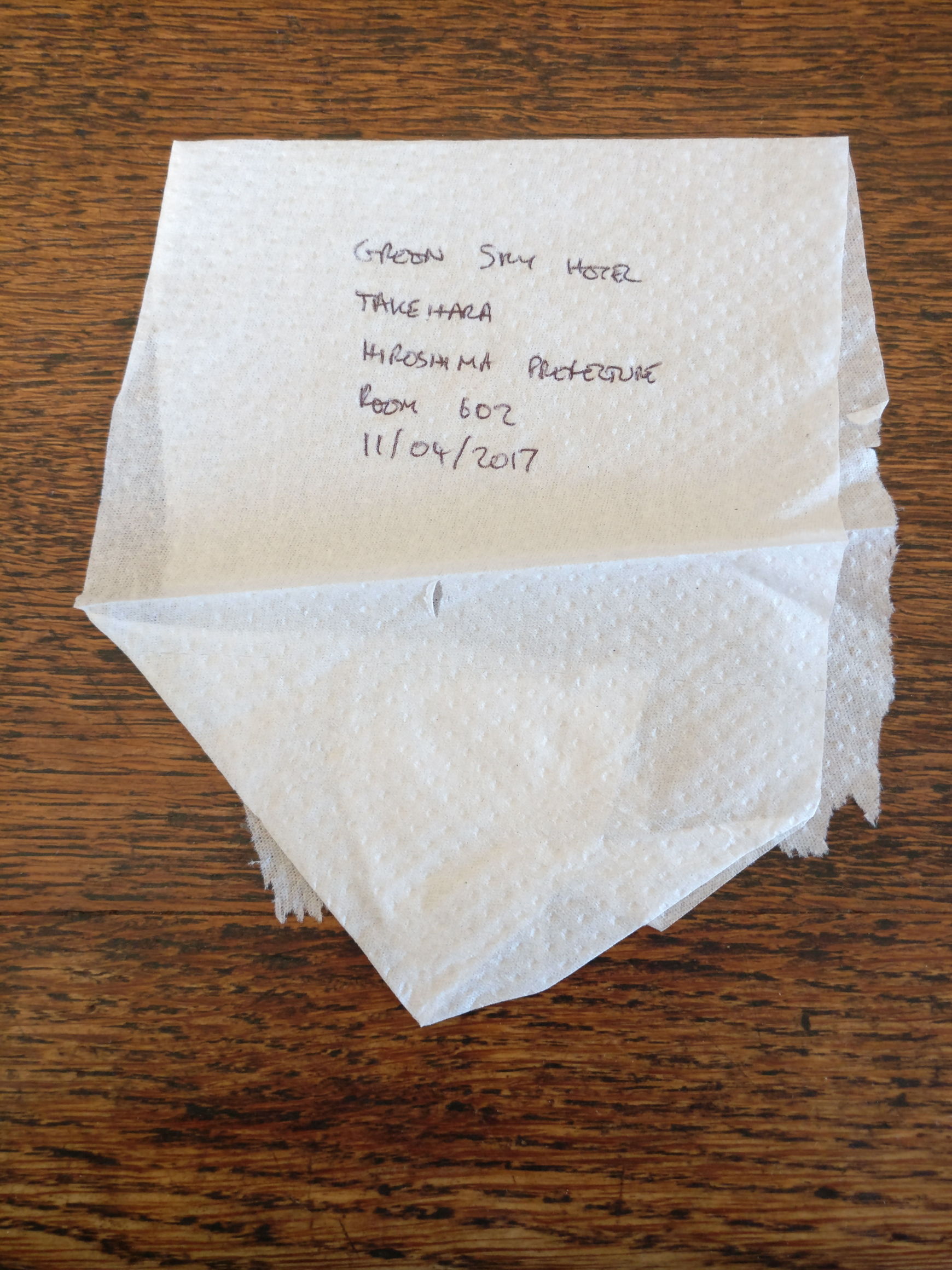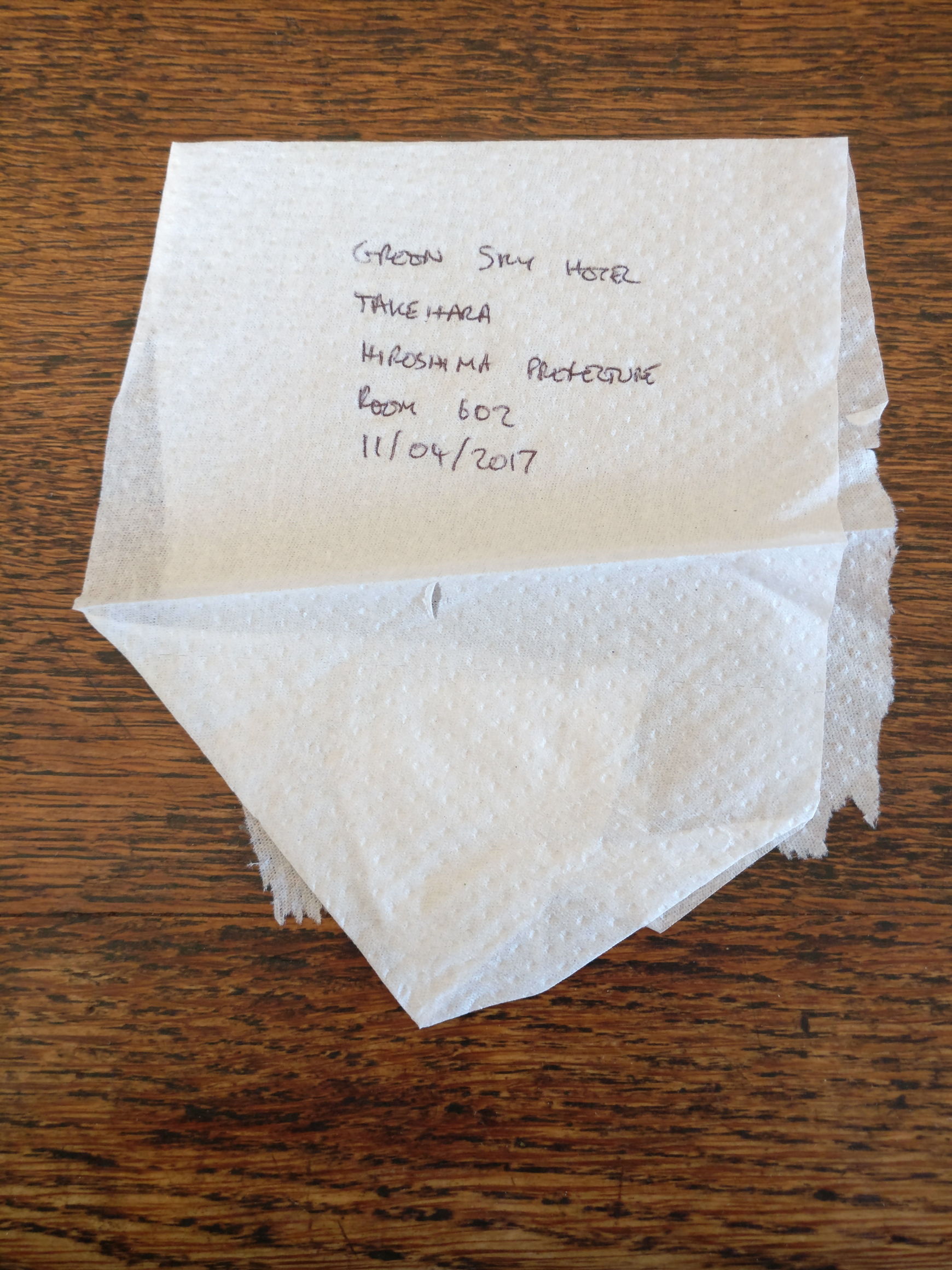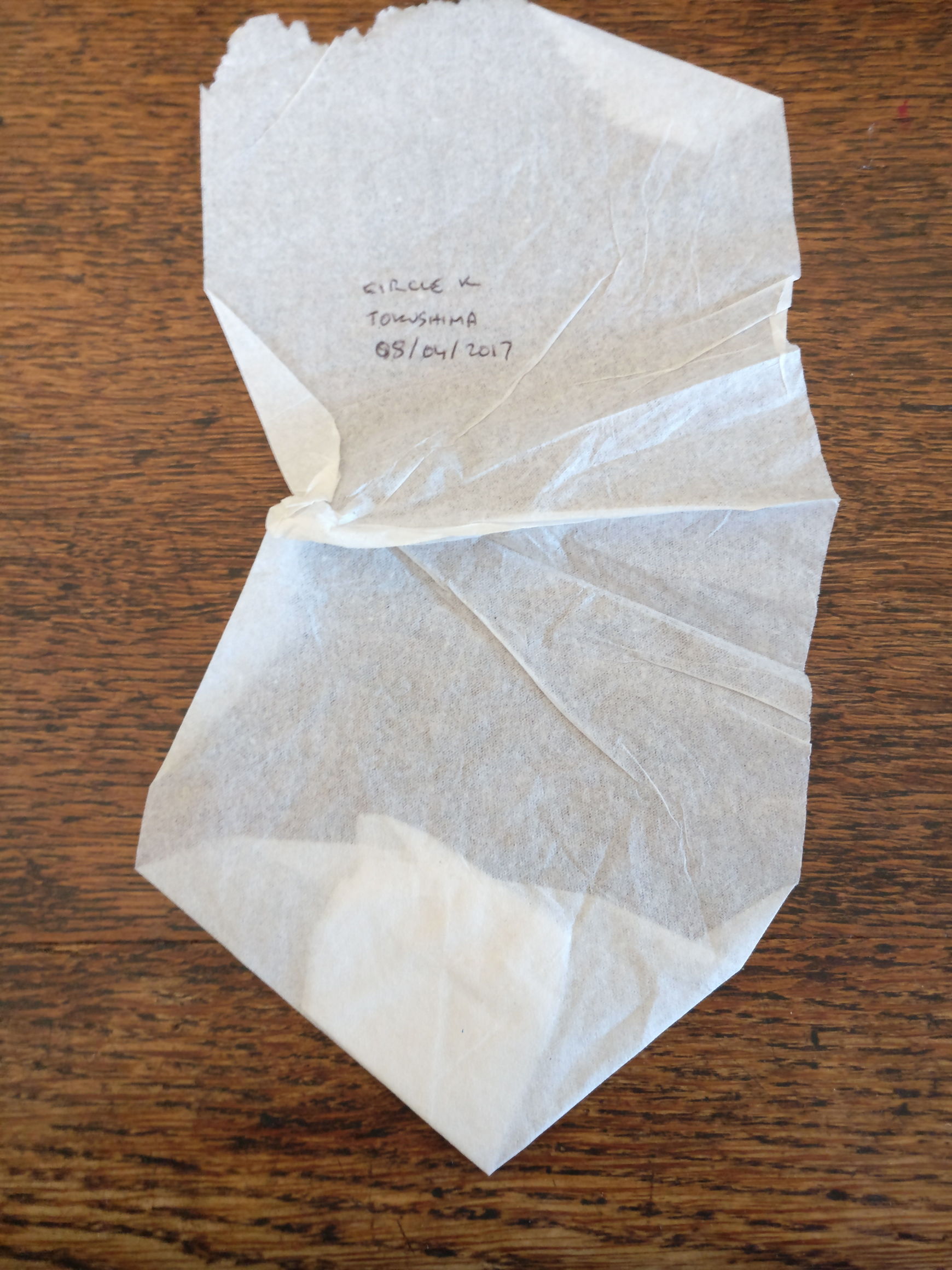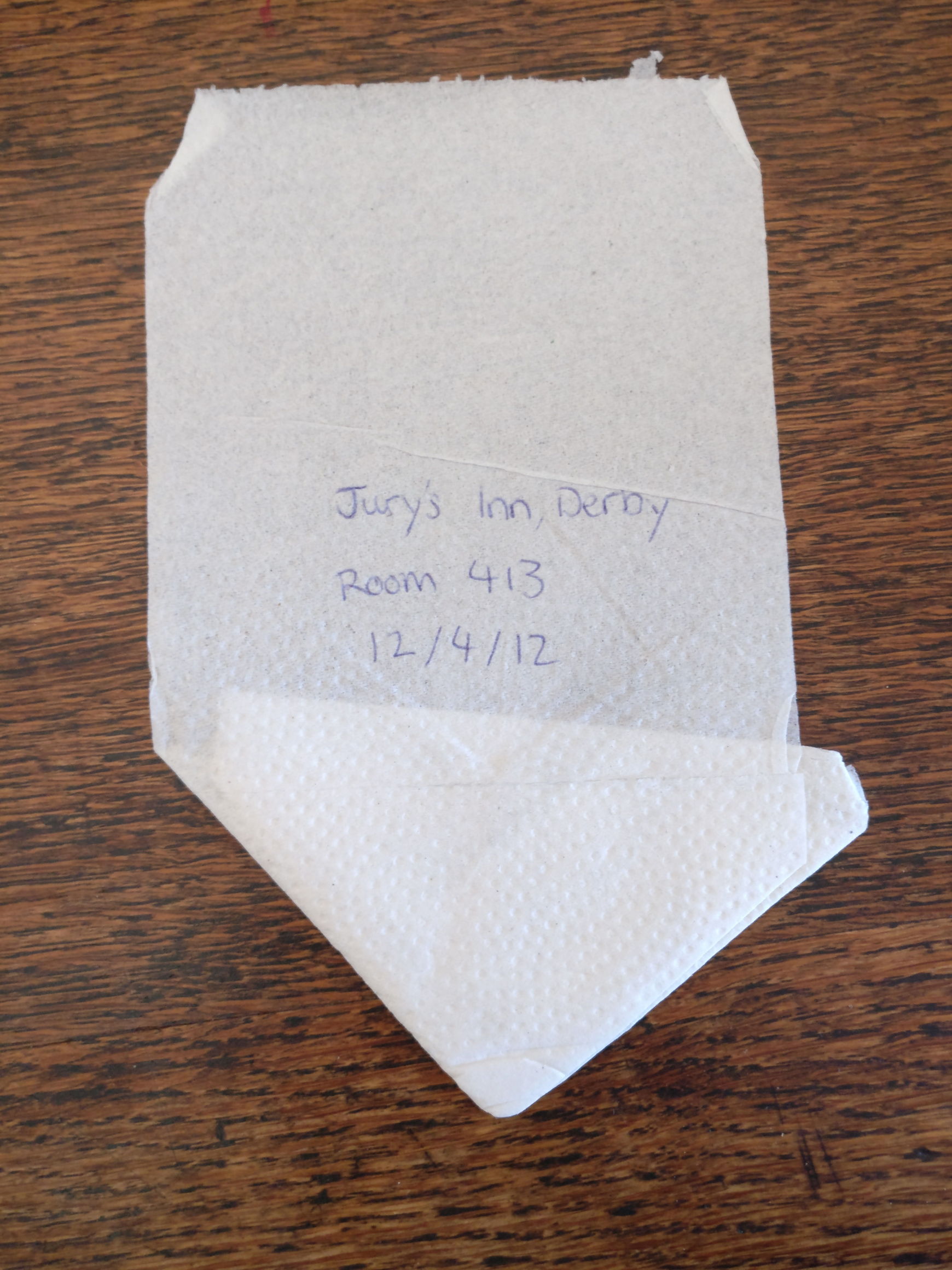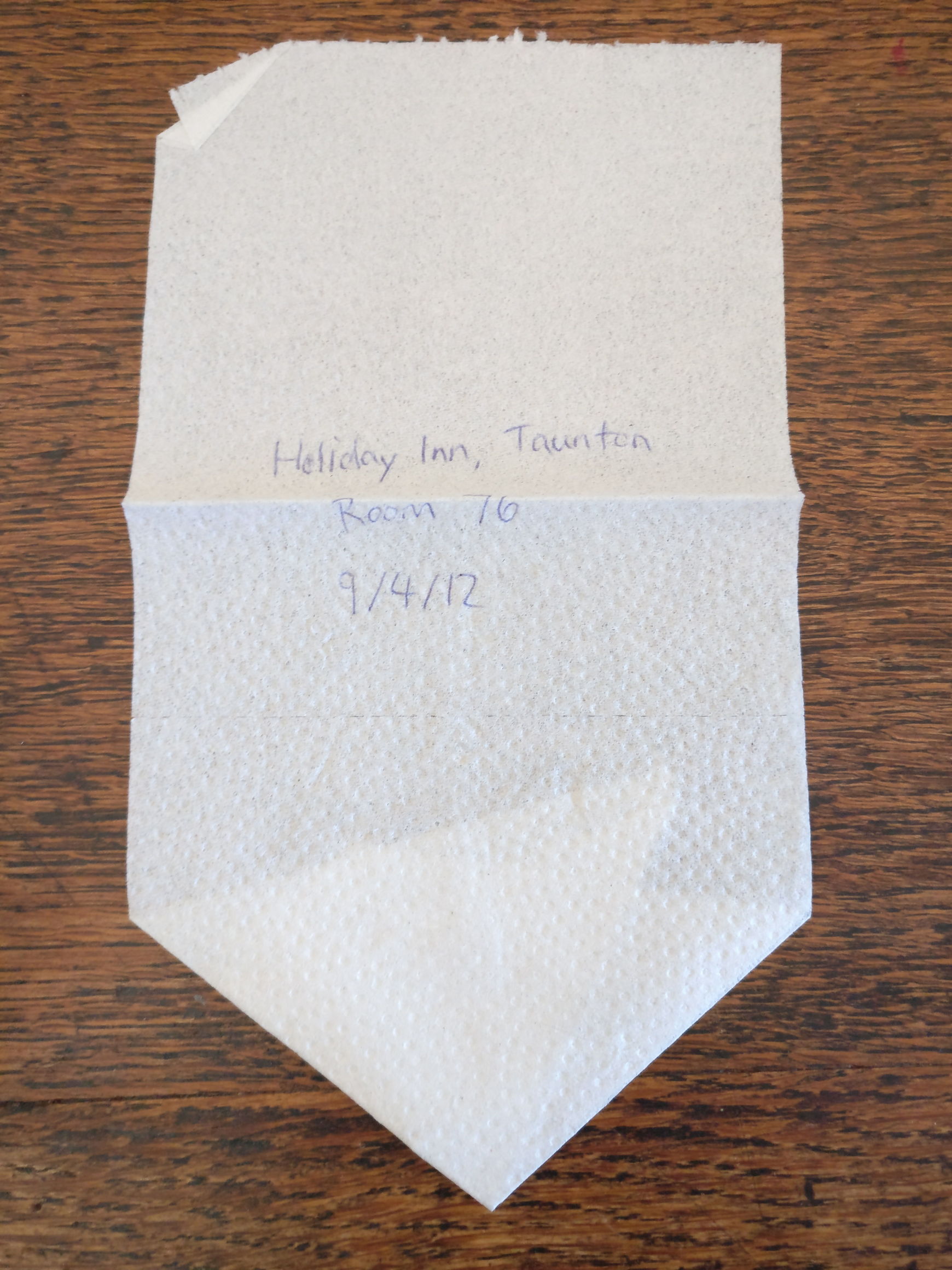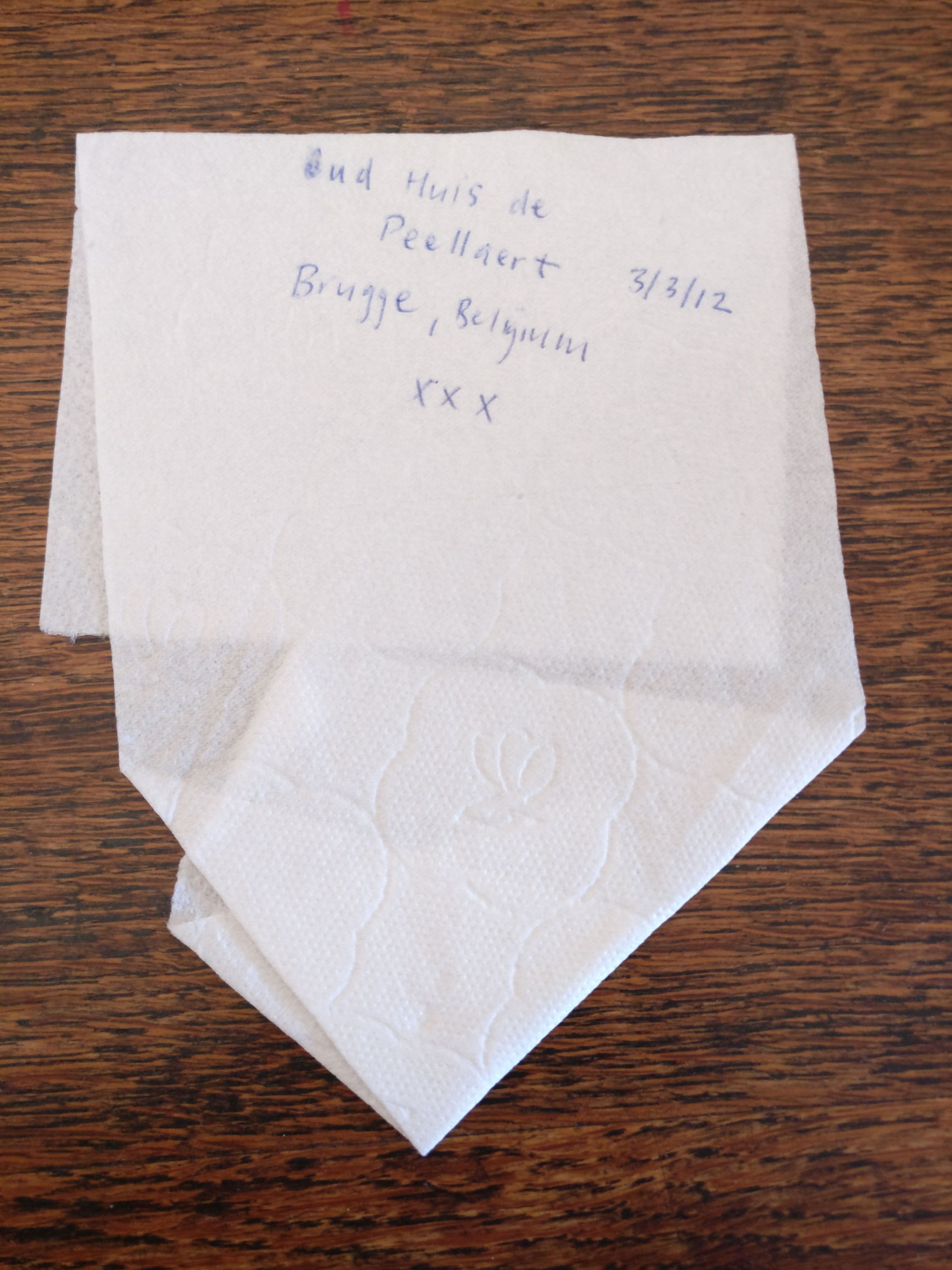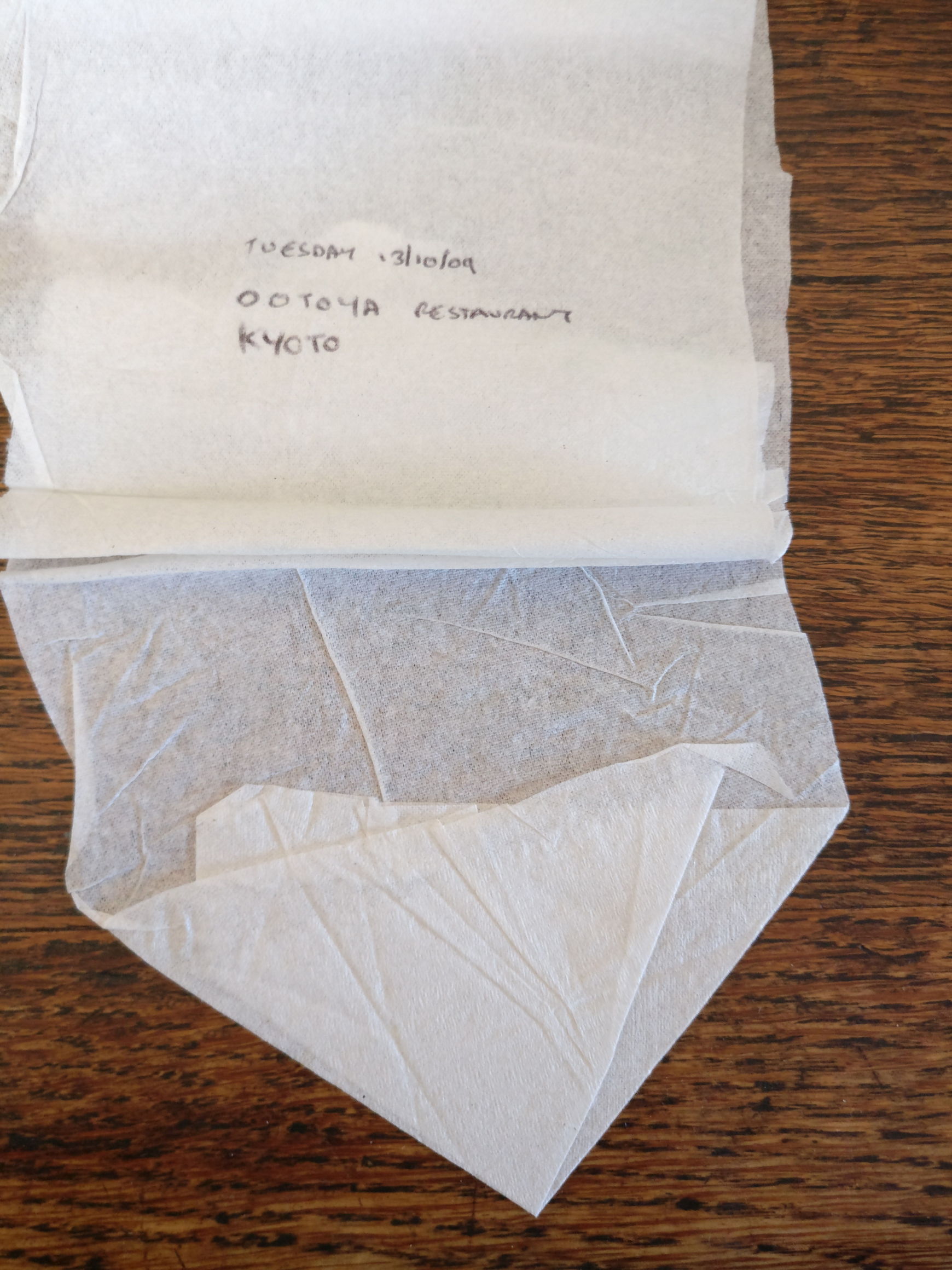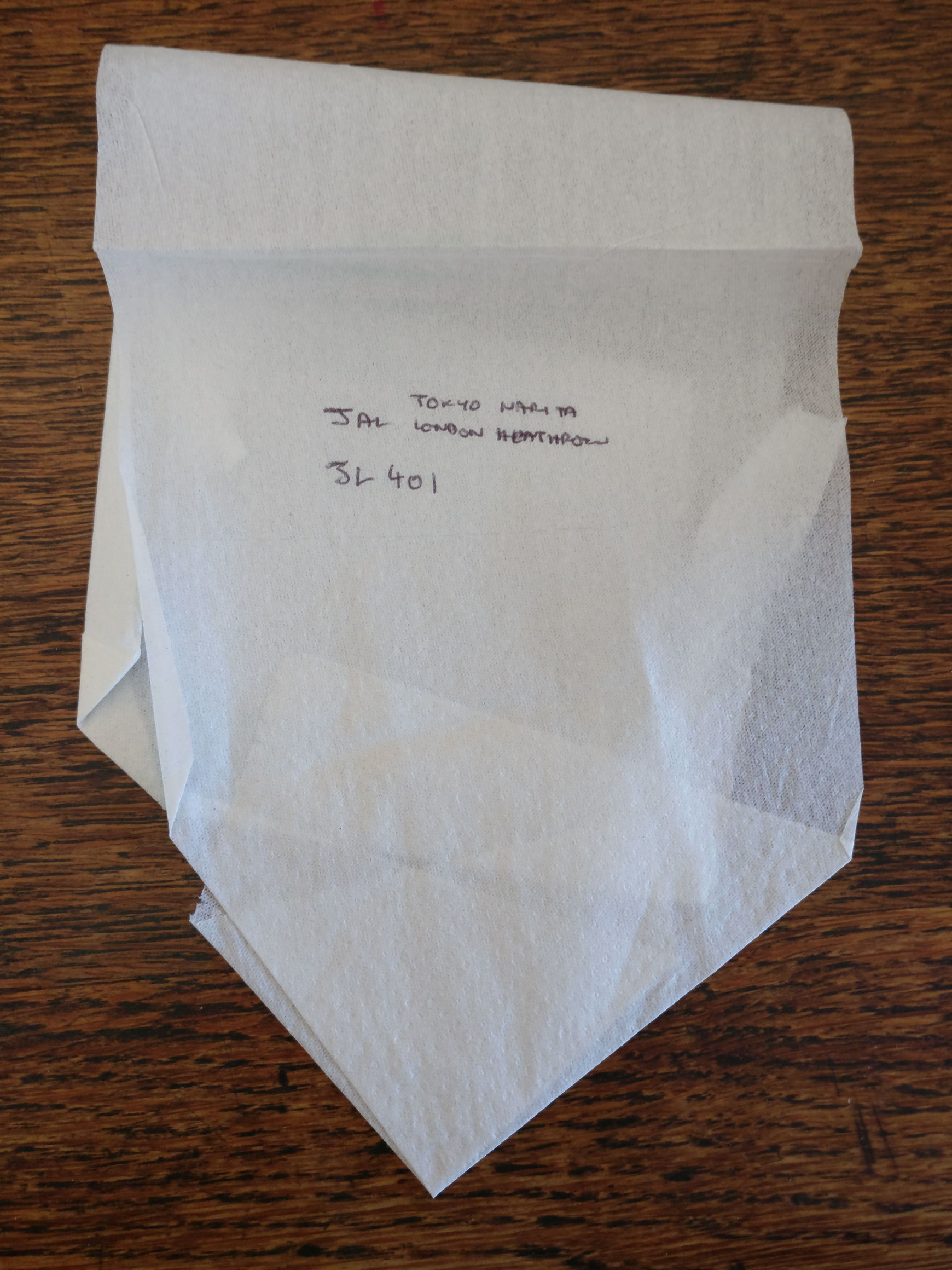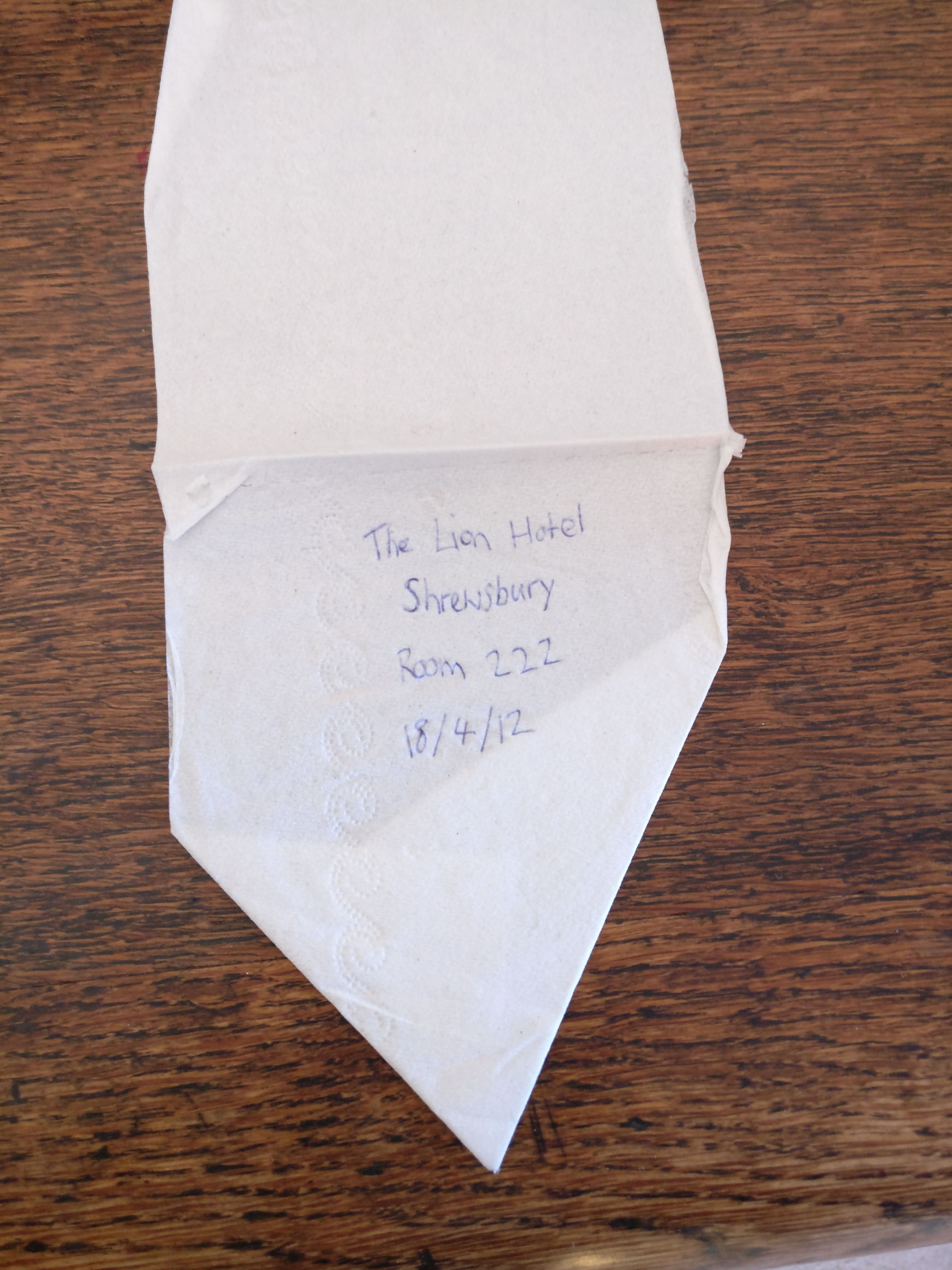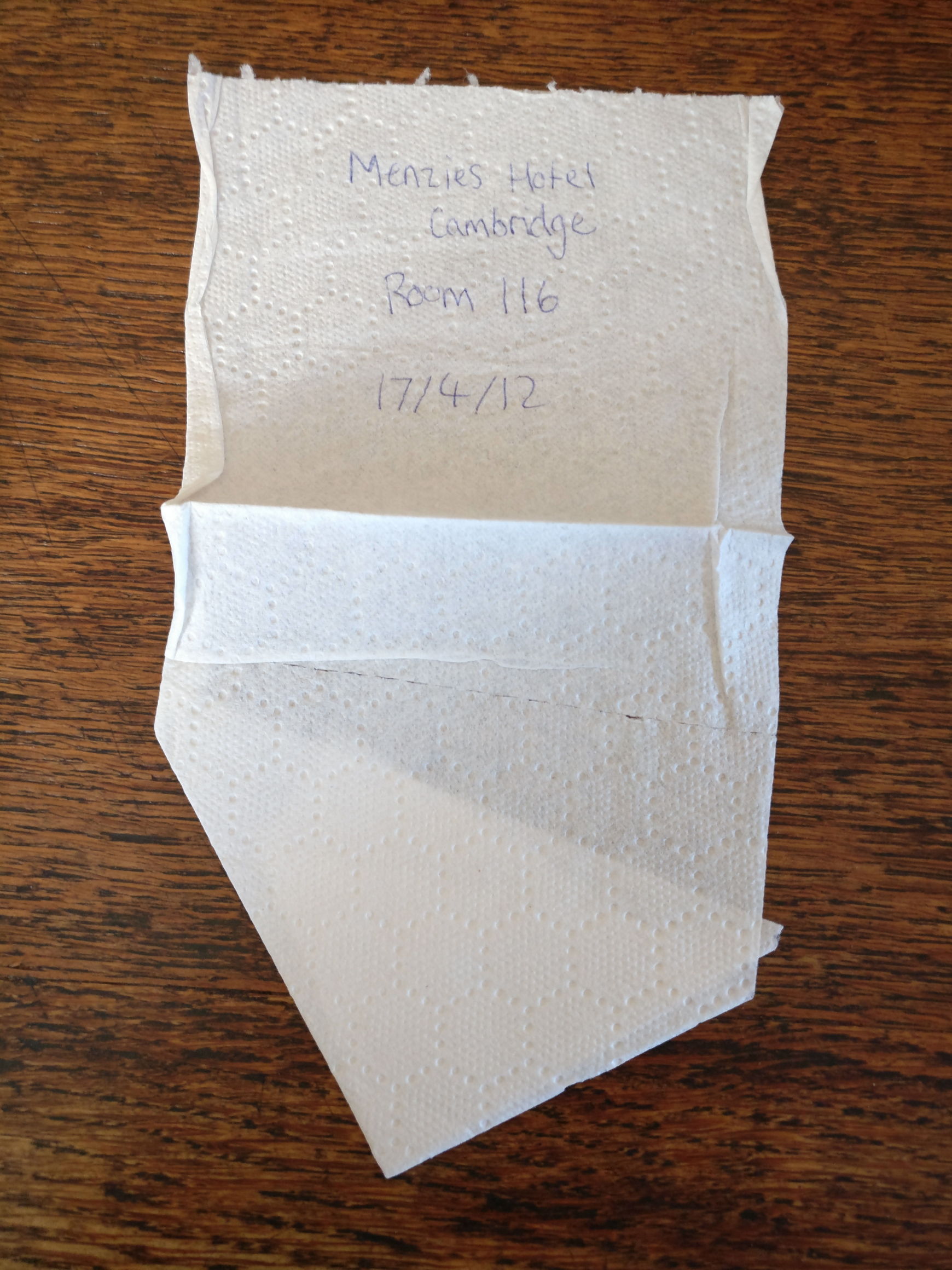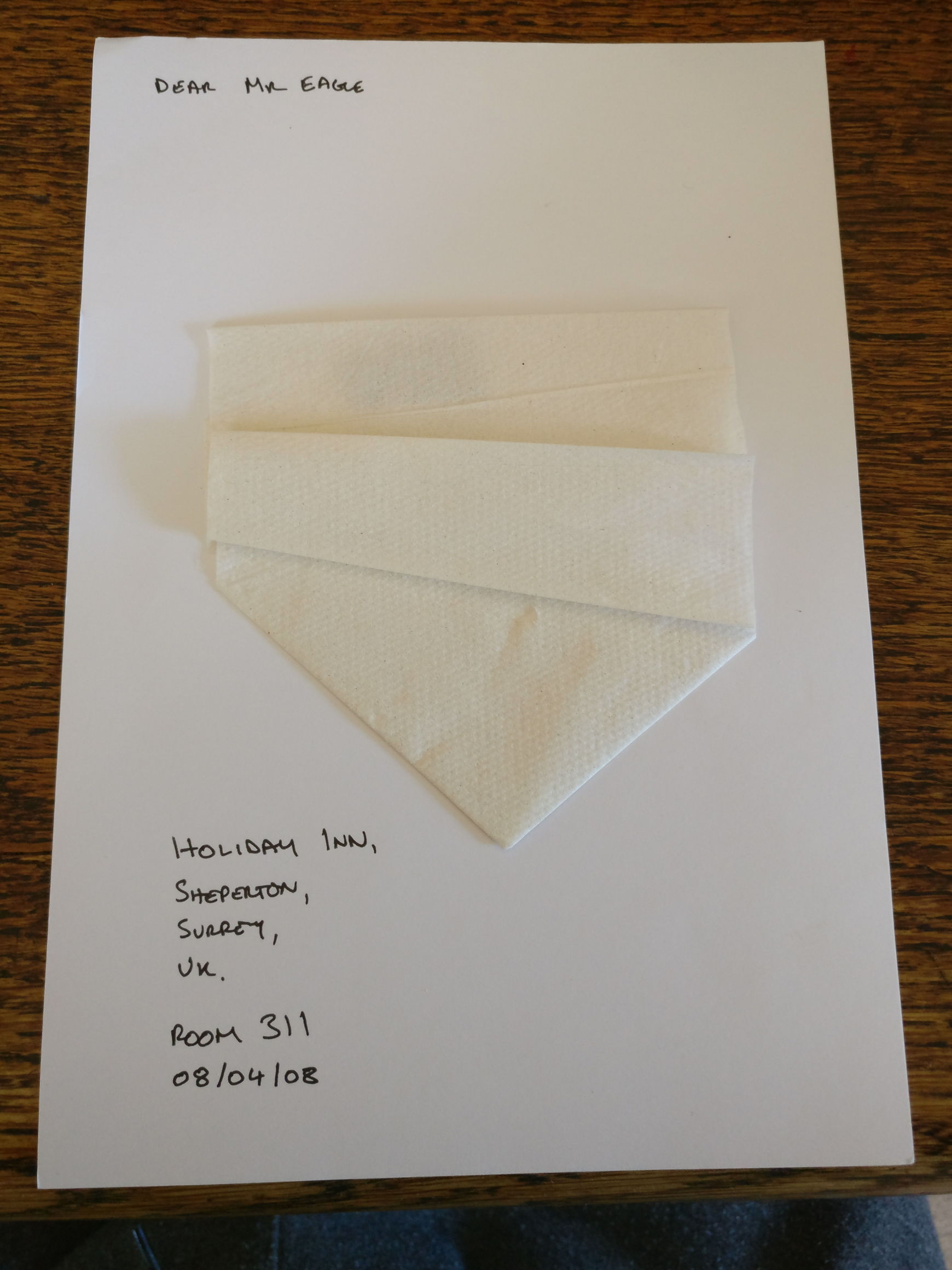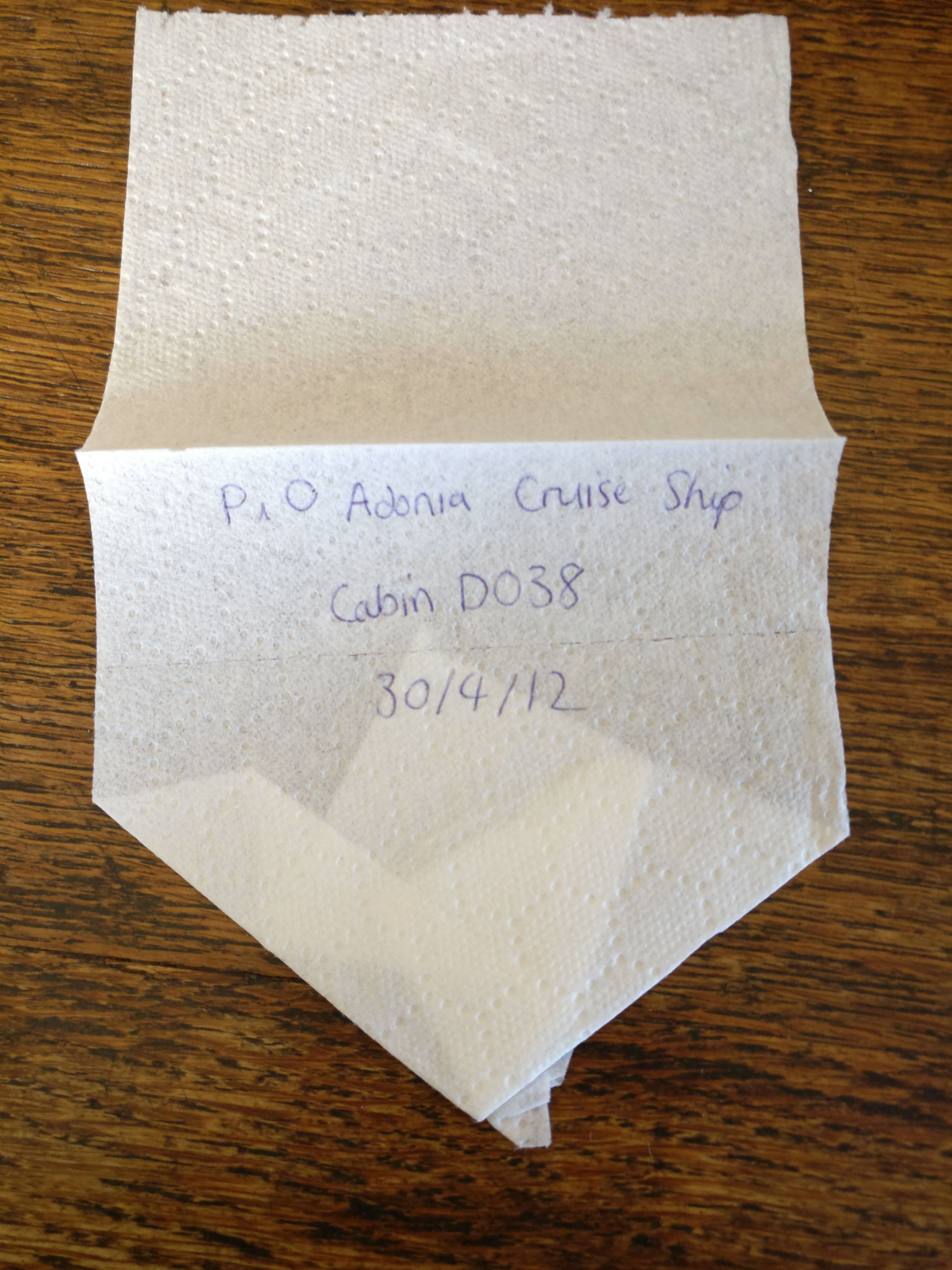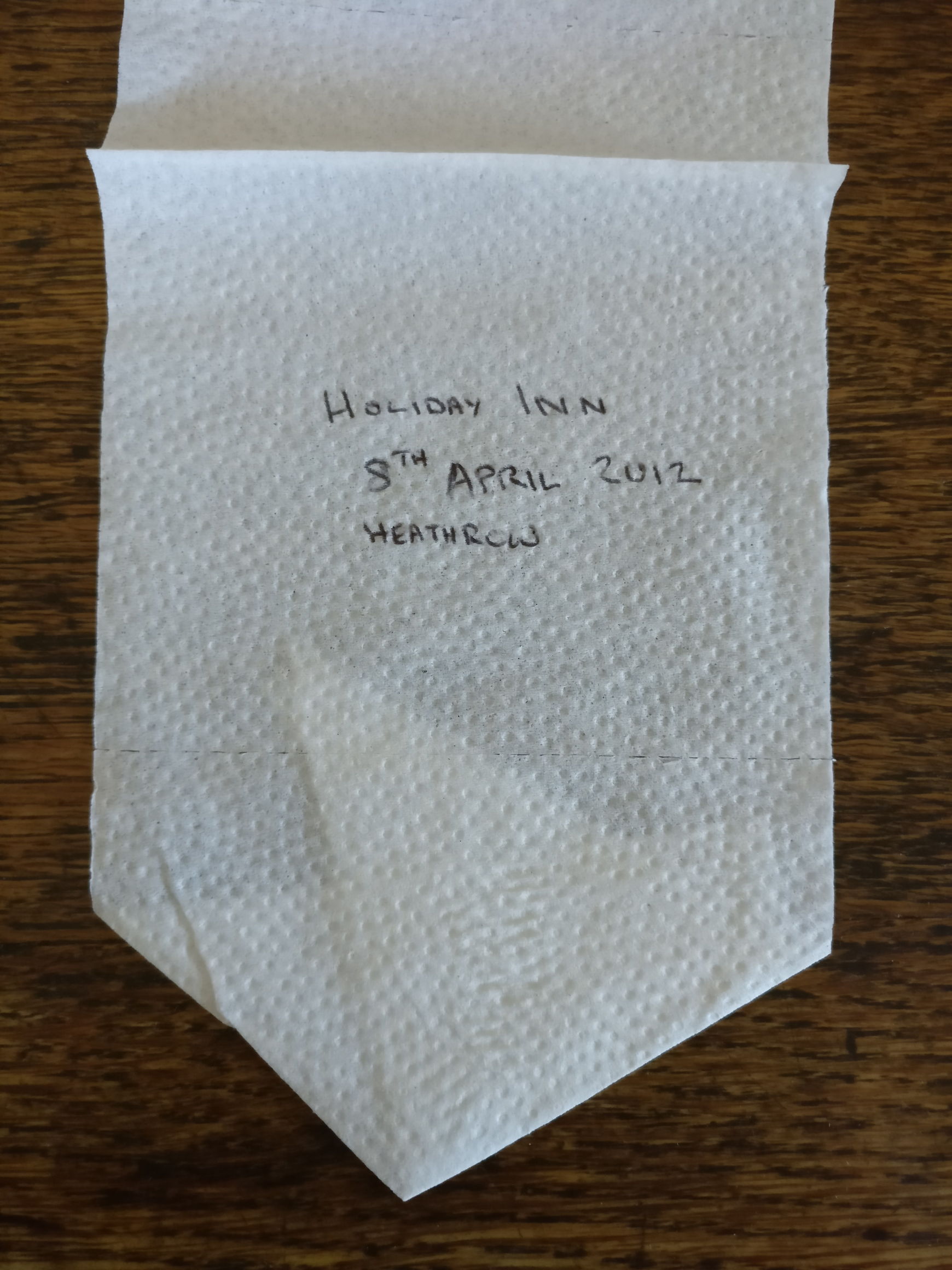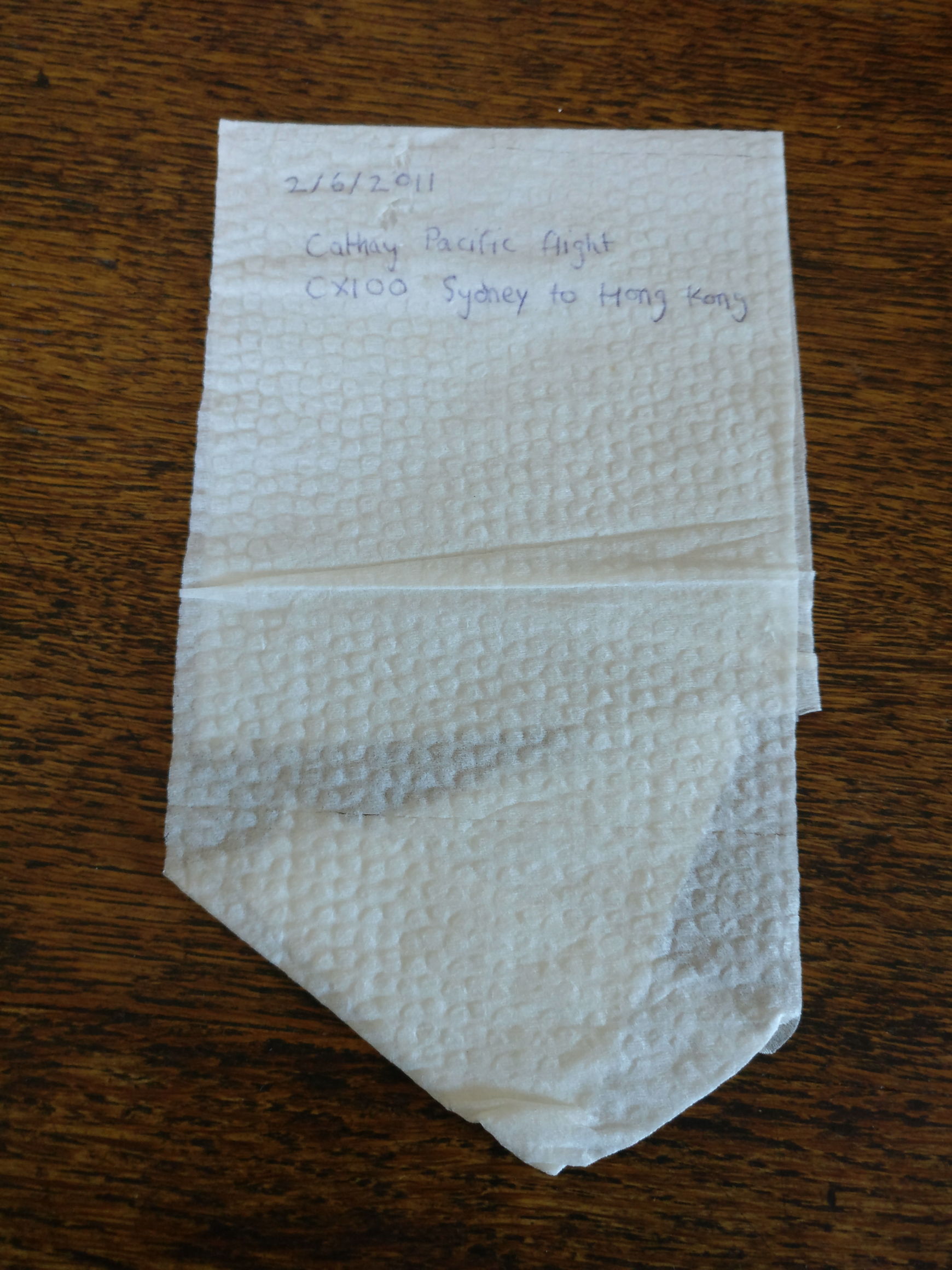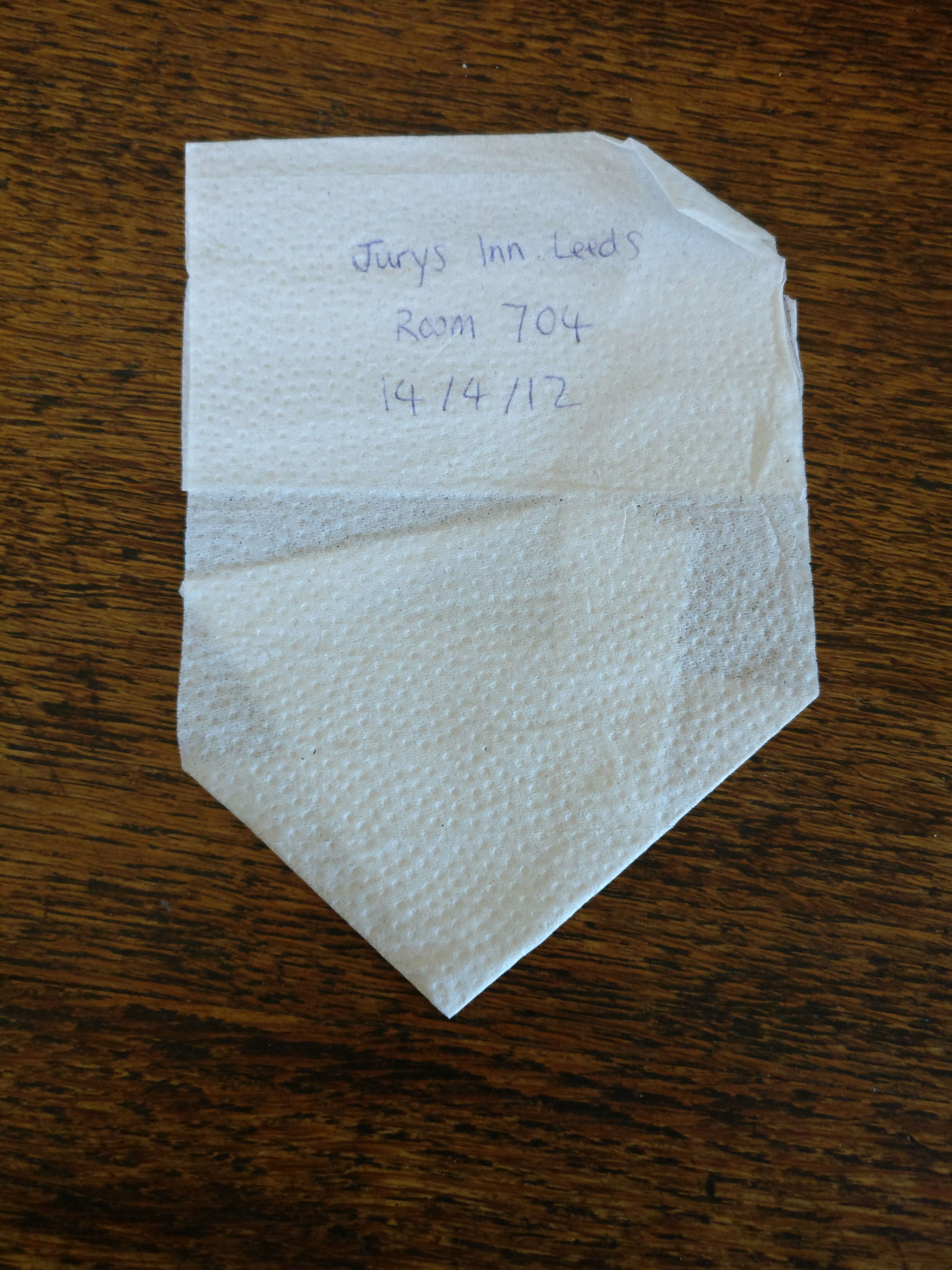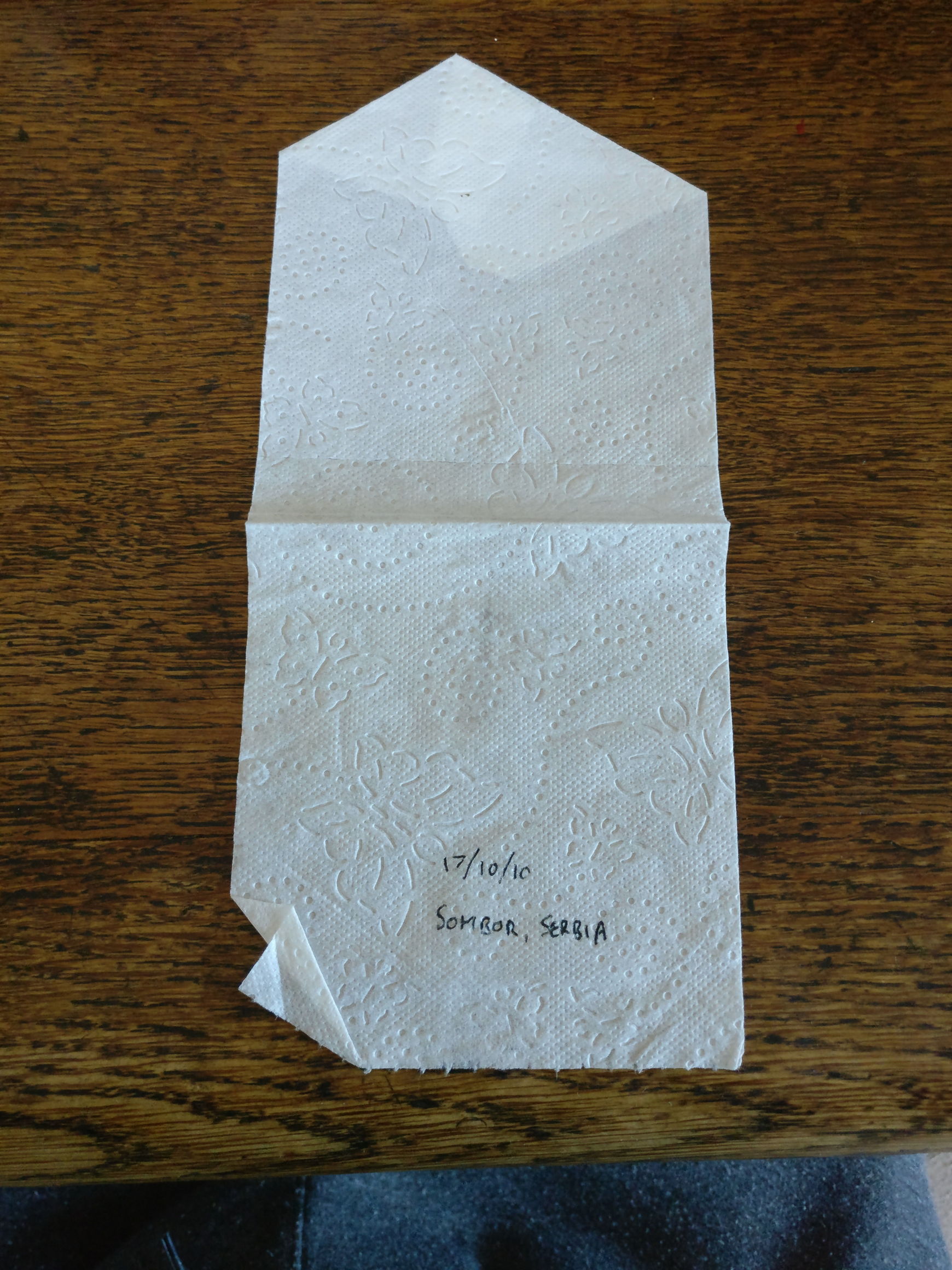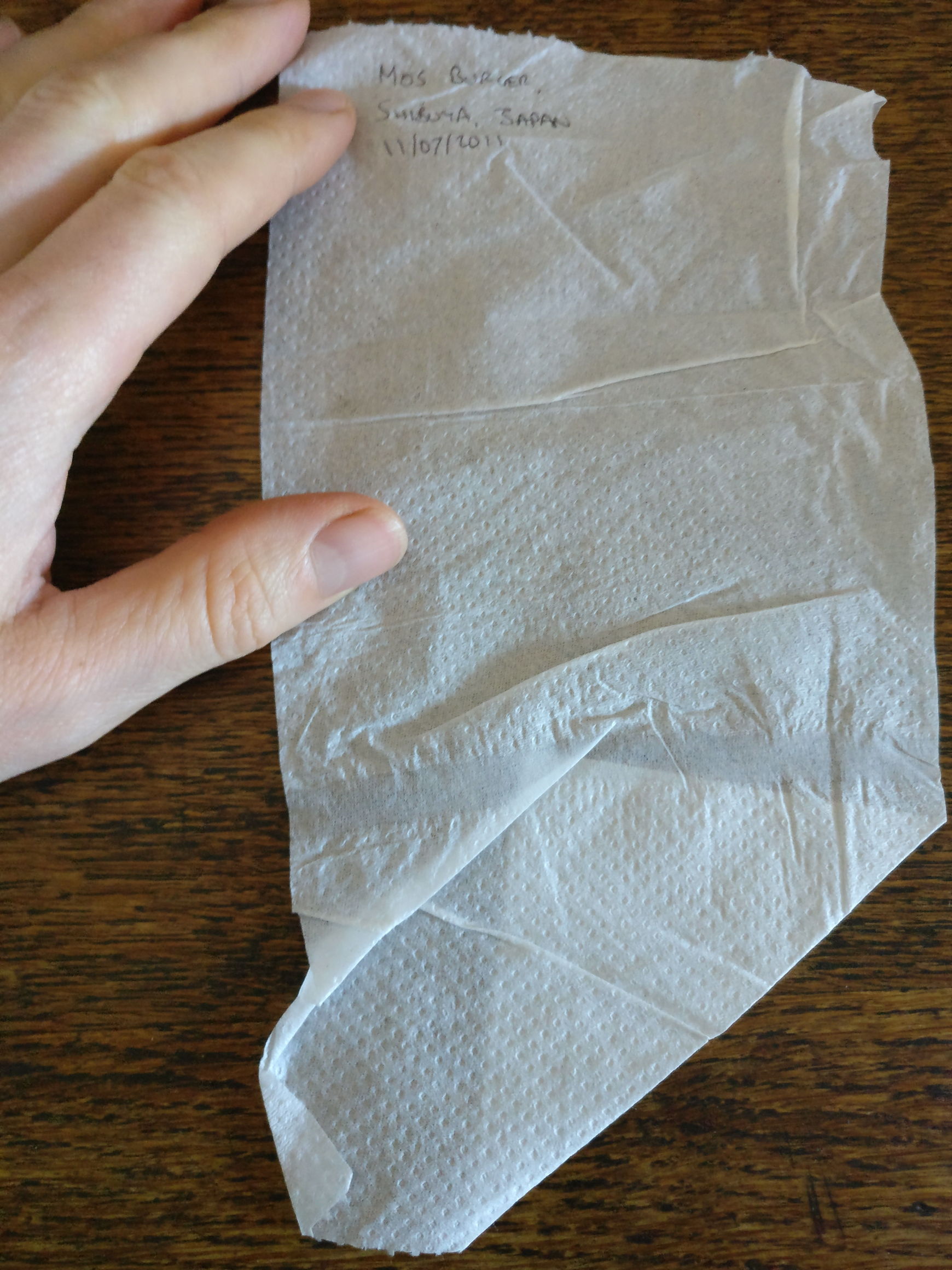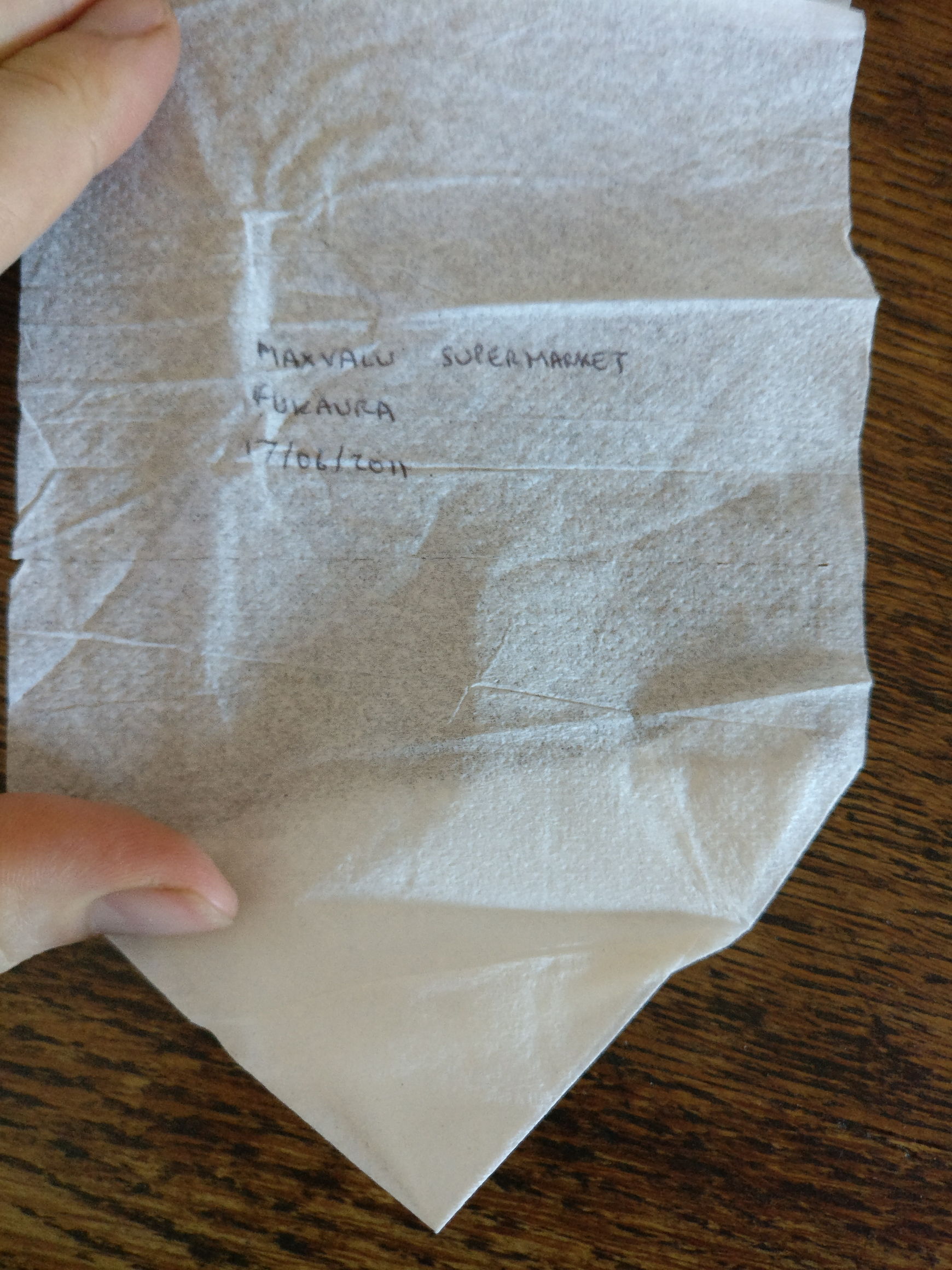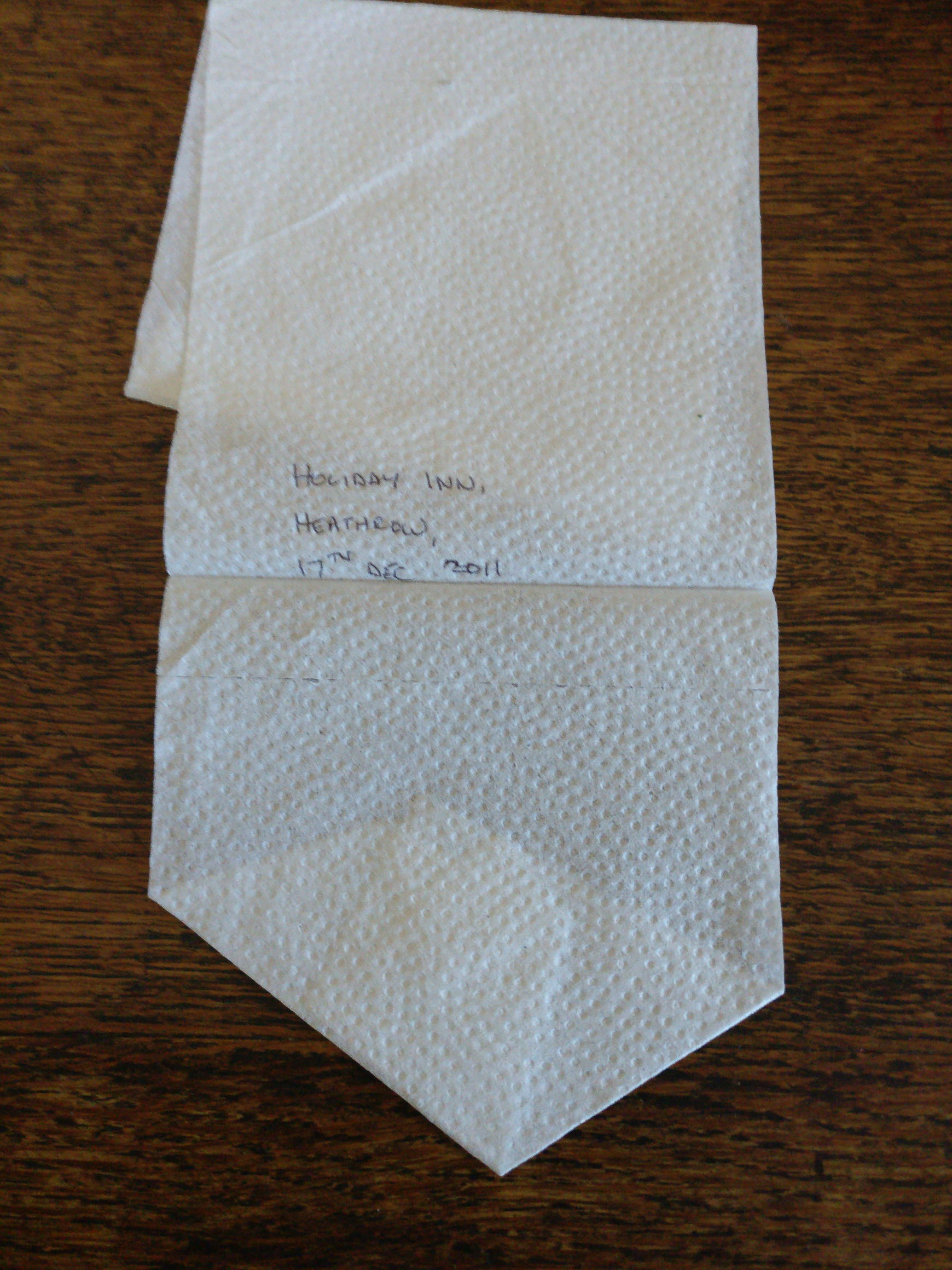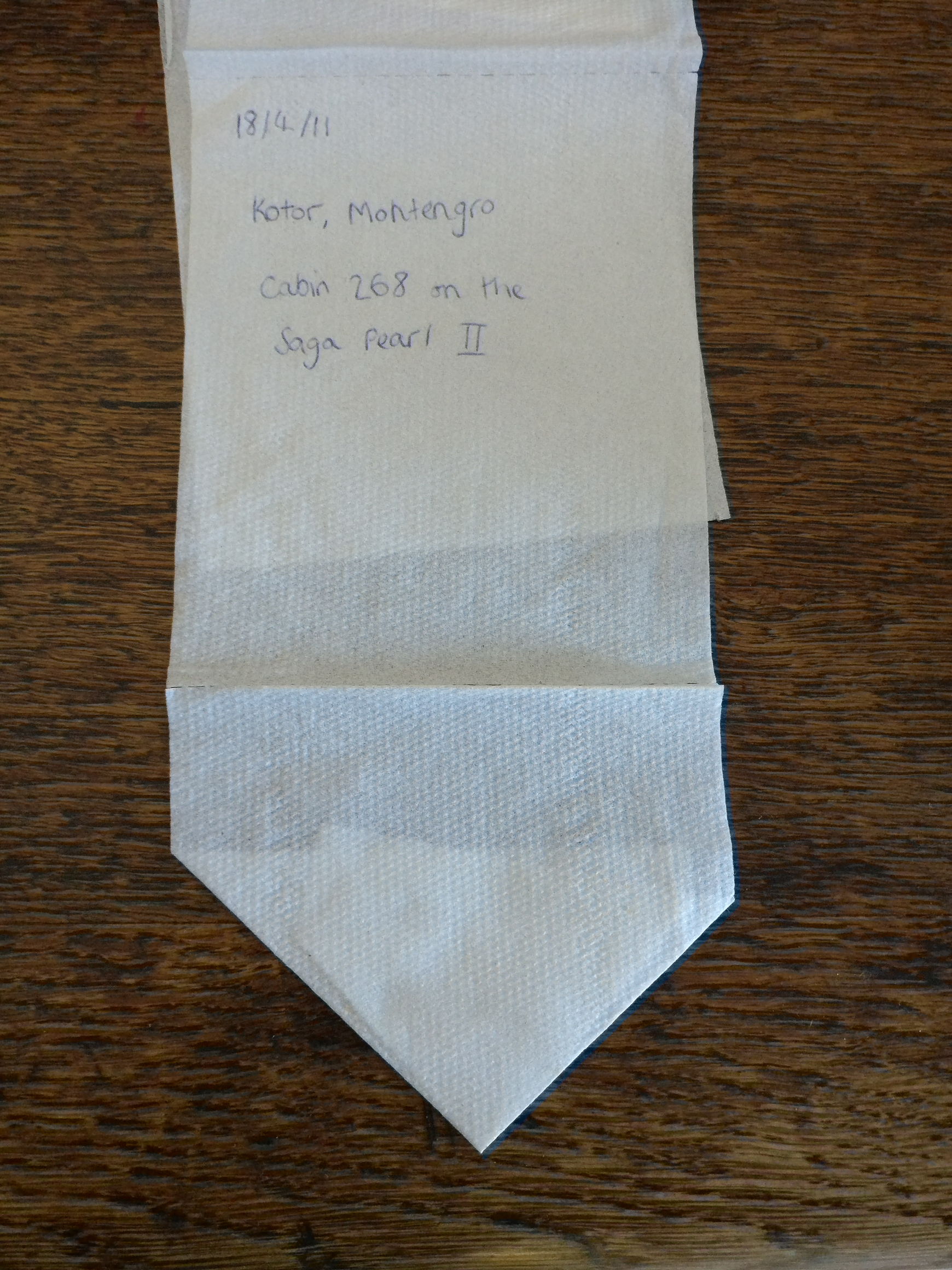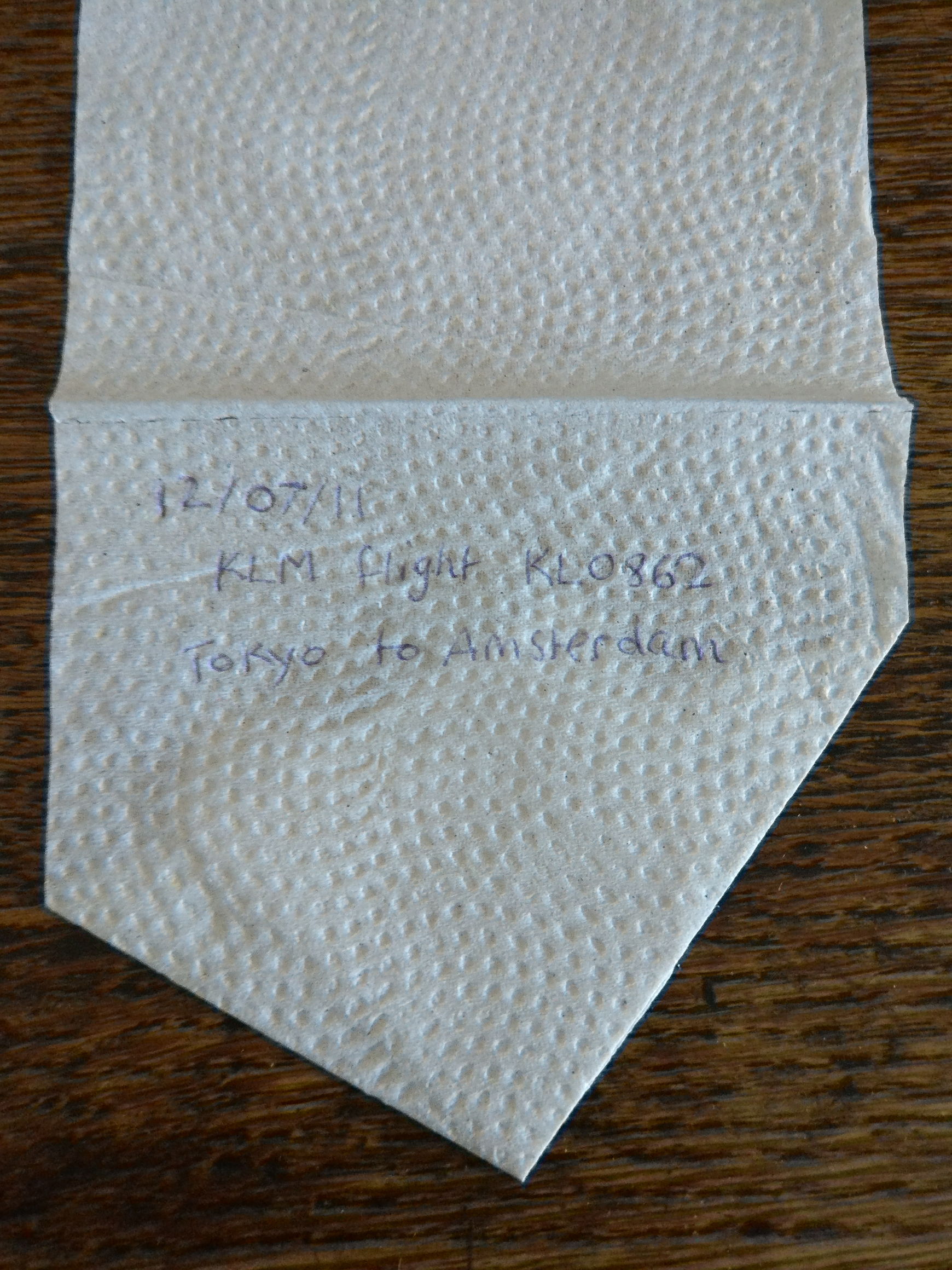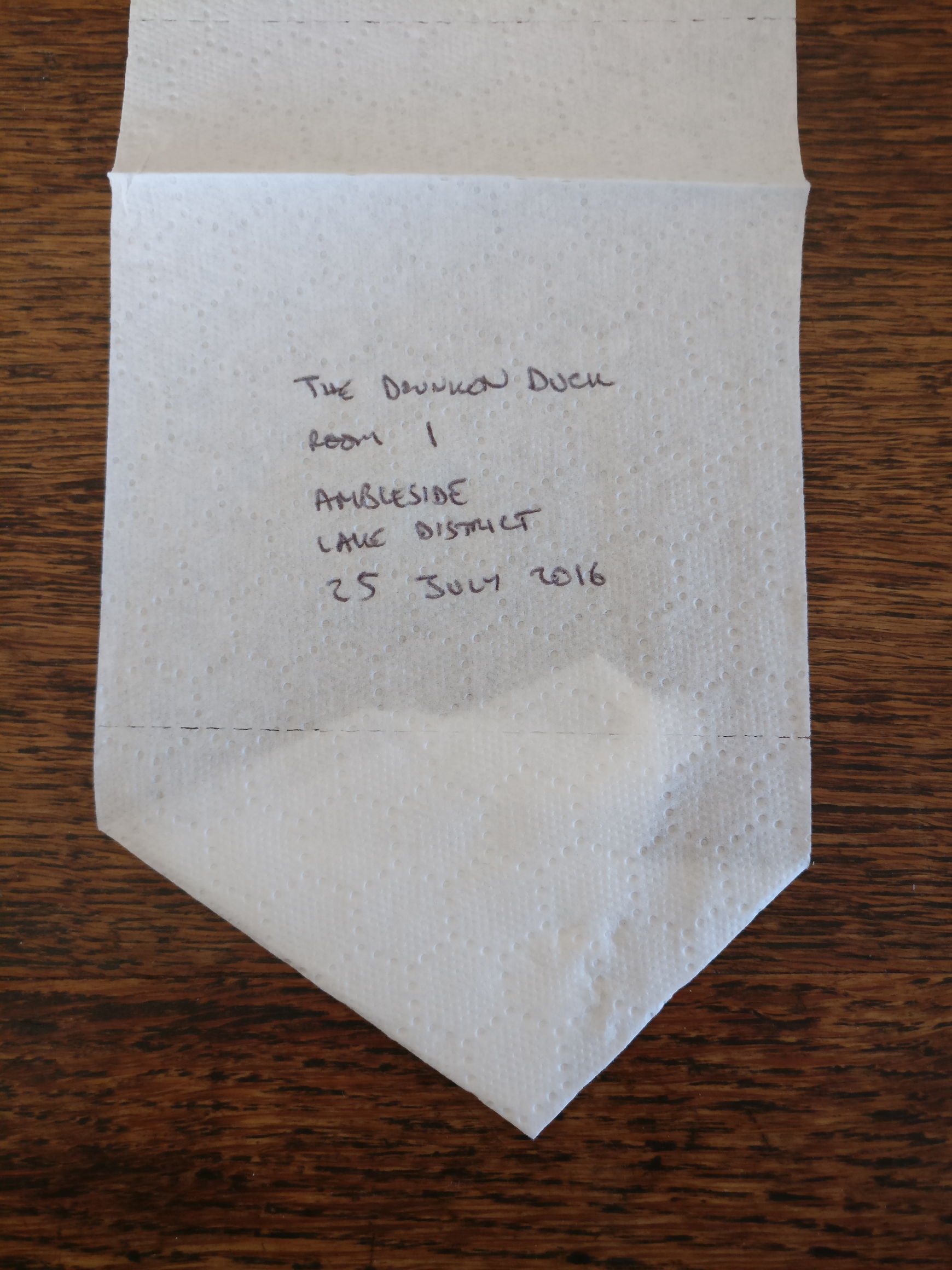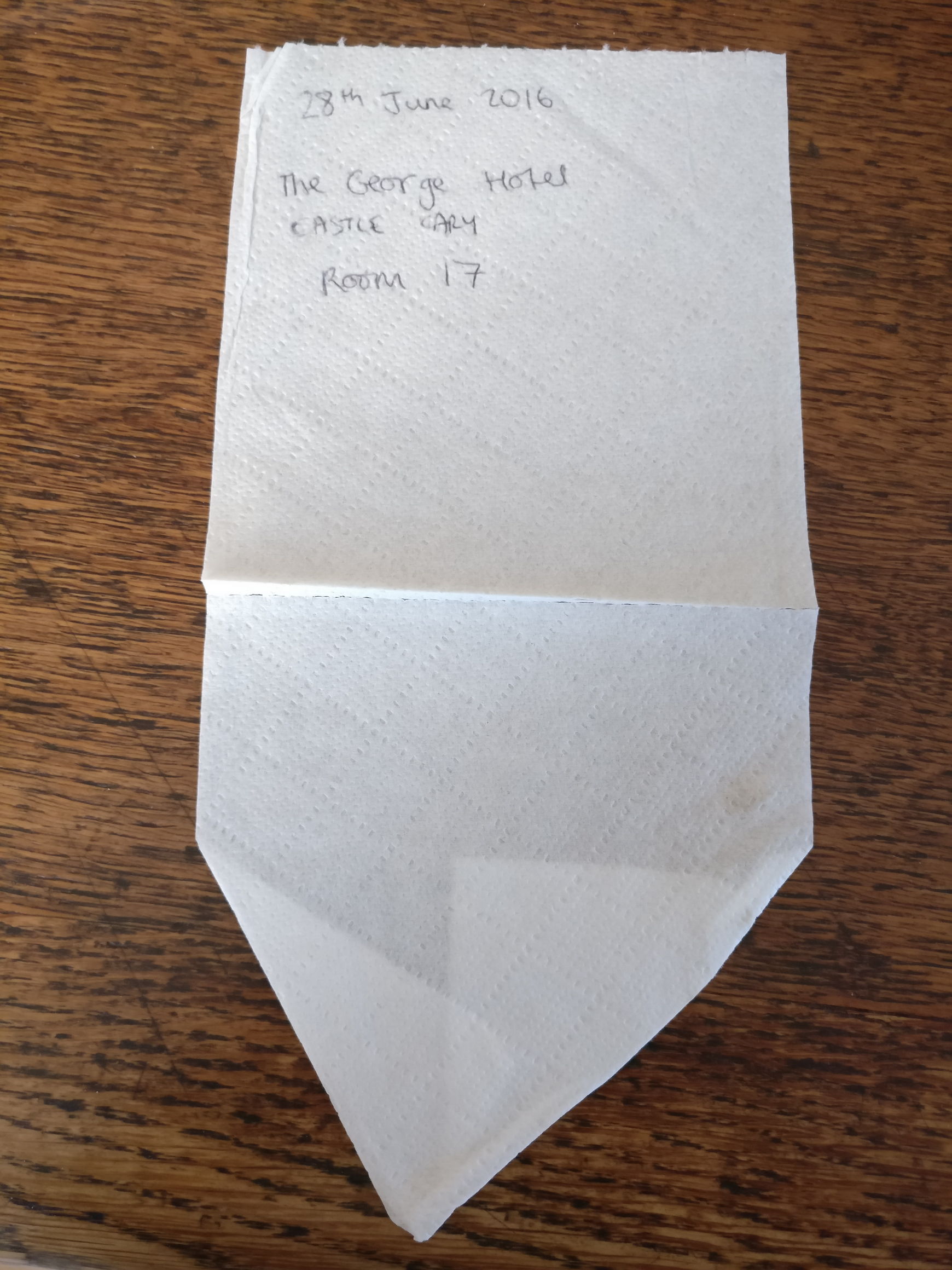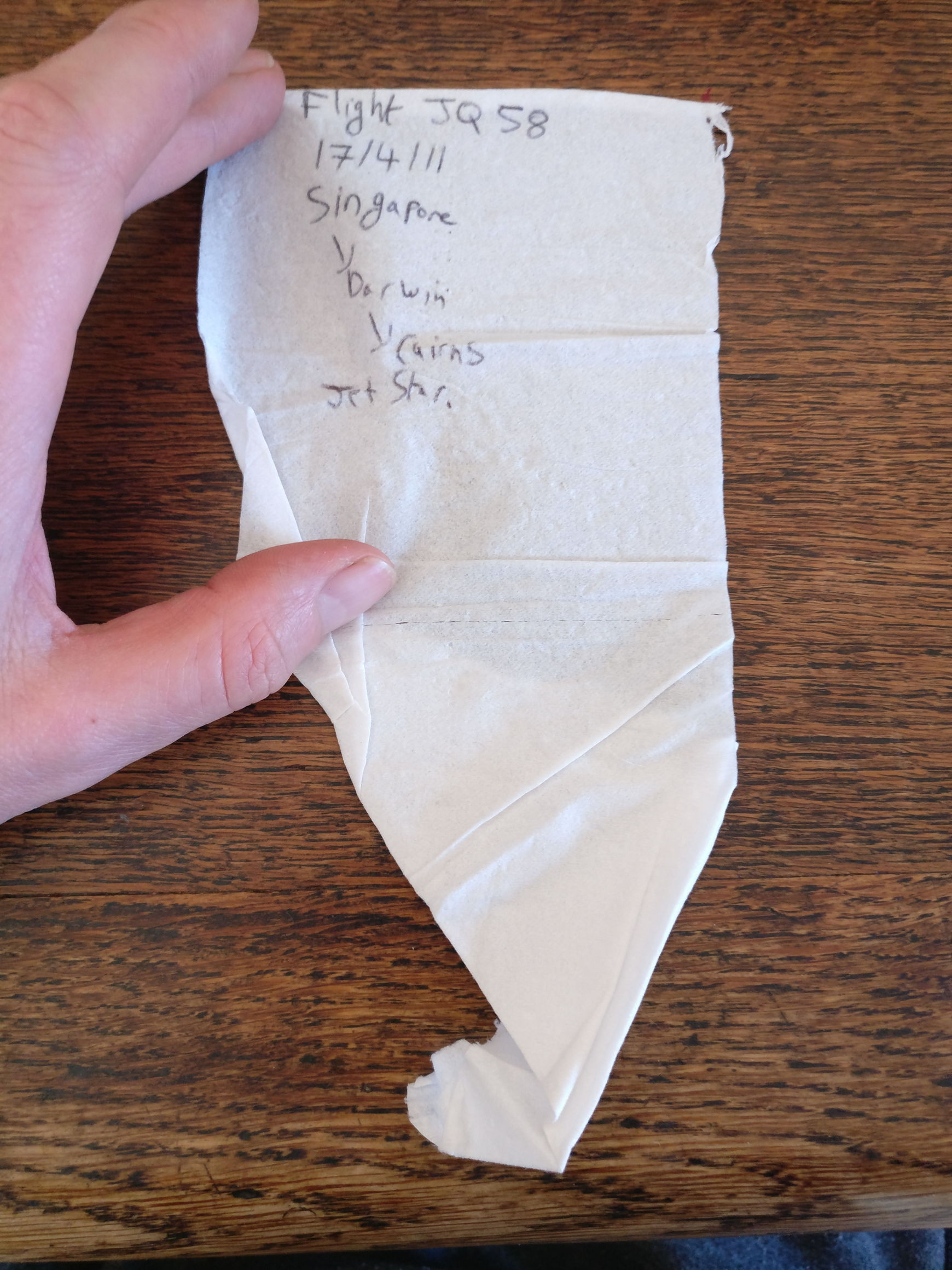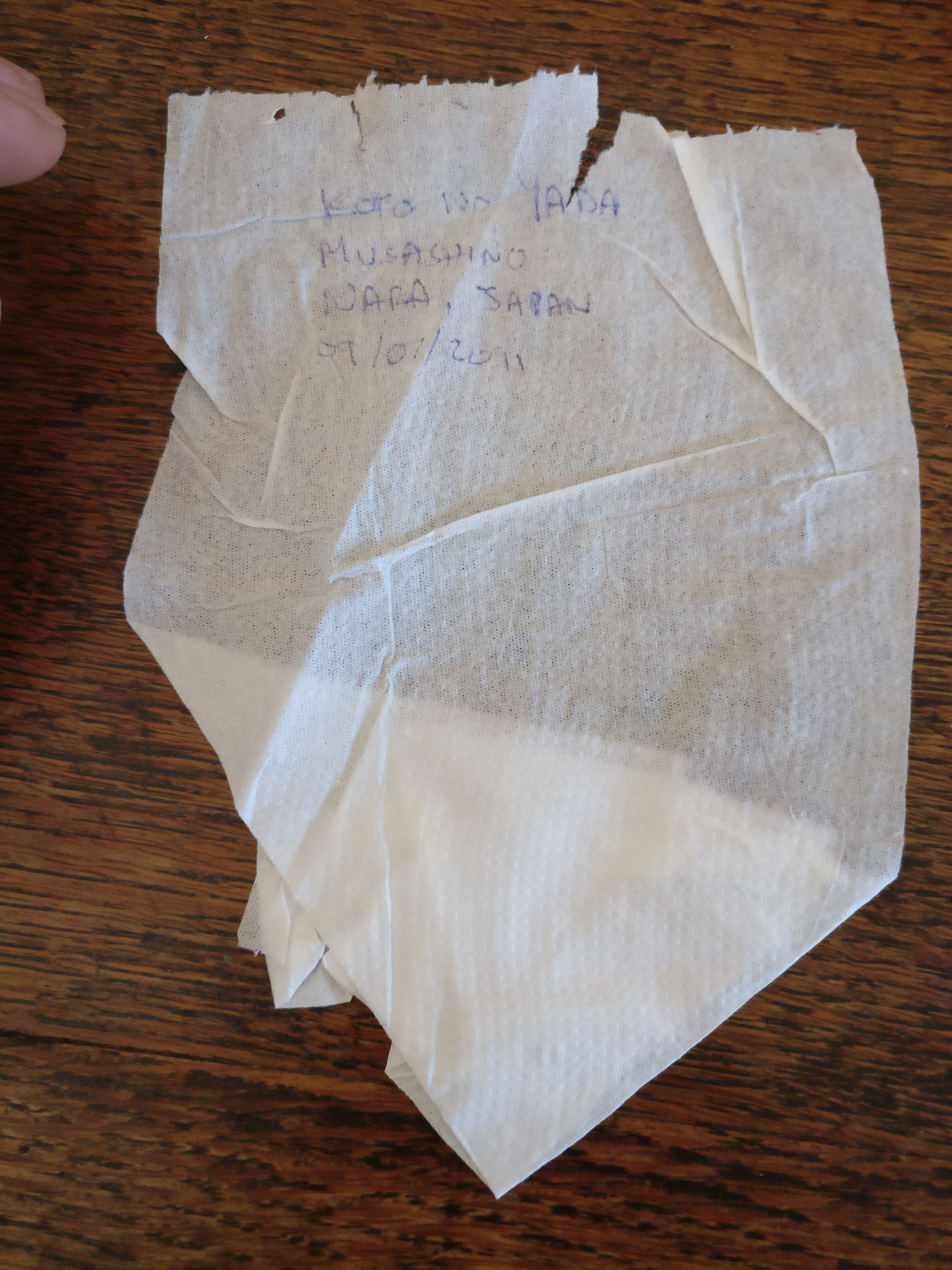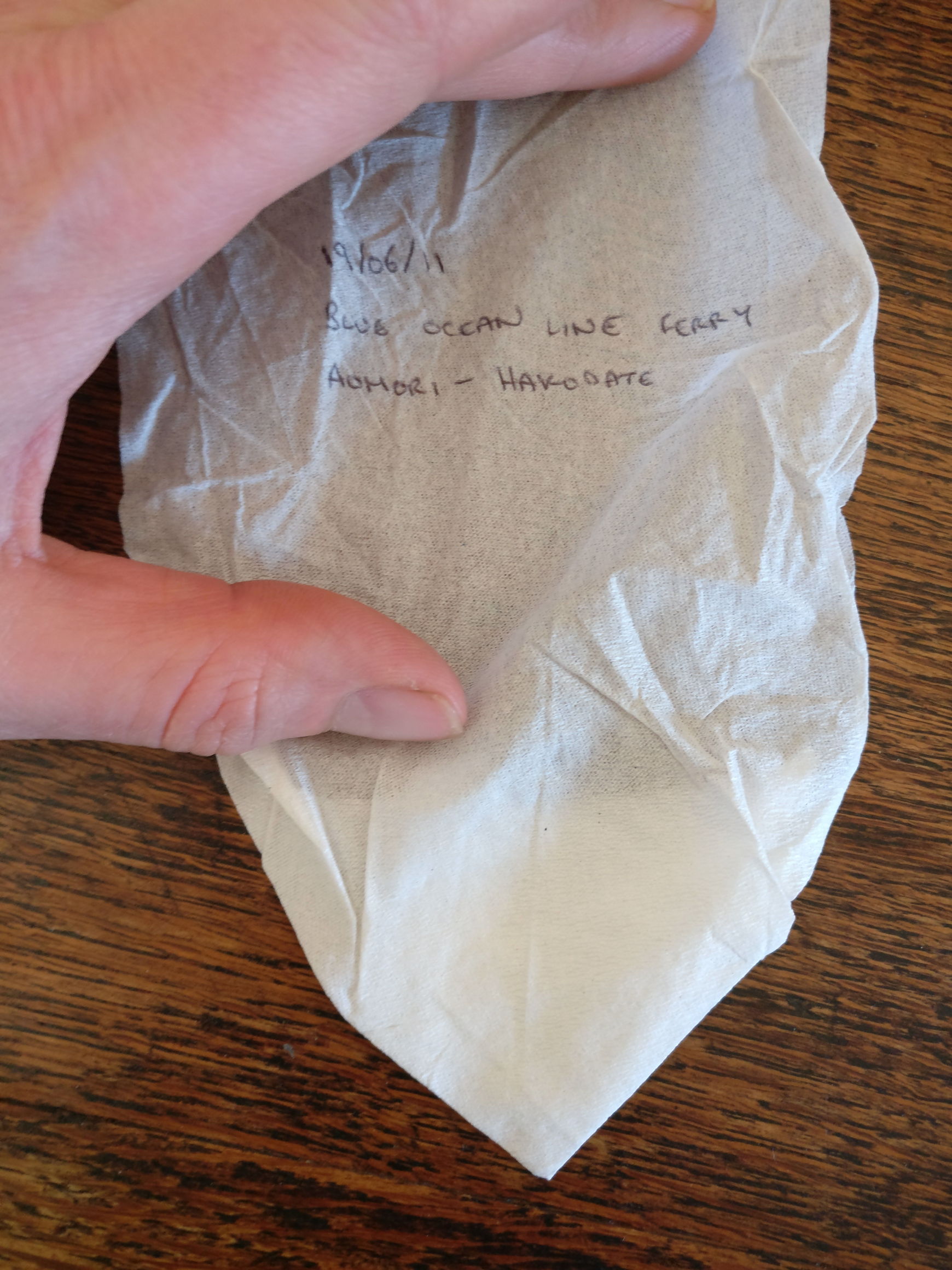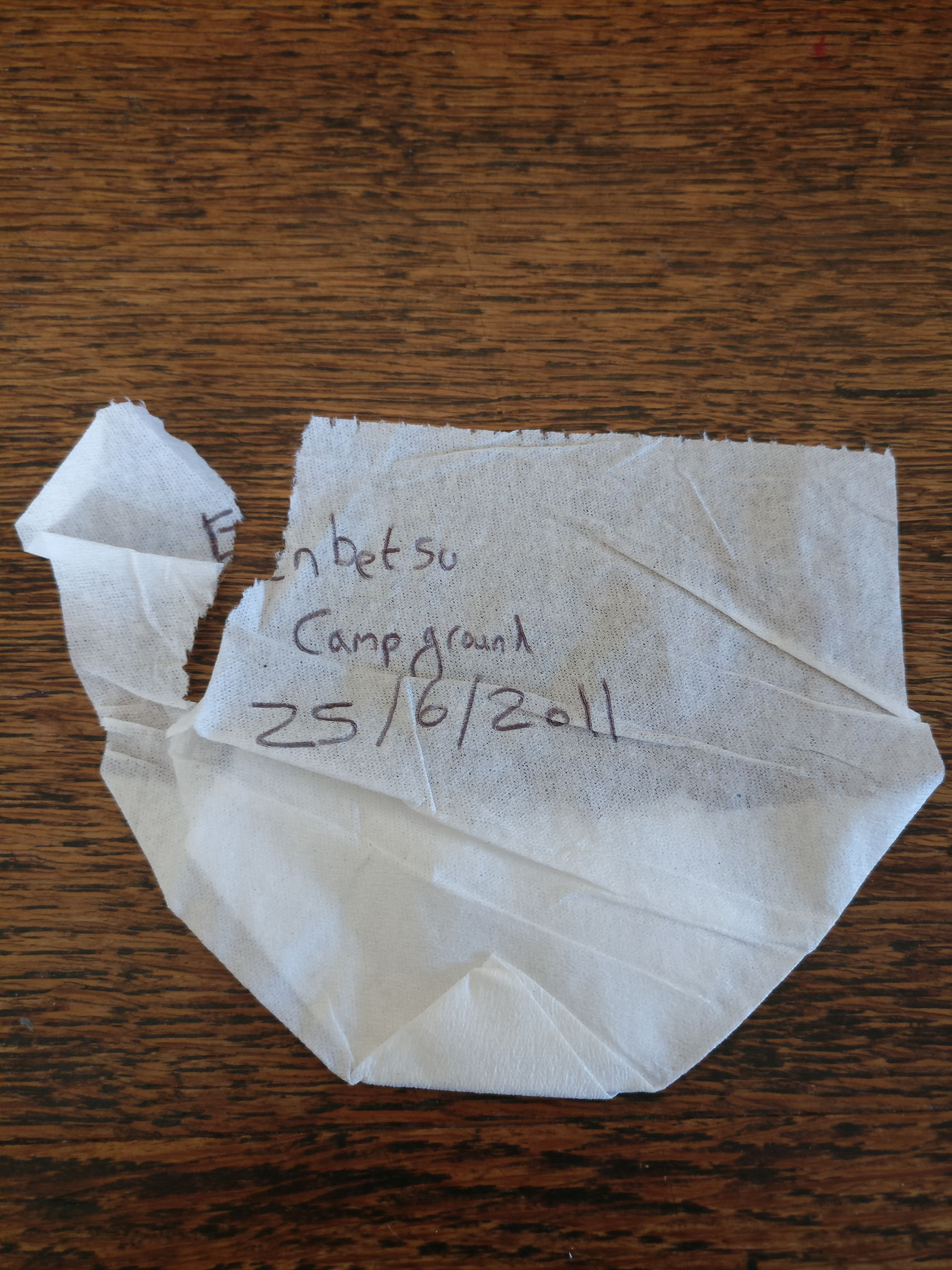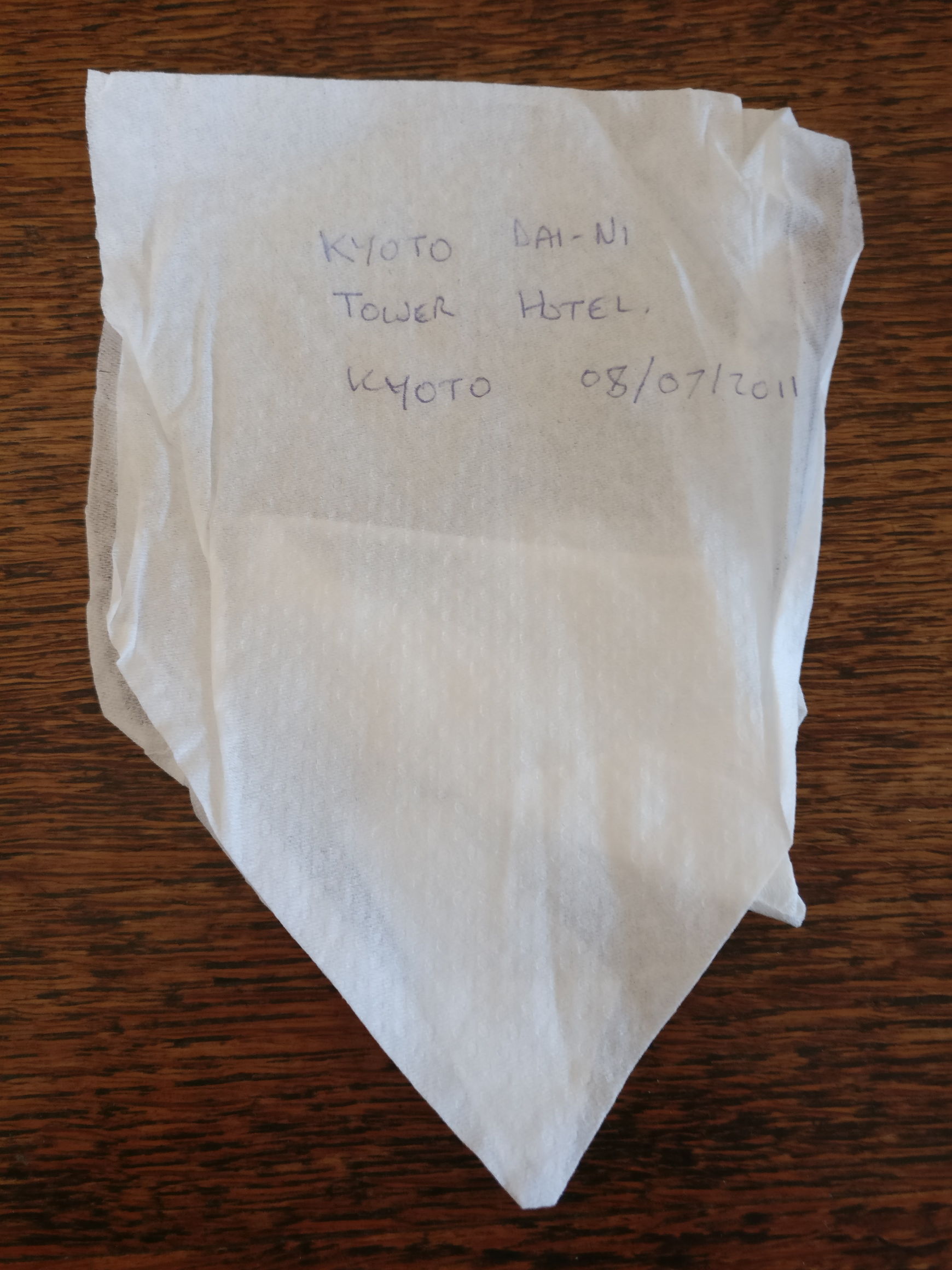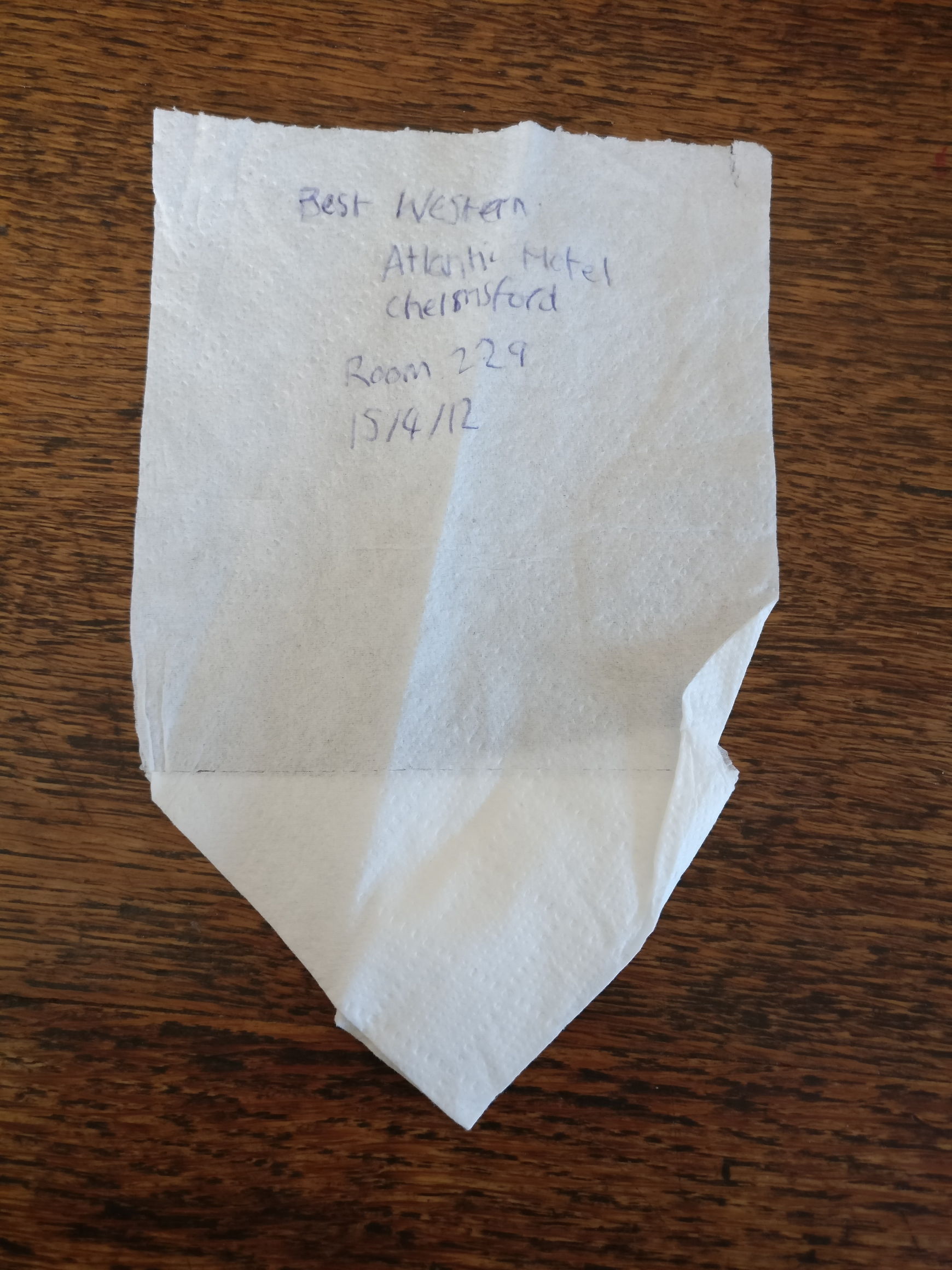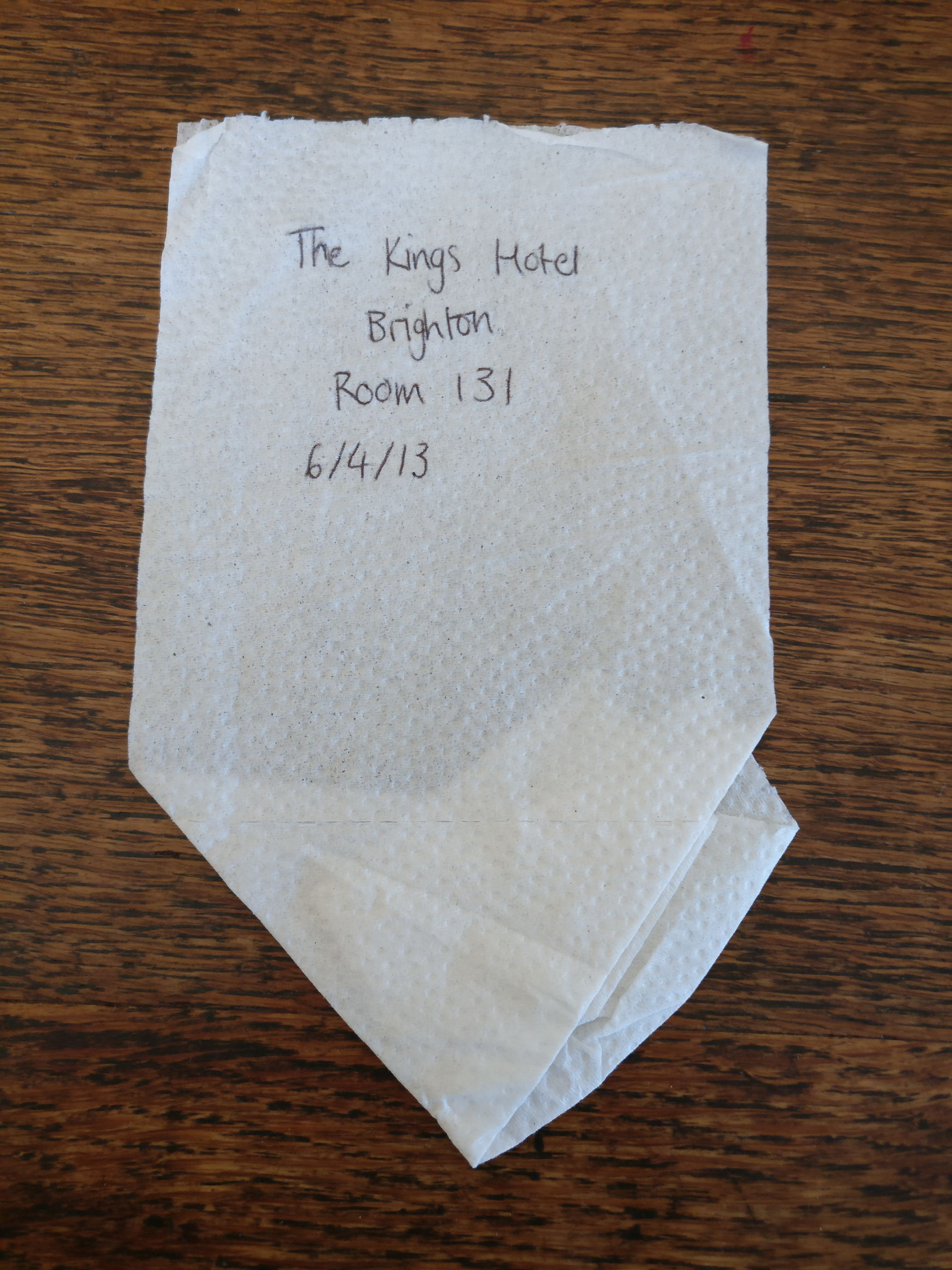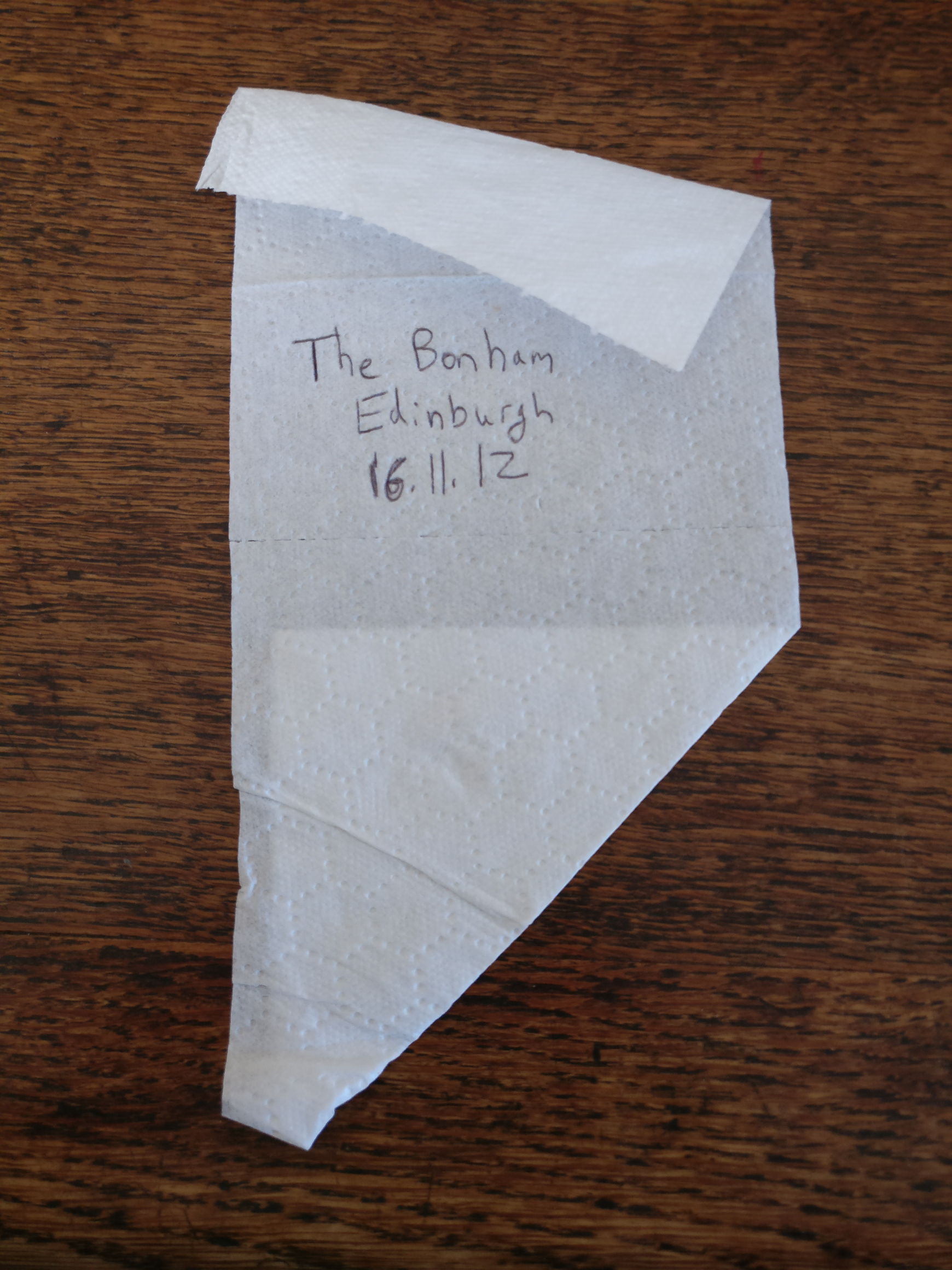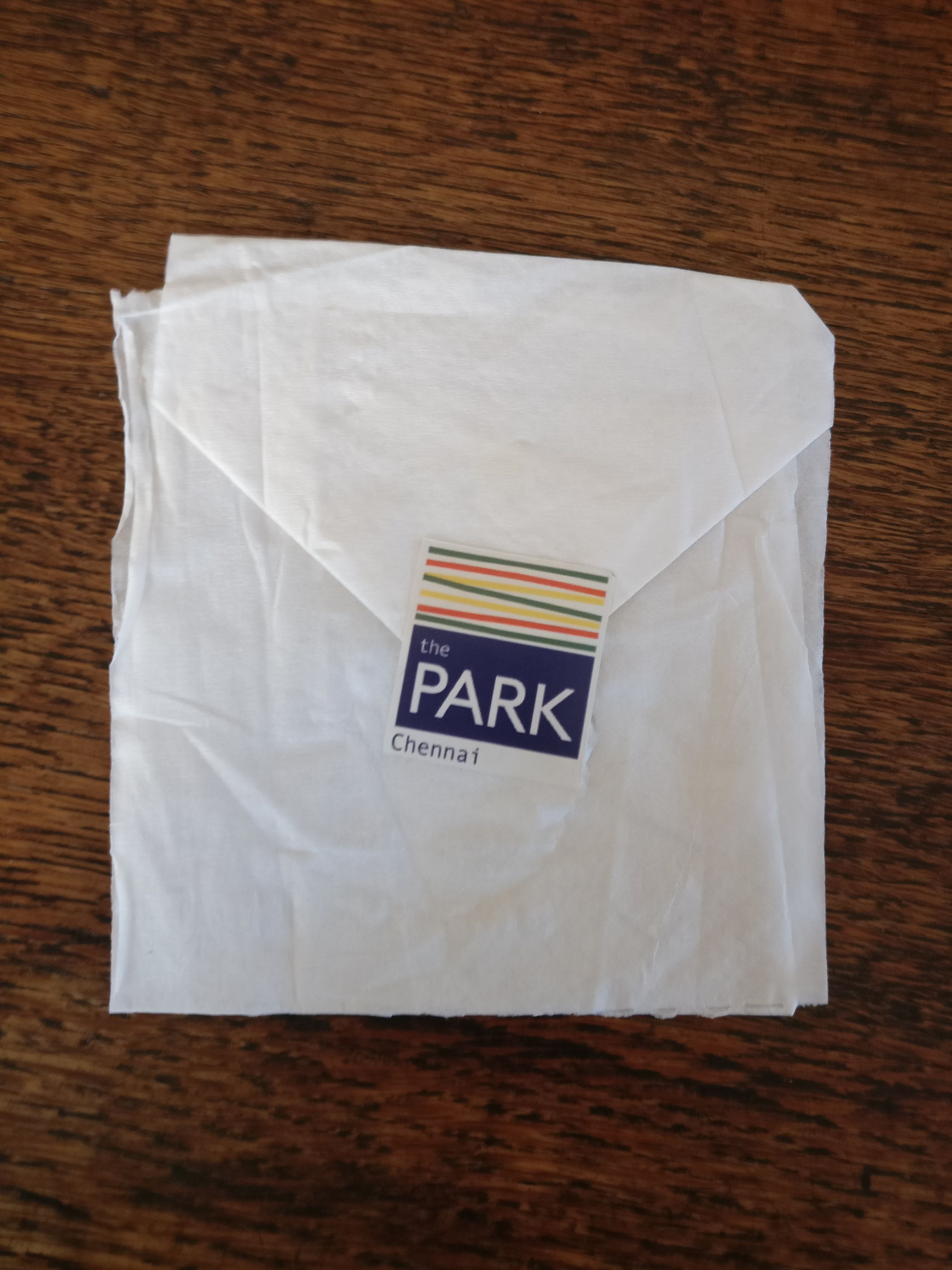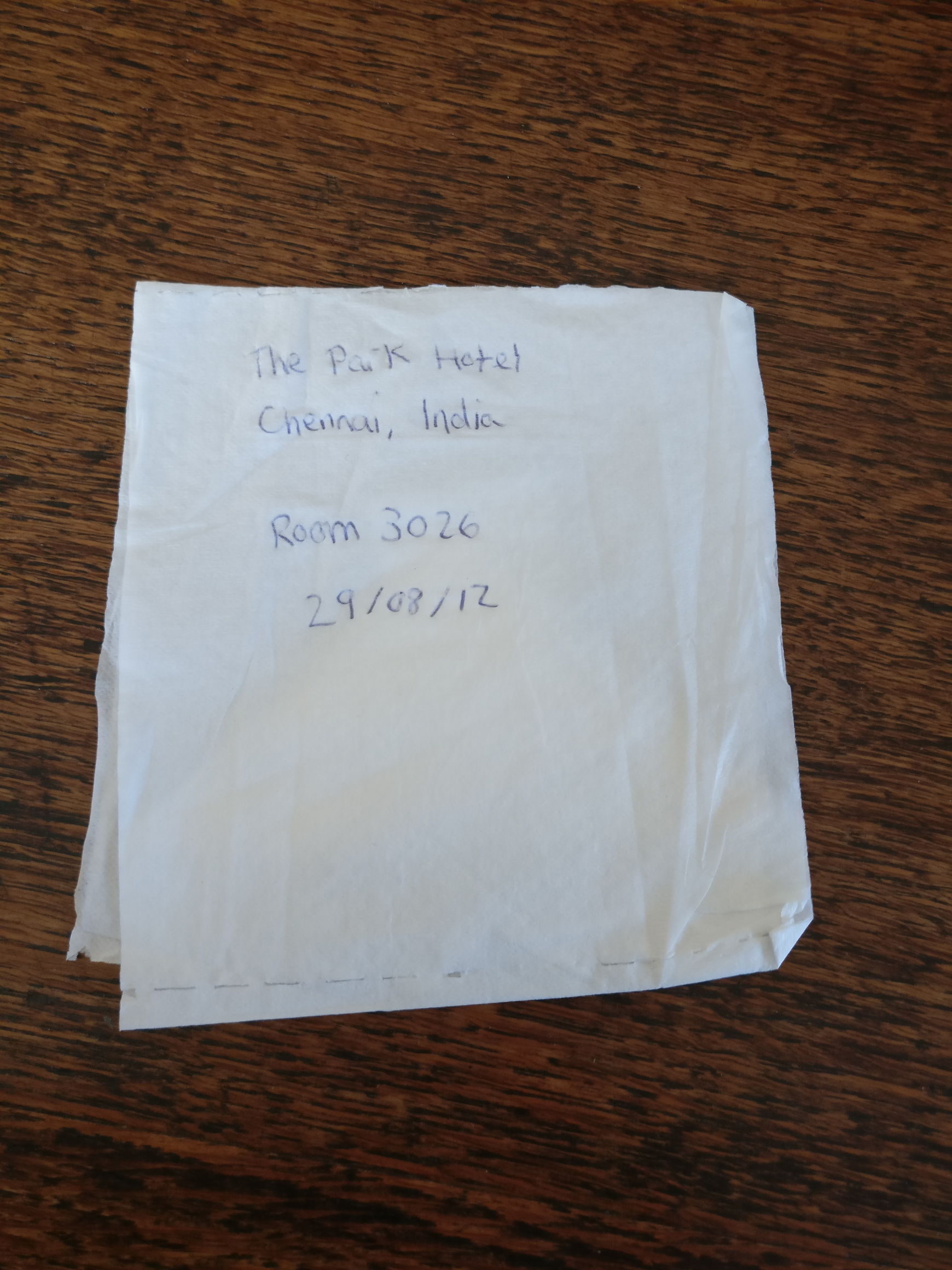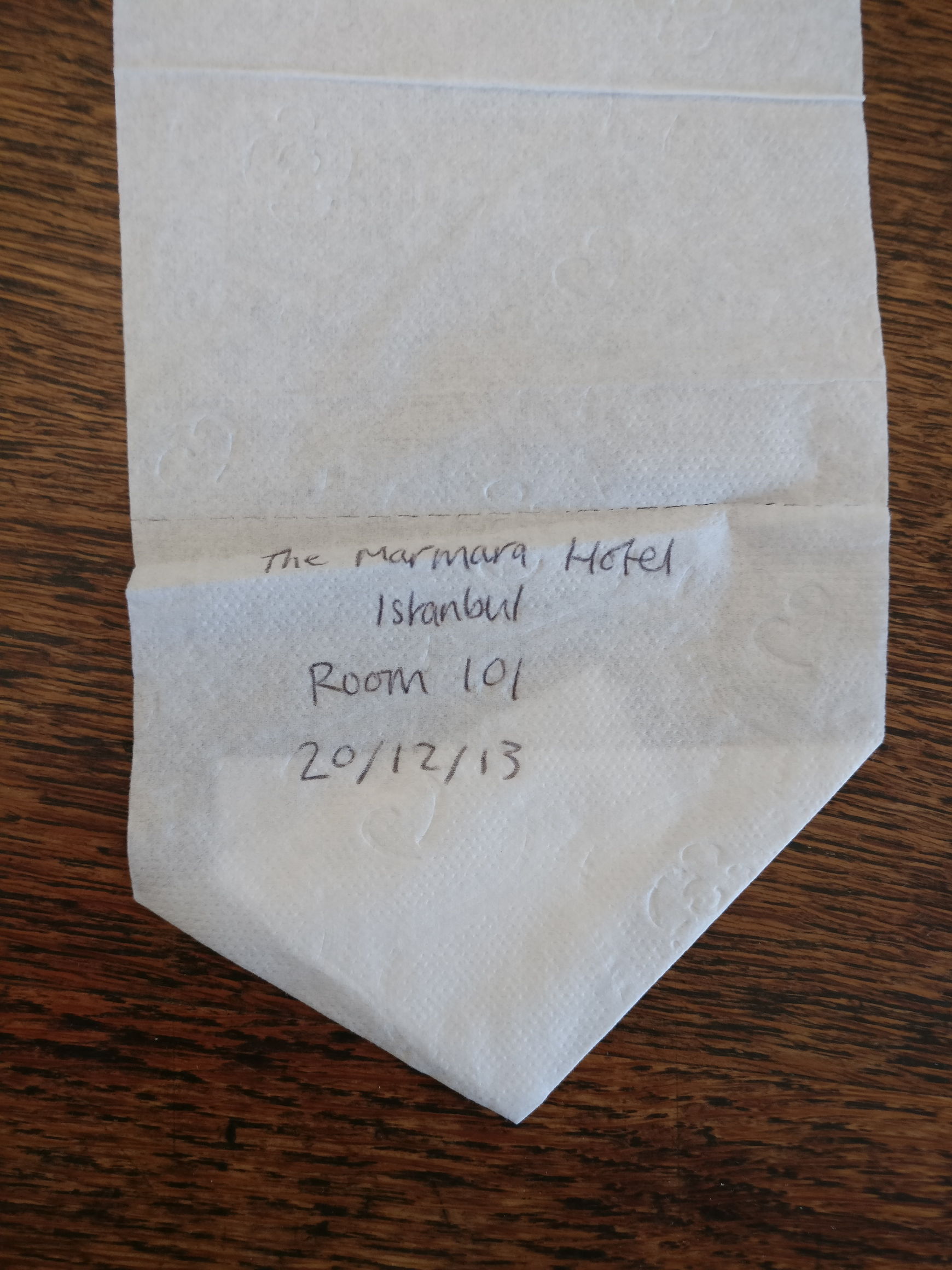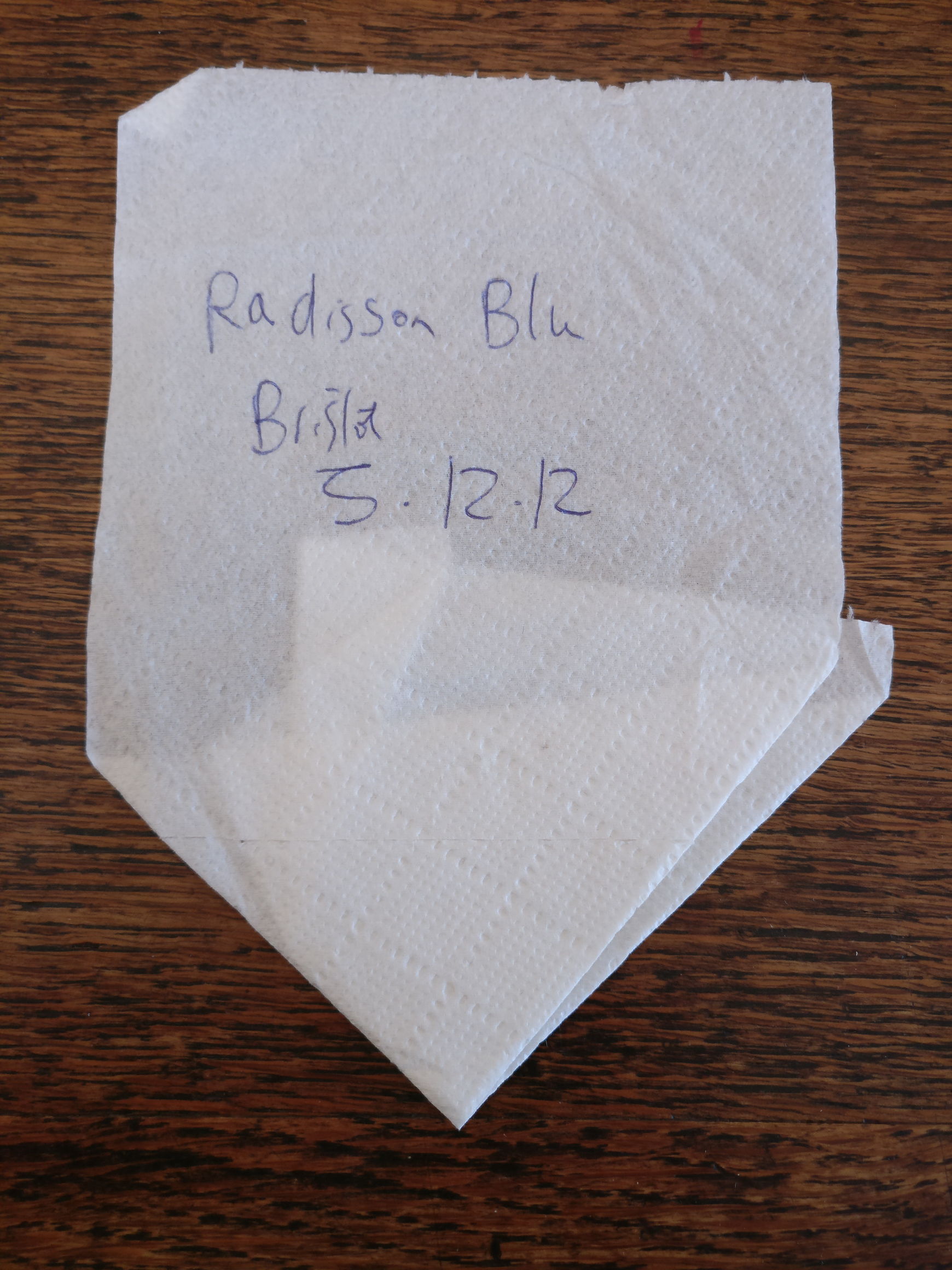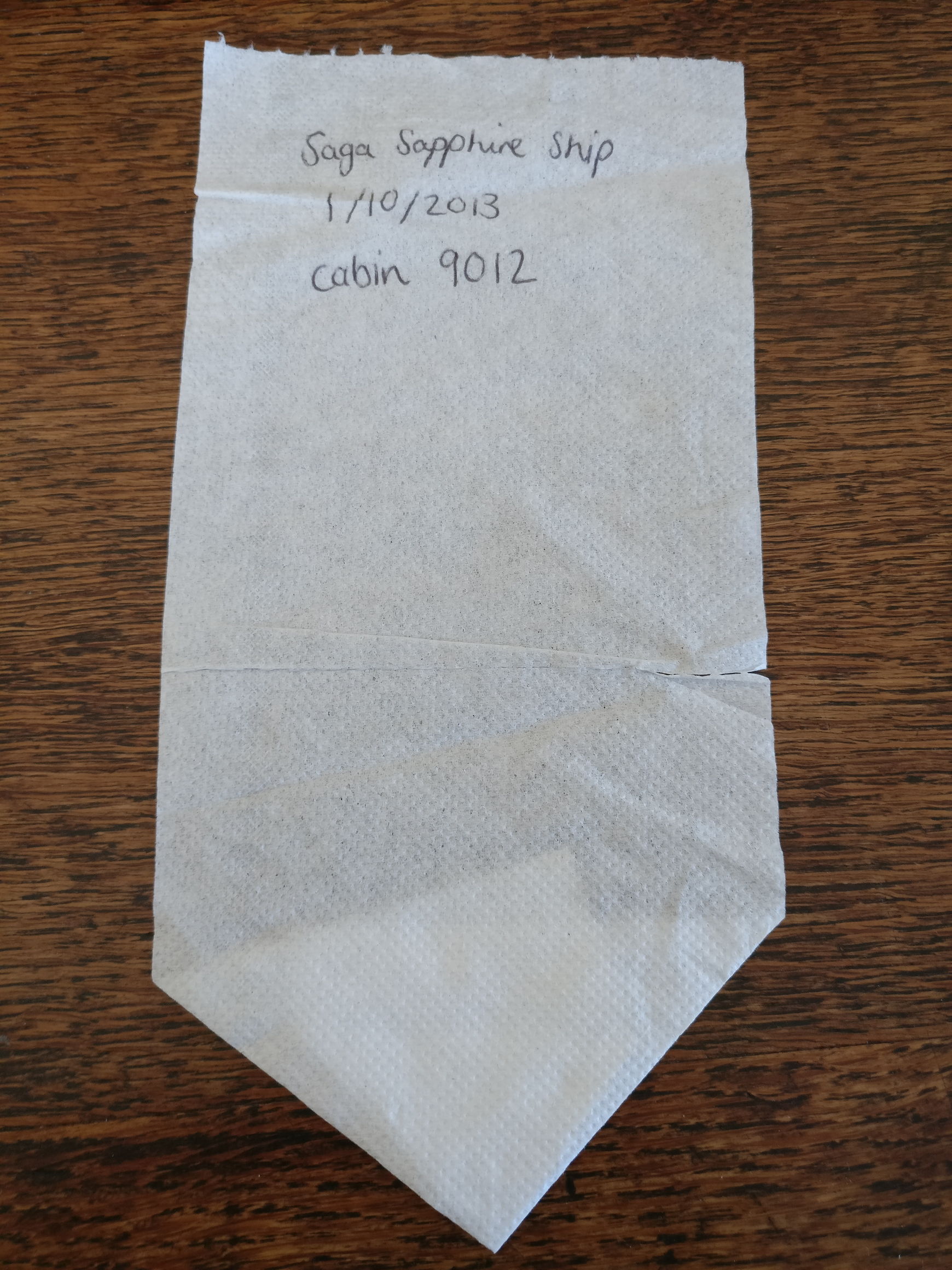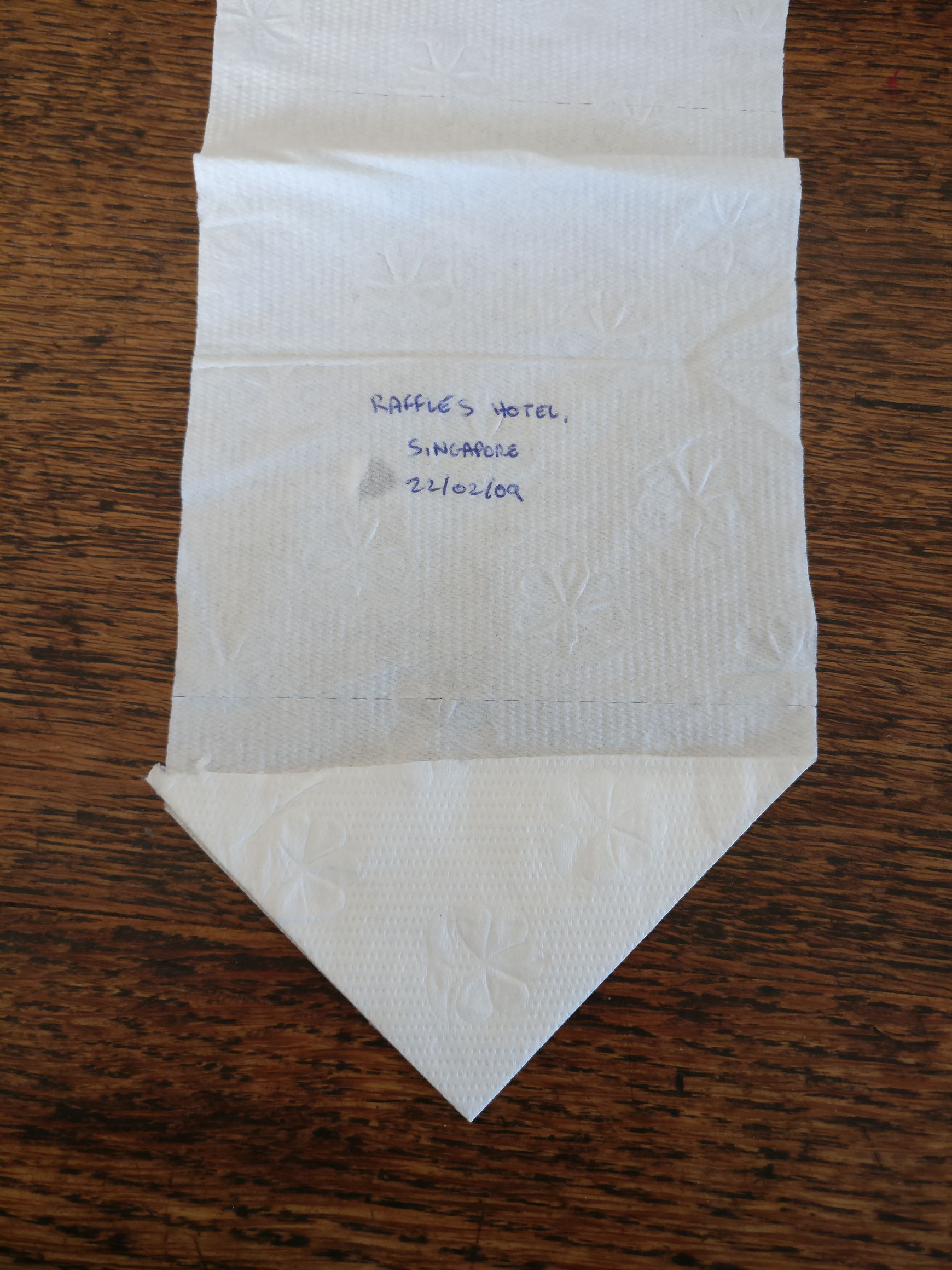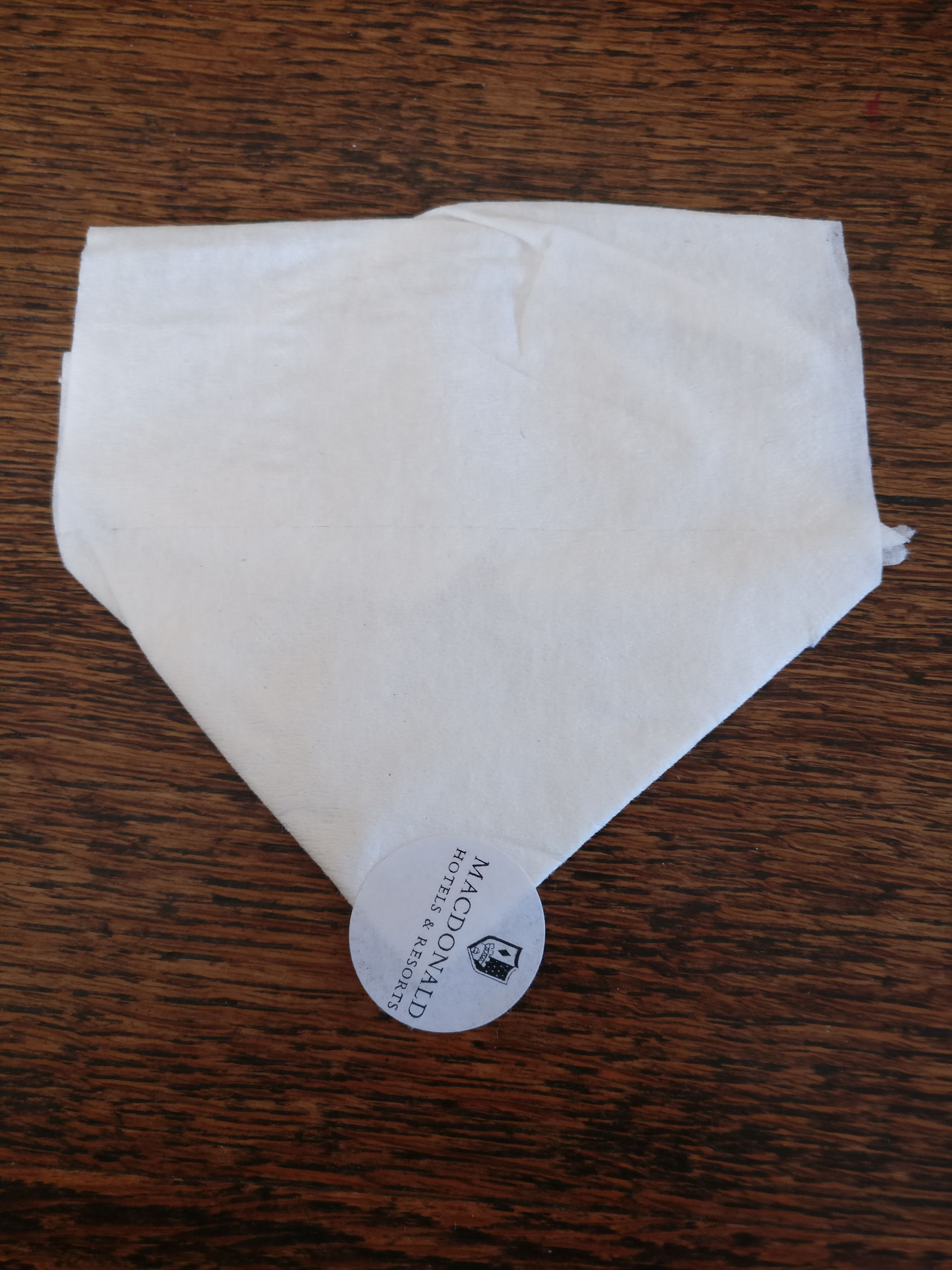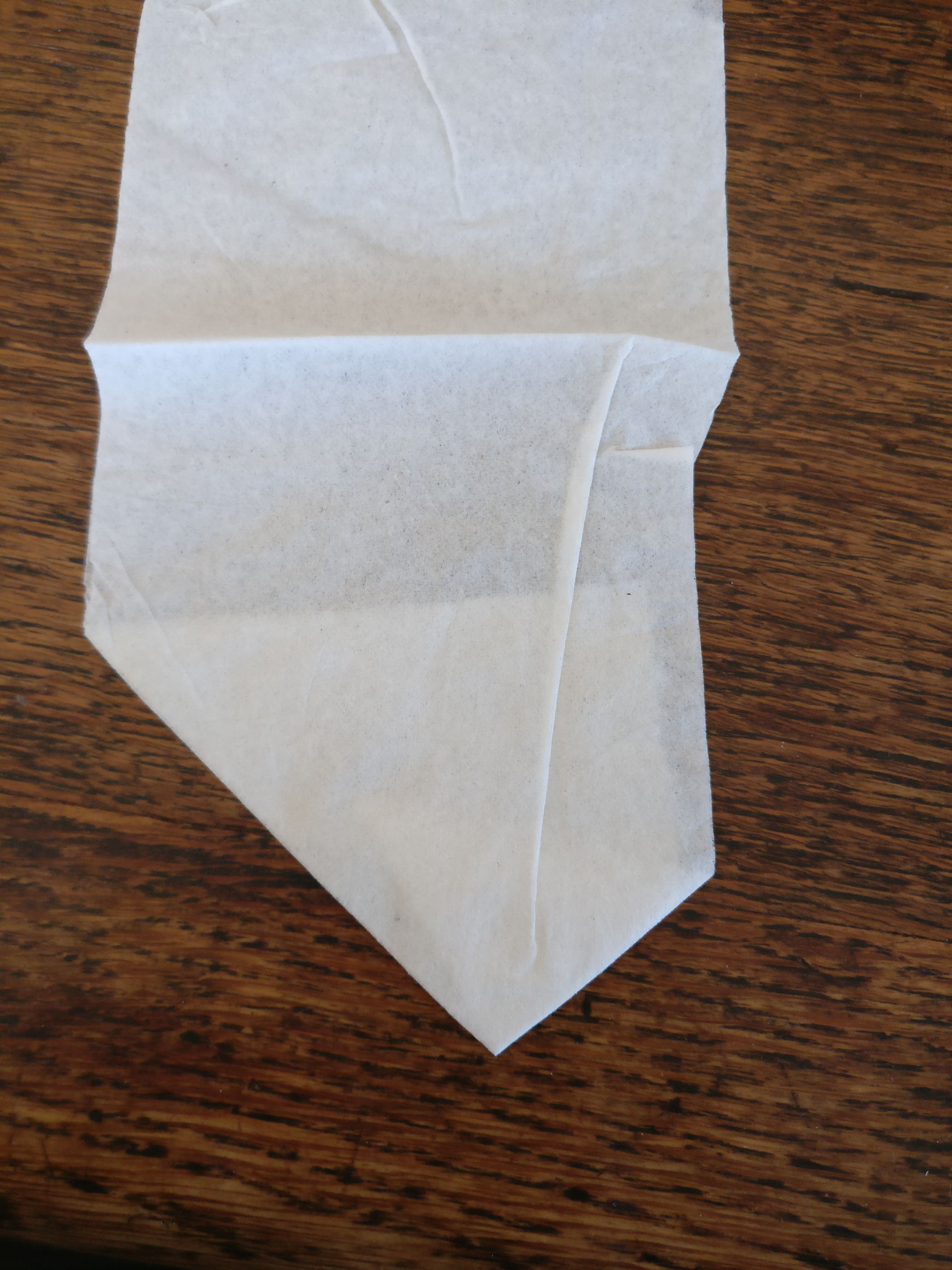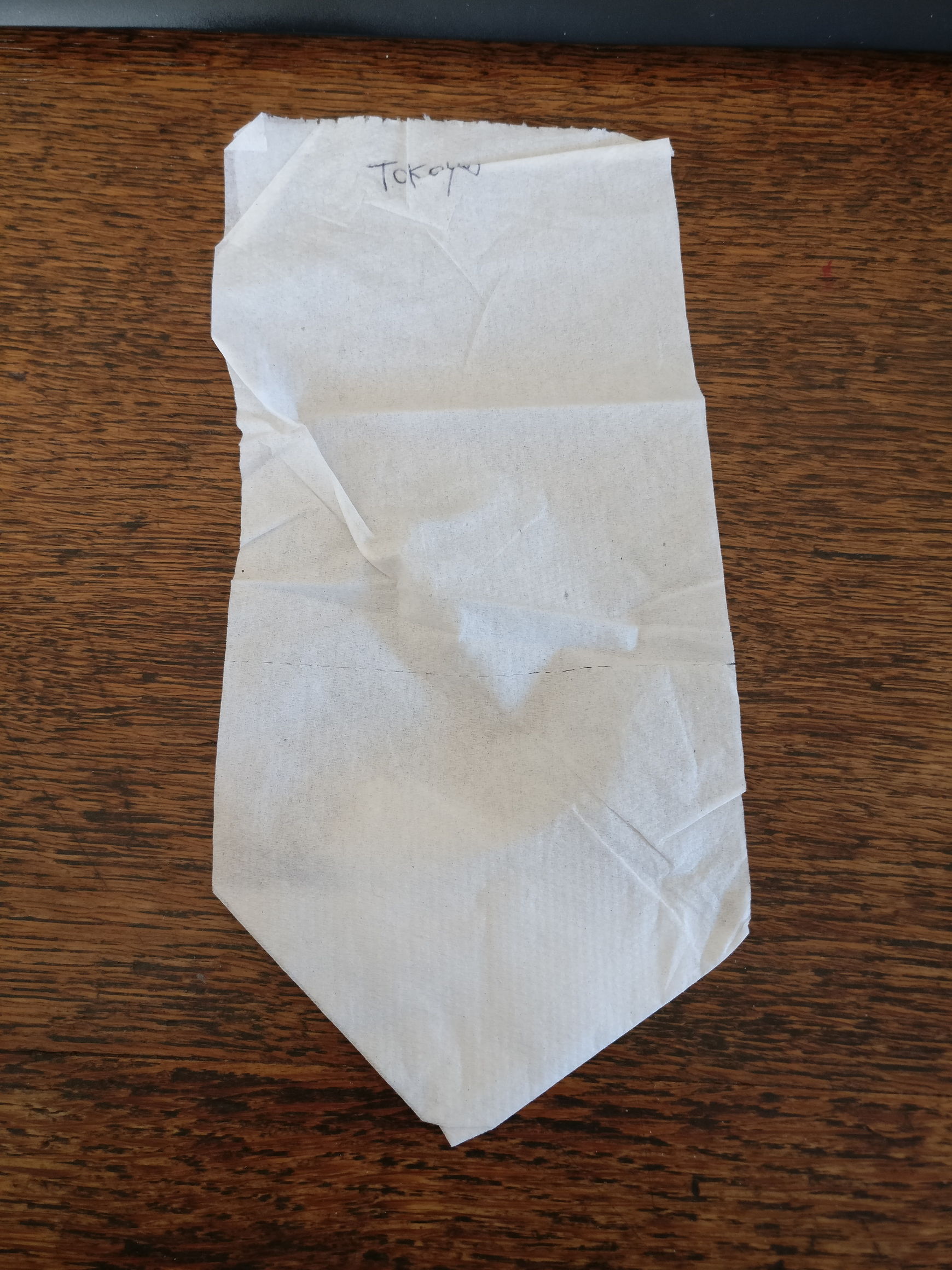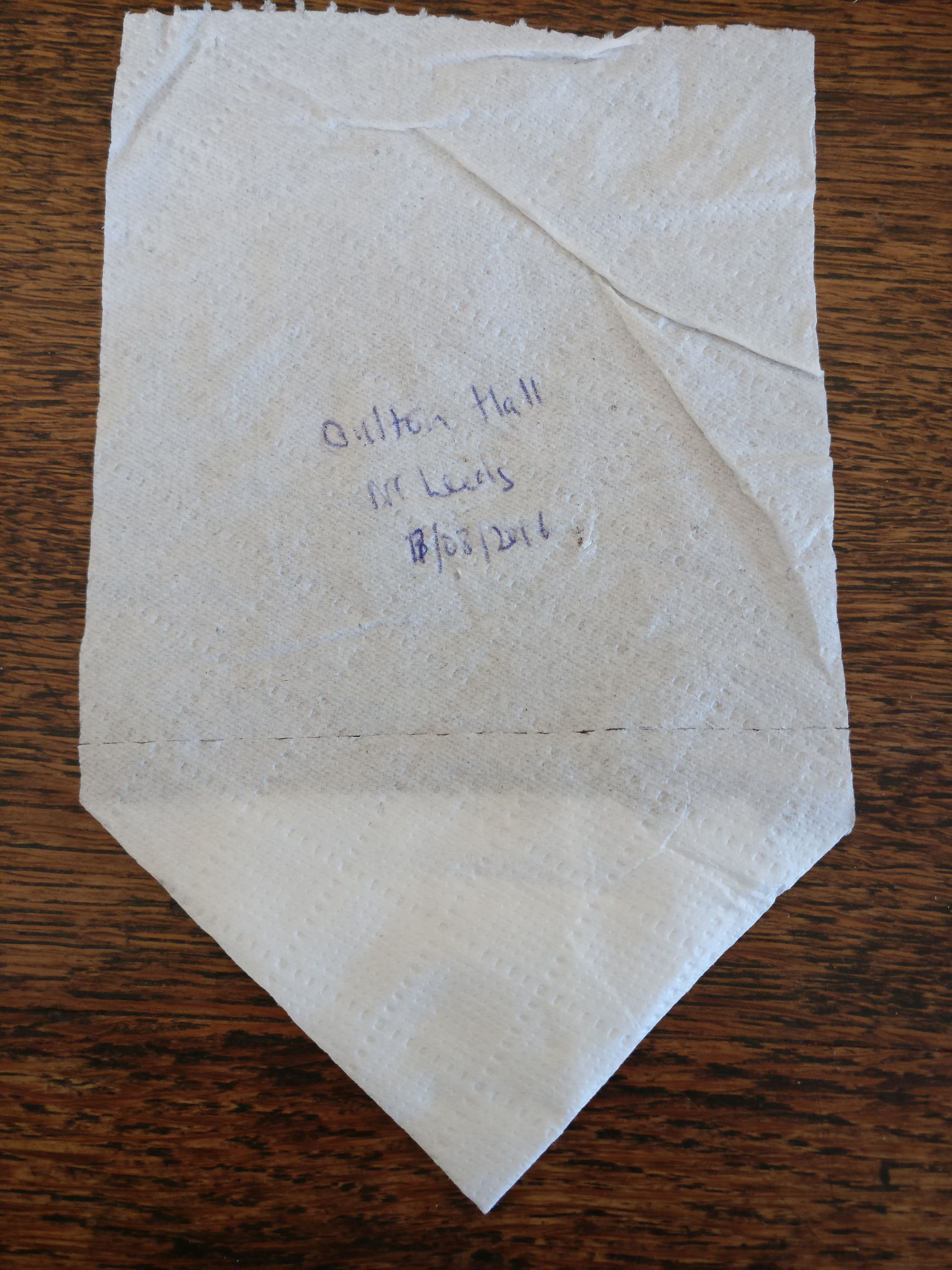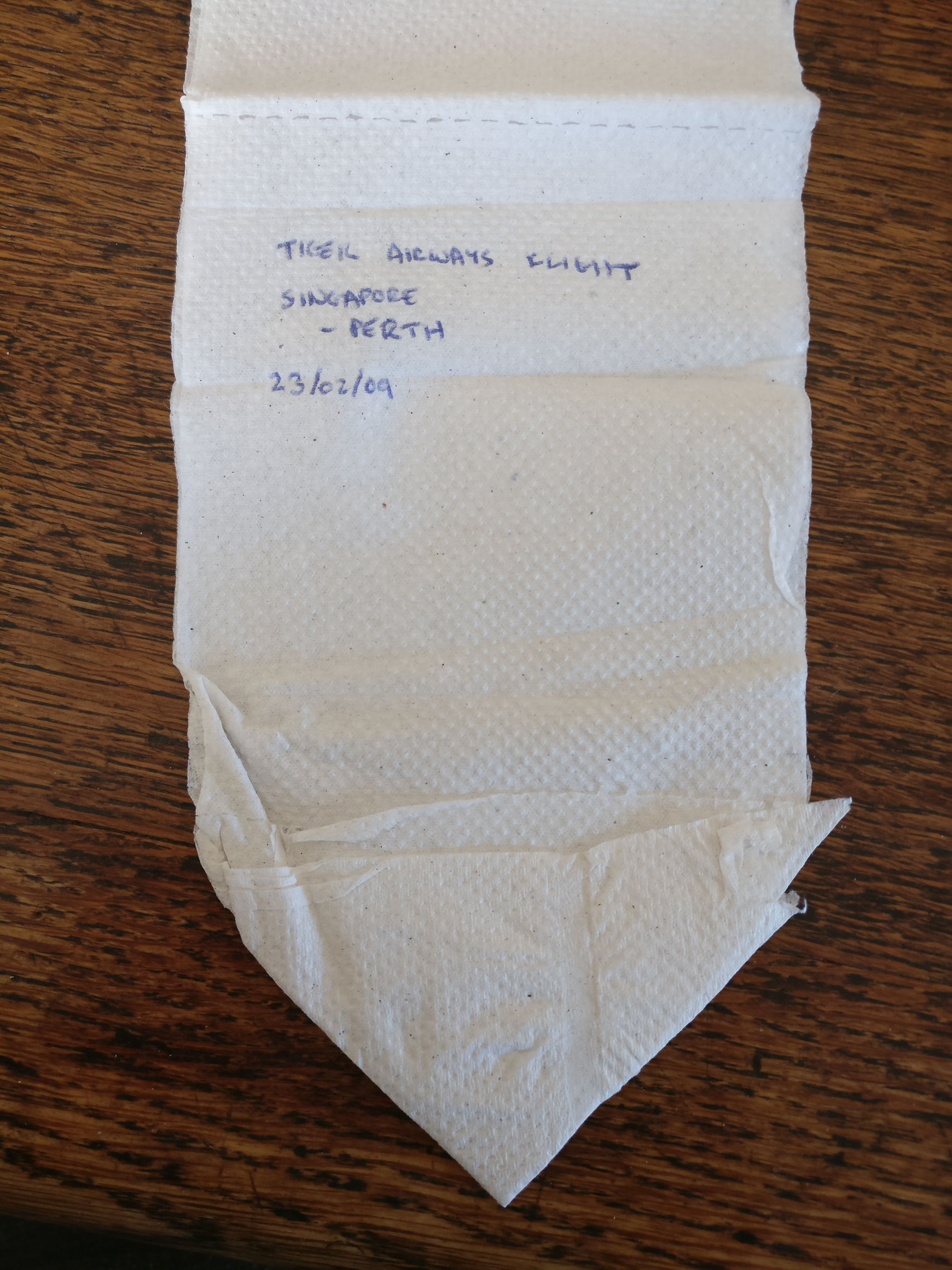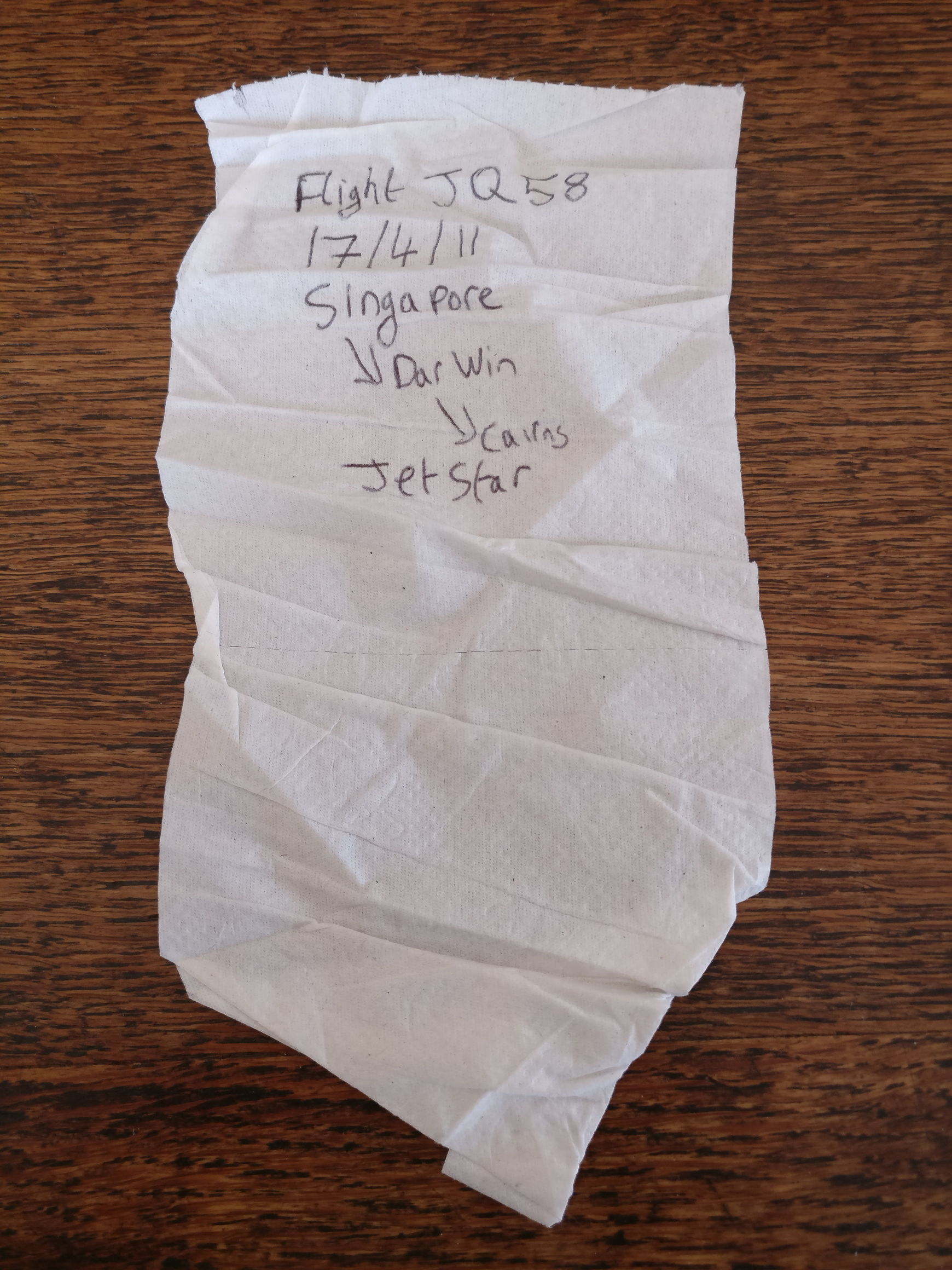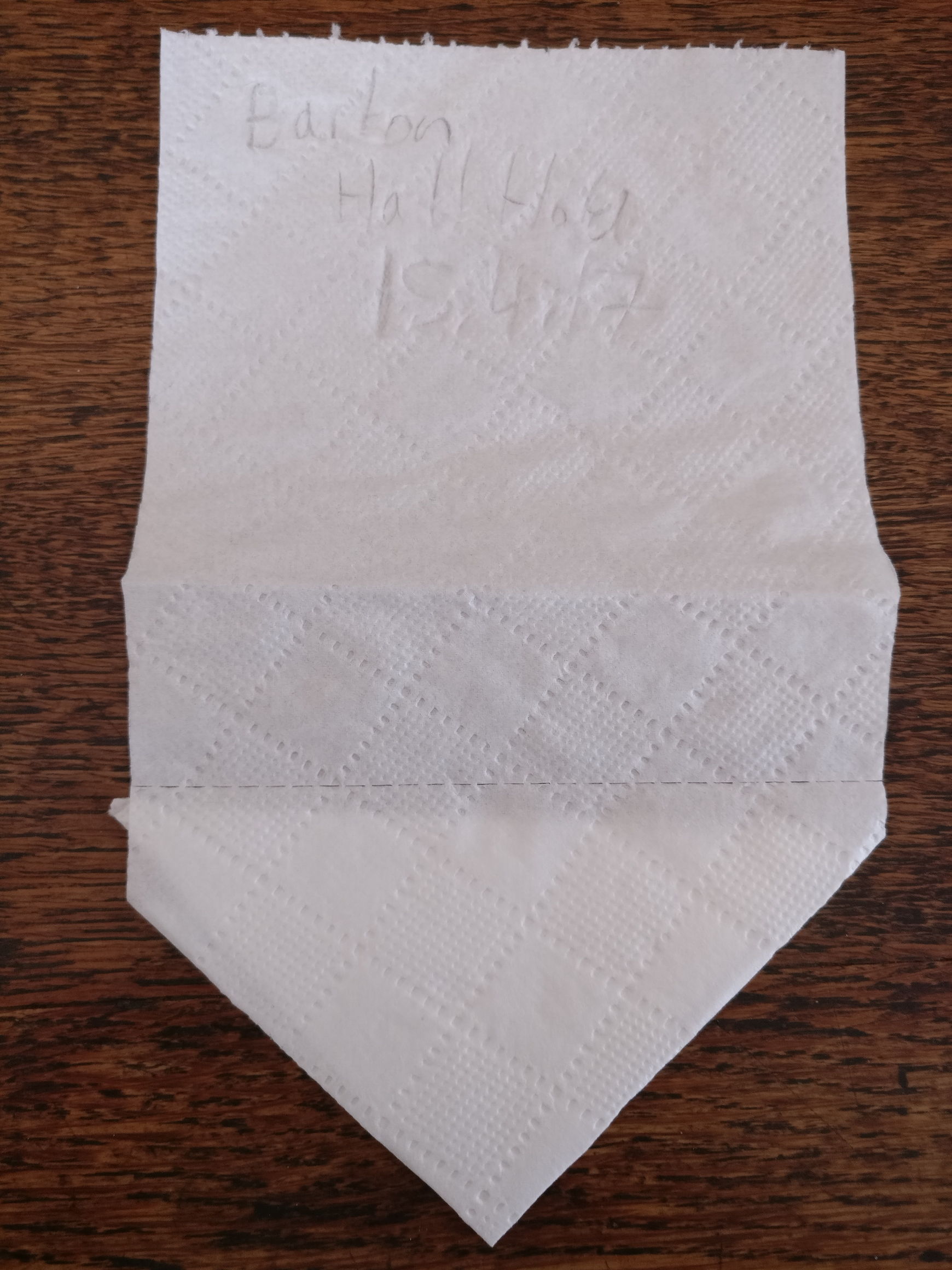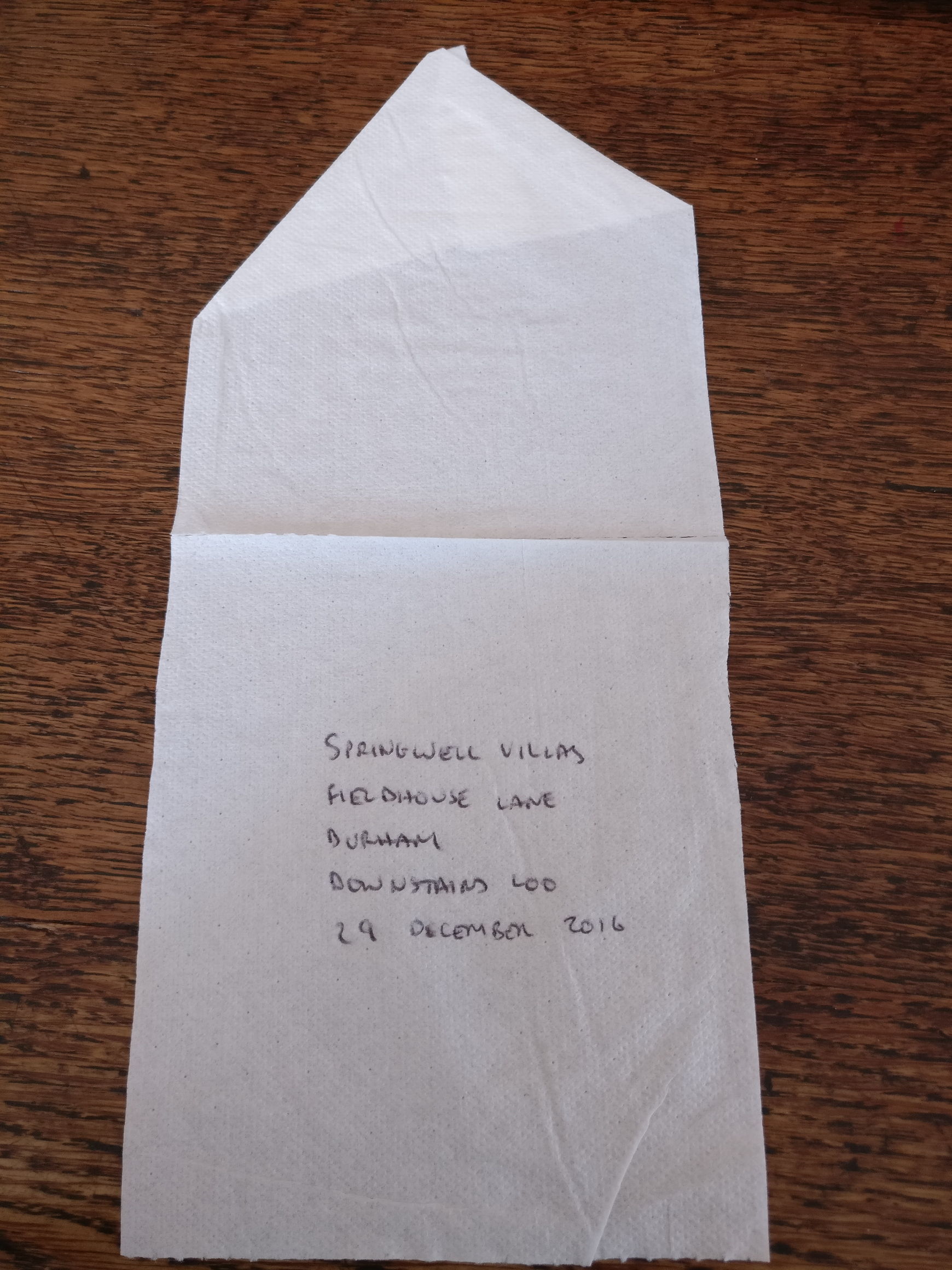This page is for a collection of folded loo roll. I found the article copied at the bottom of this page and pined it to my toilet wall, since then Cliff has been sending me folding loo roll from around the world.
I would like to build on my current collection so if you have any folded loo roll and would like it to be uploaded to this site please send me a photo of it.
Interview by Laura BarnettThe Guardian, Wednesday 26 September 2007 Article history
I was sitting on a hotel toilet one day when I noticed that the corners of the toilet roll had been carefully folded to make a neat, symmetrical point. I realised that it wasn’t the first time I had seen this. I’d found toilet paper meticulously folded in hotels and B&Bs the world over, as if to some international standard.
It was a depressing thought. All over the planet, there must be thousands of people – chambermaids and cleaners, I imagine – folding toilet paper for guests. But it also struck me as a remarkable detail: a finishing touch, like a sprig of herbs on a dish, or a cherry on top of a cake.
Over the next three years, I carefully ripped off and collected the folded papers I found in all the hotels I stayed in, from Spain to Canada, New York City to Japan, Britain to Romania. I’d place them between the pages of a book (taking care to preserve the folded edge), carry them back to my London studio and keep them in a box. Then I laid them out on a sheet of dark-grey card, and took photographs, using the same camera and light source each time. Each picture is almost exactly the same, but that very uniformity seems to emphasise the subtle differences between them.
I planned to record where each sheet of toilet roll was from, but a gust of wind put paid to that idea: the sheets in the box got mixed up, and I had no way of telling which was which. So I struck upon the title of Anonymous Origami.
The origins of some I can remember, however. The Tokyo, with its tiny pleats, really stands out. Only in Japan did I find such minute attention to detail. It made me smile to think of someone creating these precise folds, when, in a few hours, the sheet would be ripped off and flushed down the loo. The New York City, on the other hand, is very poor quality, asymmetrical on rough, thin paper. And the Romania is a great slab with a small, right-hand fold. It struck me that these differences must reflect the mood of the people who created them: whether they were in a rush, how they were feeling.
Some people might think the shots are ridiculous: why photograph bits of toilet roll? But for me, they’re thought-provoking. They reflect the way the service industry uses little indicators of attention to detail because we are incapable of paying that attention ourselves. In all aspects of culture today, from architecture to urban planning, we are rushing around and cutting corners. We say, “Oh, this will do,” instead of taking time over details. But the neatly made bed, the folded toilet paper – all these things symbolise attention and love.
Perhaps such finishing touches are also an attempt to suggest flawlessness or excellence, and so distract you from whatever failings the room may have. They create a moment of stillness.
I’ve done several other series featuring photographs of everyday objects – cigarette butts smeared with lipstick collected from the streets of St Petersburg, the backs of advertising billboards – but these toilet paper sheets are among the smallest objects I’ve photographed. I call them “people-less portraits”. For me, this type of series is not really about the objects themselves, but what they represent; in this case, the people associated with them.
I hope some people will find them interesting, even funny. Others may just see folded bits of toilet roll. But I look at them and see the people sat there in hotel rooms around the world, folding the thin paper into shapes, creating symbols of love, even if no love was actually there.

